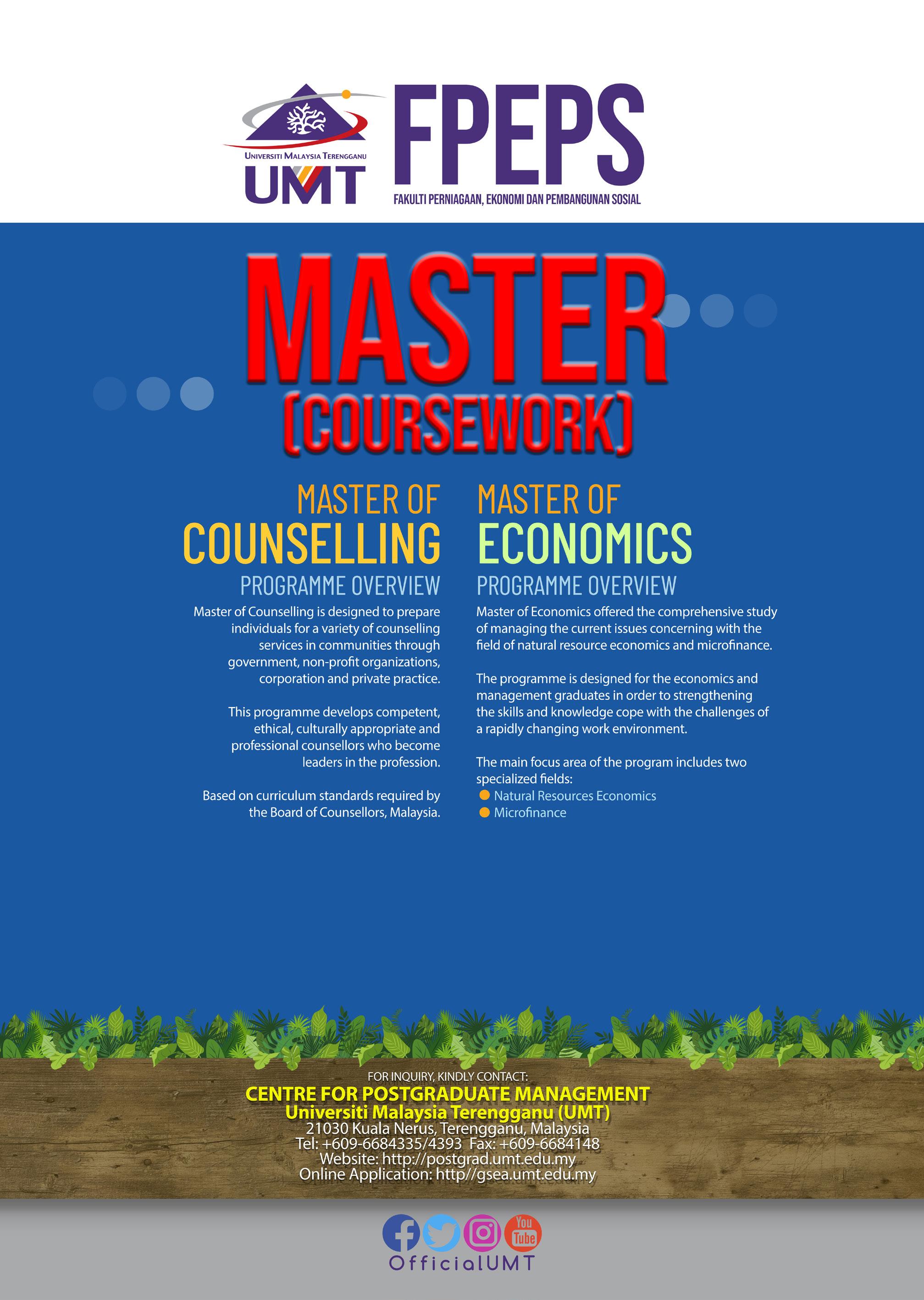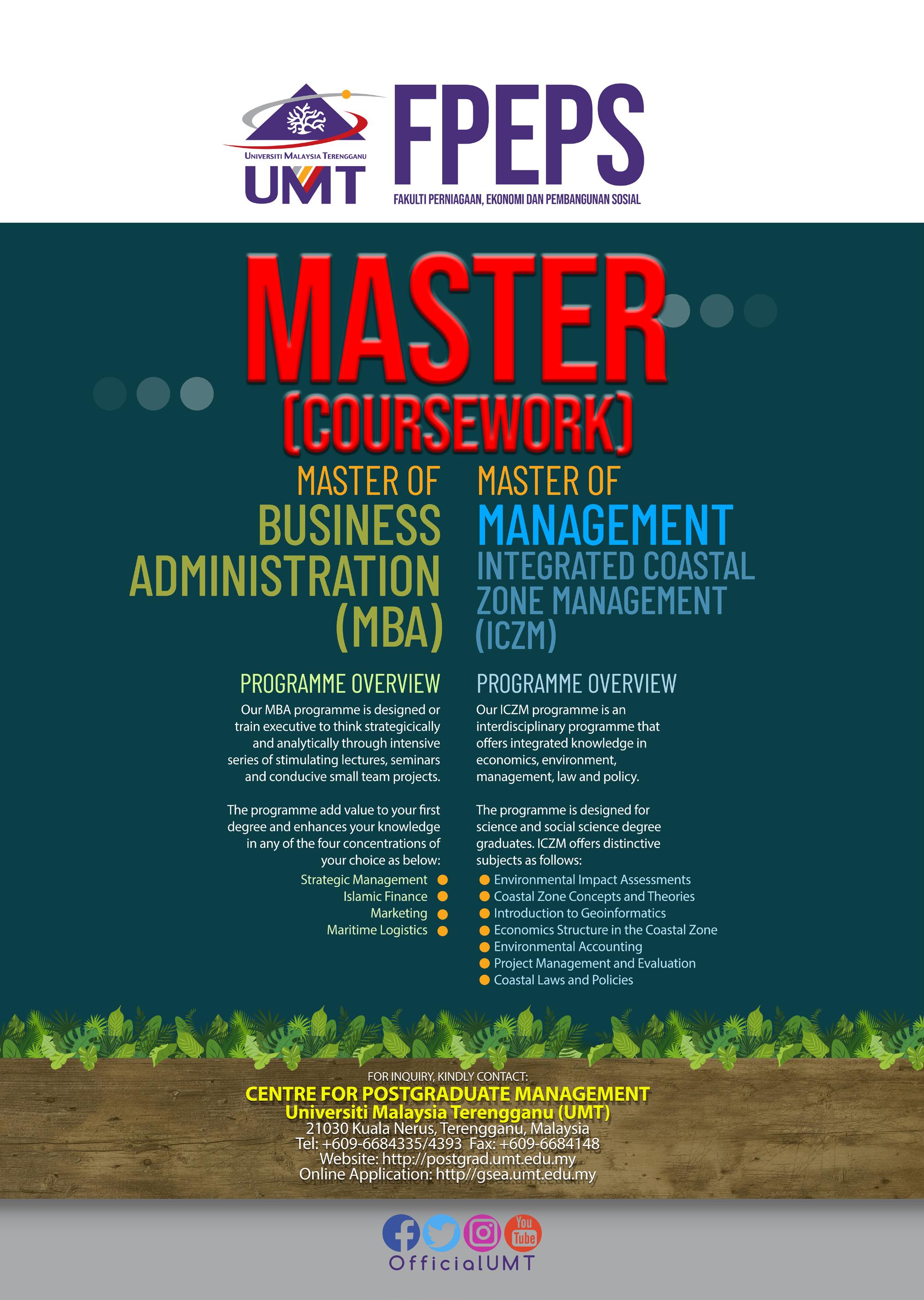
Scylla olivacea, commonly known as the orange mud crab, is a commercially important species of mangrove crab in the genus Scylla.


Scylla olivacea, commonly known as the orange mud crab, is a commercially important species of mangrove crab in the genus Scylla.

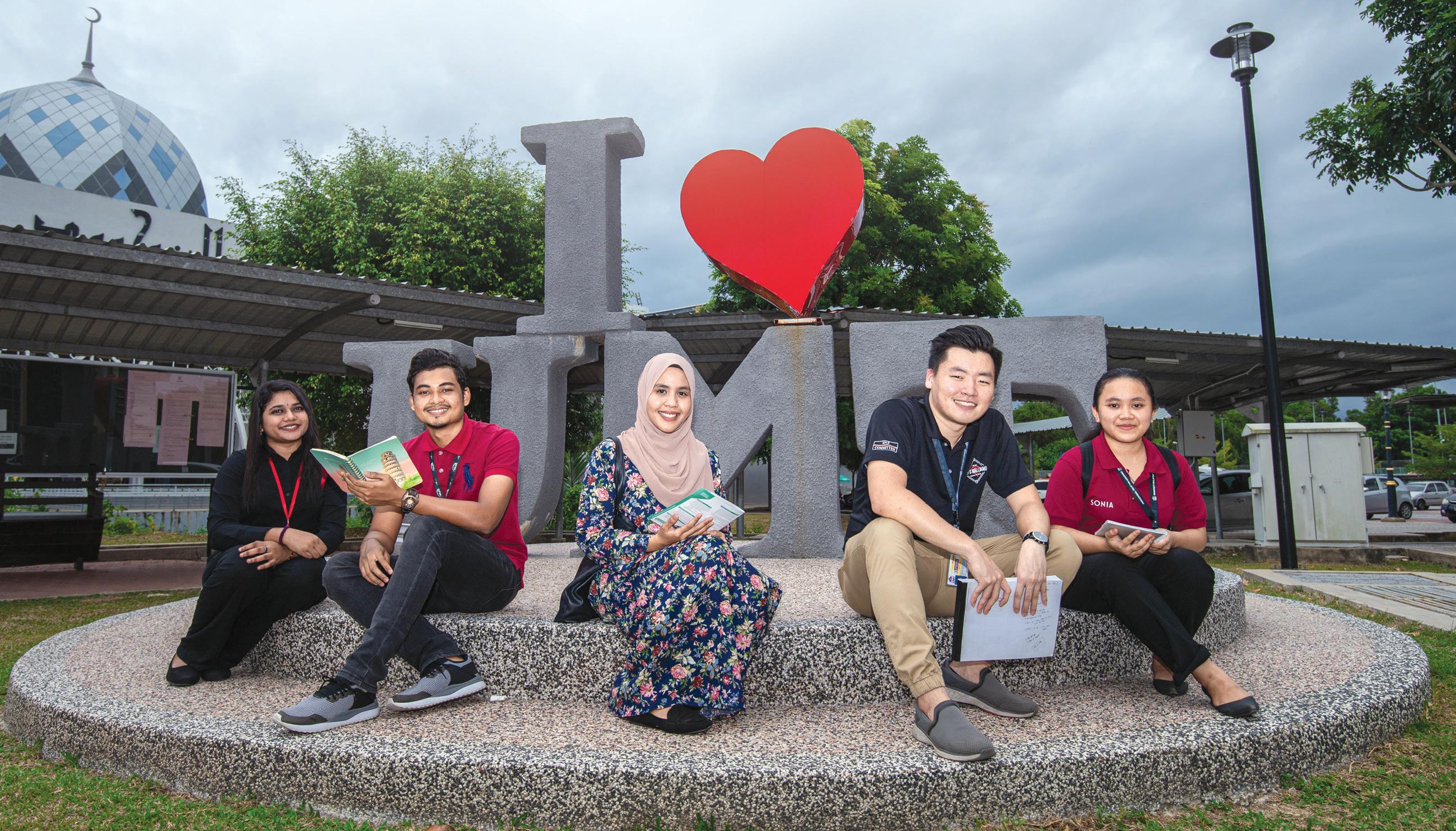
This programme is a pioneer academic programme in the field of nanophysics in Malaysia. Its offering is in line with Malaysian government’s latest aspiration to further enhance the field of nanotechnology in Malaysia and produce highly knowledgeable and skilled workforce.
The programme adopts the 3uli learning mode, which is three years at a university and a year in the industry. Students of this pro gramme will spend the first three years at UMT to learn about the theoretical aspects. They will then go to the industry during their final year for Work-based Learning (WBL).

Students will be able to explore knowledge not only in the basic fields of engineering and science but also in the fields of nano science and nanotechnology. After completing the programme, they may continue their studies at postgraduate level at local or international universities, or they may wish to enter the job market, either local or overseas.
This programme is designed to produce trained graduates to meet the country’s demand for a workforce that is highly skilled in the latest technology. The curriculum is in line with the Industrial Revolution 4.0 (IR4.0), incorporating various domains of knowledge in the fields of data science, statistics, machine learning, and mathematics.
The programme adopts the 2u2i learning mode, with students spending 2.5 years at UMT and a year in the industry. Being in the industry will enable students to learn about and be exposed to the actual practices of industry players regarding IR4.0.
Several of the programme’s courses are tailored to SAS modules to fulfill the requirements for SAS professional certification known as SAS Academic Specialization in Data Analytics, which is globally recognized.
Graduates of this programme will be able to analyze data in various disciplines and convert them into information that will be useful in decision making.
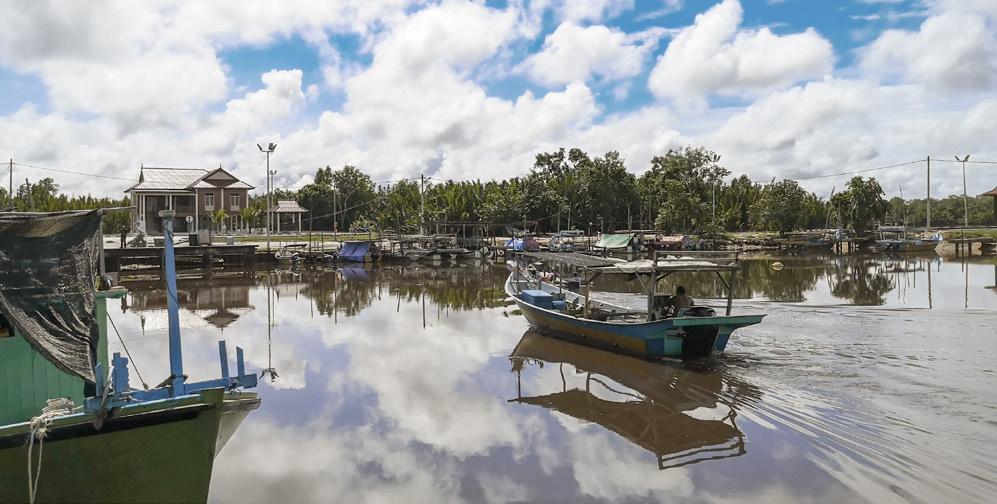

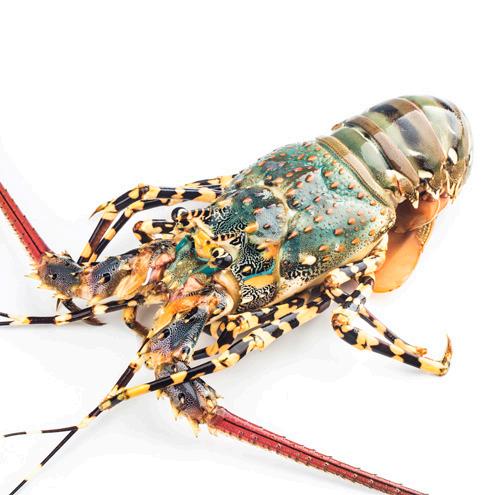



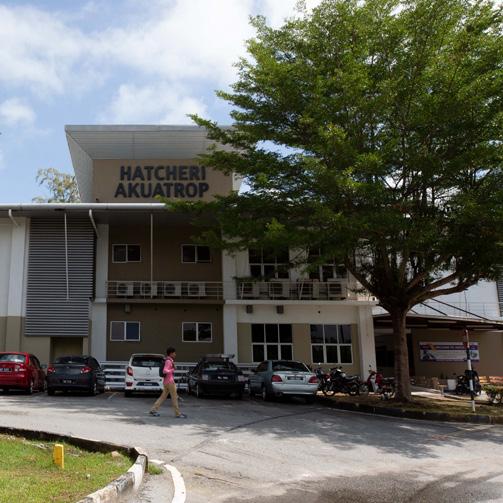


Alias@Abdul
Awang

Tengku Iskandar Zulfahmie Bin Tengku Mohamad Mohd Shukry Bin Tahar

Sharwan Bin Abdul Ghani
Hafiza Ellias
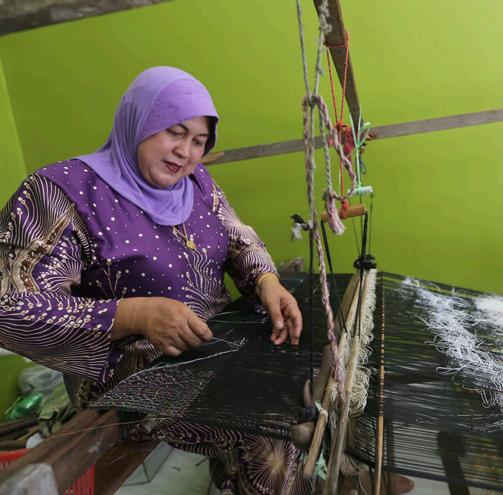
Profesor Dr. Mhd Ikhwanuddin Abdullah Profesor Dr. Abol Munafi Ambok Bolong Assoc. Prof. Ts. Dr. Nor Azman Kasan Profesor Ts. Dr. Lam Su Shiung Assoc. Prof. Dr. Meisam Tabatabaei Assoc. Prof. Dr. Liew Hon Jung Dr. Khor Wai Ho
Dr. Mohd Fazhan Mohd Hanafiah Dr. Sairatul Dahlianis Ishak Dr. Wan Adibah Wan Mahari Dr. Amin Safwan Adnan Dr. Aaqillah Amr Mohd Amran Rohisyamuddin Othman Suhairi Mazelan Nurul Hayati Ismail Syahnon Mohammad
Corporate Communications Office Universiti Malaysia Terengganu email: pro@umt.edu.my
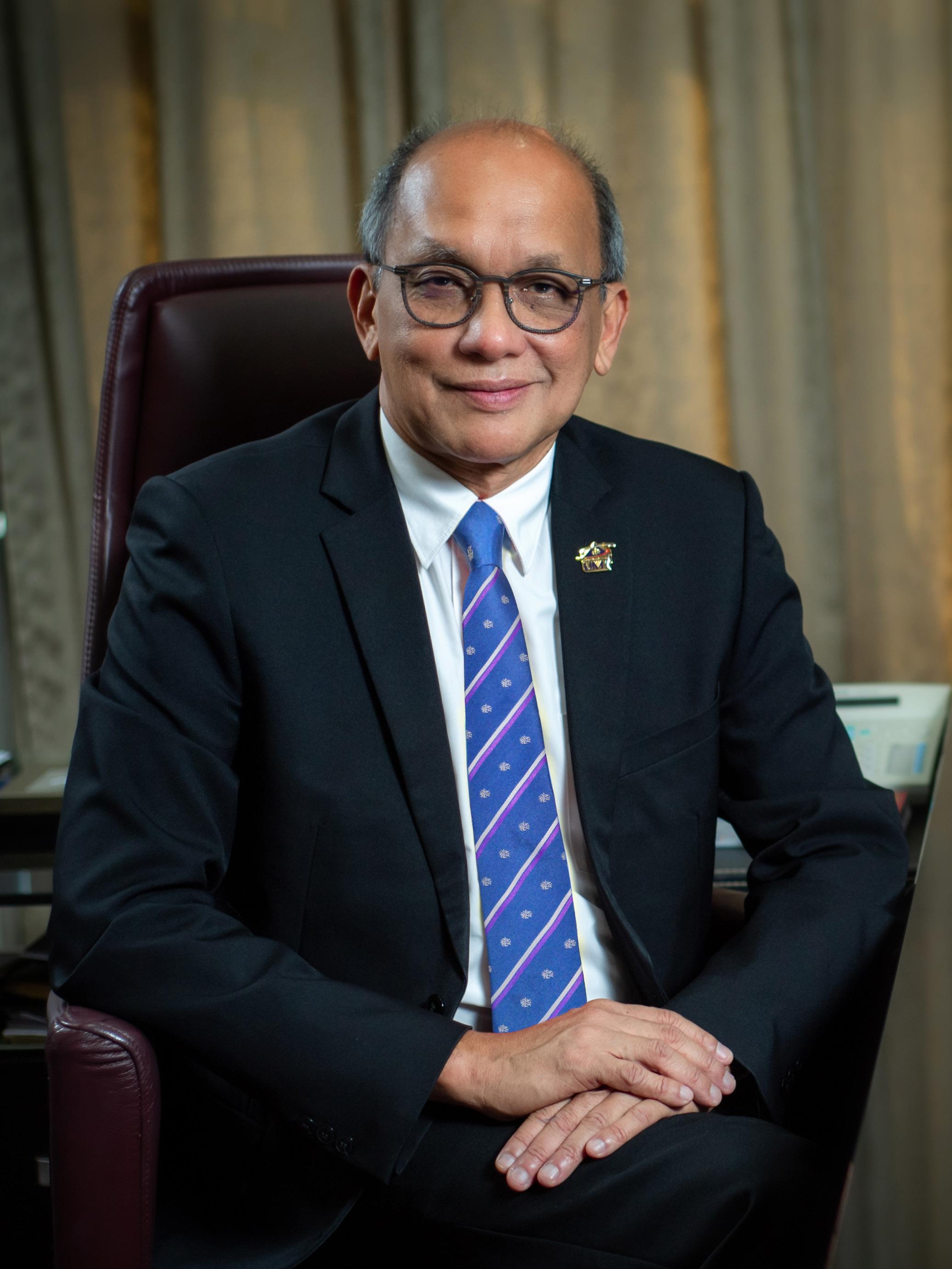
When I was given the trust in August last year to become the sixth Vice Chancellor of UMT, there were no words to express how honoured I felt. I thank Datuk Seri Dr. Noraini Ahmad, Higher Education Minister, for appointing me to the post.
With a full realization that the appointment is a big responsibility, I intend to do my best to take UMT to greater heights.
Speaking of my appointment, I consider myself fortunate. My predecessors had already laid out the proper path for UMT to achieve excellence. In its 20 years of existence, UMT has had plenty of successes, a manifestation of their strong leadership and relentless efforts in realising the university’s vision and mission.
When I took office last year, it was just a matter of me continuing the excellent tradition while improving some parts to be in tune with the current and future outlooks. I am confident my 30 years of experience as an academician will come in handy in the course of my tenure as UMT Vice Chancellor.
The year 2021 has left us within the blink of an eye, and 2022 has ushered in. Looking back to last year, I am delighted to say, despite the ongoing Covid-19 pandemic, UMT managed to achieve several significant and excellent feats with respect to its global standing.
In the QS World University Rankings 2022 released in August 2021, UMT sat at 1001 – 1200. It was the first time UMT was listed in the rankings.
Also, in the QS University Rankings Asia 2022 released November 2021, UMT sat at 167. It managed to further improve its position 28 spots from the last rankings, in which it occupied the 195th spot.
In the Times Higher Education (THE) World University Rankings 2022 overall, released November 2021, UMT was listed at 1201+, also marking its first time. UMT’s continuous efforts to improve its global recognition finally paid off.
In addition to being listed in the overall rankings, UMT also performed quite respectably in the specific rankings by various categories. In THE Emerging Economies University Rankings 2022, UMT sat at 501+ among universities from countries dubbed as emerging economies. UMT was ranked at 501-600 for Business and Economics subject, 601+ Social Science, 601800 Engineering, 801+ Life Science, and 801-1000 Physical Science.
UMT’s first-time participation in THE Impact Rankings produced encouraging results when it was listed at 401 – 600 out of the 1115 participating institutions from 94 countries.
As another remarkable achievement, five UMT researchers were included in the list of the top two percent of the mostcited scientists in the world. The list was published by Stanford University, which analysed more than the world’s 150,000 scientists in their fields. Congratulations to Professor Ts. Dr Lam Su Shiung, Associate Professor Dr Meisam Tabatabaei, Associate Professor Ts Dr Mohammad Ismail (energy), Professor Dr Mohd Lazim Abdullah (artificial intelligence and image processing), and Associate Professor Dr Amin Beiranvand Pour (geological and geomatics engineering).
Undoubtedly, 2021’s excellent feats were the fruit of well-crafted strategies, which have been documented in UMT Strategic Plan (2018 – 2022).
So, where is UMT headed in 2022? While it is satisfying to reflect on past achievements, the excellence must be continued and improved. For 2022, UMT will continue executing the strategies that have been outlined in the document, strategies that have brought UMT into a global limelight thus far. I am fully confident that they will help UMT achieve even better results than previously.
I shared with the UMT community in January about these strategies, which I believe will propel UMT towards greater excellence. These strategies are tied to seven thrusts all together, which are research and innovation, talents, teaching and learning, student development, knowledge transfer and industry networking, internationalisation, and financial sustainability. For each of these thrusts, several initiatives will be introduced to ensure the targets will be successfully achieved.
It has always been UMT’s goal to be the leader among universities under the Malaysia Focus University (MFUN) category. UMT not only strives to be excellent in its niche areas of marine science and aquatic resources, but it also aims to be a university that benefits the community, excels in terms of digital education, and becomes a point of reference at the national and international levels.


On the morning of 12 May 2020, two months into the start of the Covid-19 pandemic, the local television show Selamat Pagi Malaysia (Good Morning Malaysia) was airing. The guest on the show was a familiar face from UMT.
He was Professor Dr Mhd Ikhwanuddin Abdullah, director of UMT’s Institute of Tropical Aquaculture and Fisheries (AKUATROP) and a renowned expert in the field of aquaculture.
Professor Mhd Ikhwanuddin was on the show to make an important announcement. A team of researchers at AKUATROP would be conducting a nationwide online survey among the people in the fisheries industry, he told the hosts. These researchers wanted to determine how badly the Movement
Control Order (MCO), which the government had introduced to fight against the Covid-19 infection, had affected aquaculture and capture fishery activities.

The online survey was successfully conducted, providing the researchers with useful findings.
“The survey had to be carried out at the time because the MCO was expected to have a profound impact on activities in the fisheries industry as a whole, and these activities are important, as they assure food security for the country,” Professor Mhd Ikhwanuddin said. “Besides, no studies on the impact had been conducted yet ever since the government first enforced the MCO.”
The Malaysian fisheries sector, which includes aquaculture, capture fishery, and inland fishery, has been a big contributor to the Malaysian economy. It has produced 1.85 million metric tonne production, with the value estimated at RM 14.5 billion. A recent analysis showed that the Malaysian Gross Domestic Product (GDP) for agriculture was approximately 12.5%, with the trade value estimated at RM7.5 billion. It has also contributed more than 92.1% of Malaysian Self-Sufficient Level (SSL), involving close to 152,000 aquaculturists and fishermen in Malaysia.
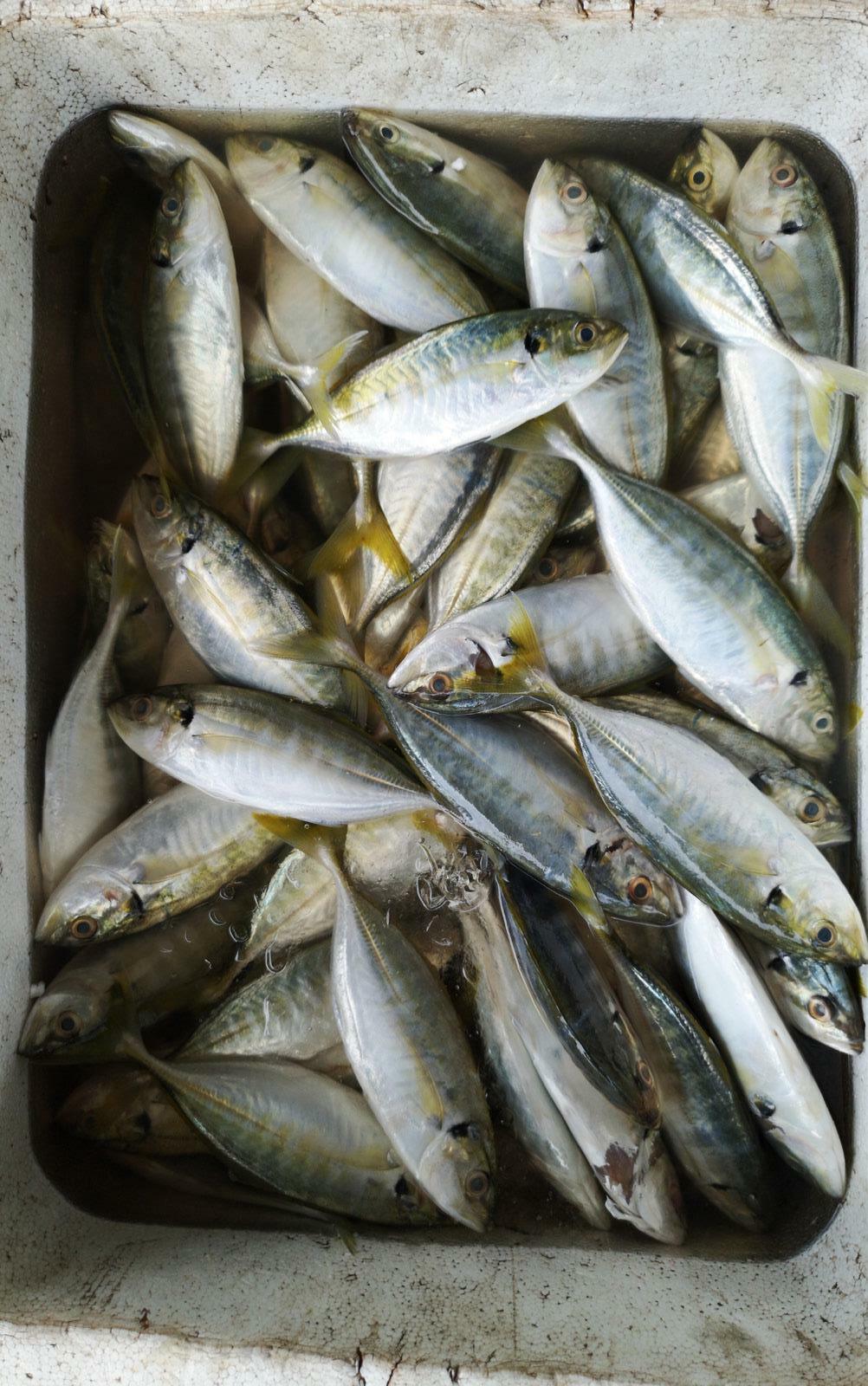
Covid-19 reached Malaysian shores in early March of 2020. After the initial outbreak in China in December 2019, the virus quickly spread to every locality before widening its coverage to other parts of the globe. Most countries took certain measures to contain the speedy rate of infection. The Malaysian government started enforcing the MCO on 18 March 2020. Unfortunately, many business sectors in the country were expected to suffer the consequences of this safety measure. The fisheries industry was no exception, as it has always depended heavily on international demands for its businesses.
University for Society (U4S) programmes were first introduced by the Department of Higher Education in 2019. When the Covid-19 pandemic forced the government to implement the MCO, U4S’s focus was mainly directed towards MCO-related issues. After UMT announced that it would receive proposals for the U4S programmes for the post-MCO for 2020-2021, a team of researchers at AKUATROP saw a golden opportunity. The team, led by Associate Professor Ts. Dr Nor Azman Kasan, submitted their proposal.
When the proposal was approved, AKUATROP allocated some of the funds it was awarded for being recognized as a Higher Institution Centre of Excellence (HICoE) to support the online survey project.
“In addition to determining the early impact of the MCO on the aquaculture sector, the study also aimed to identify the coping strategies implemented by the Malaysian government and other agencies to cushion those impacts, and the potential effectiveness of those strategies,” Dr. Nor Azman said. “We wished to suggest useful recommendations based on the findings.”
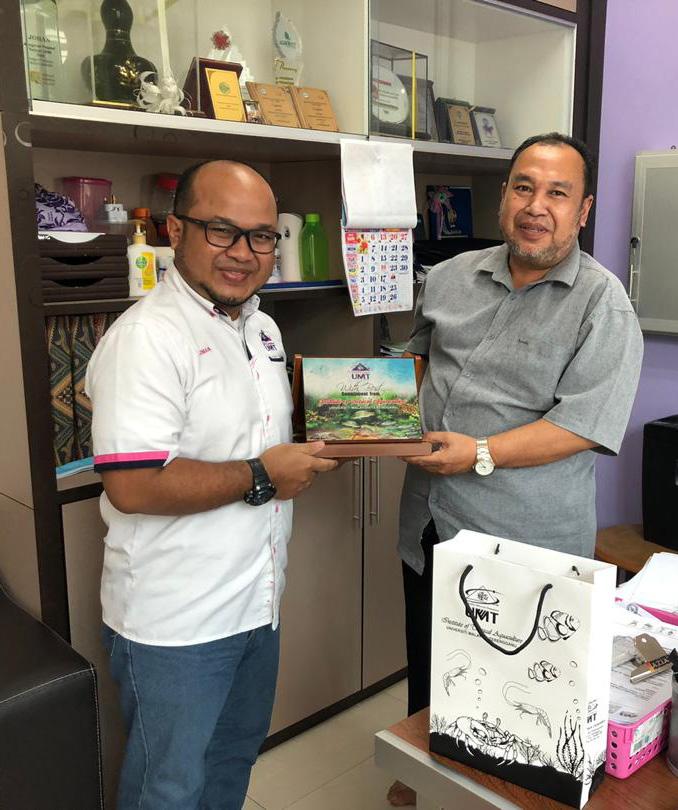 Associate Professor Ts. Dr Nor Azman presents a token of appreciation to Hj. Azmi, Manager of Area Fisherman Association, Hilir Perak, during a site survey.
The Malaysian fisheries sector has been a big contributor to the Malaysian economy.
Associate Professor Ts. Dr Nor Azman presents a token of appreciation to Hj. Azmi, Manager of Area Fisherman Association, Hilir Perak, during a site survey.
The Malaysian fisheries sector has been a big contributor to the Malaysian economy.
The preliminary stage of the survey involved discussions with a related agency. The team talked to several officers from the Fisheries Research Institute (FRI), a division with the Department of Fisheries, via an online platform. “We wanted to get the questionnaire items right,” Dr. Nor Azman said. “These items must be asking the right questions if the goal was to obtain relevant information.”
All of the questions were related to issues raised by aquaculture and capture fishery entrepreneurs in Malaysia, Dr Nor Azman said.
Besides these entrepreneurs, target respondents included farmers and fishermen from all thirteen states. To identify the respondents, the team used two sampling methods— Exponential Non-discriminative Snowball Sampling (ENSS) and Respondent Driven Sampling (RDS).
To enable respondents to conveniently take the survey during the MCO, the team created the questionnaire using Google Form. Also, the items in the questionnaire were written in both Malay and English. “We wanted to make it easy for respondents to understand the items in their preferred language,” Dr. Nor Azman said. “It was important that they knew what were asked of them.”
The team used various ways to let target respondents know about the online survey. Team members held face-to-face roadshows; shared the survey link on Facebook, WhatsApp, and AKUATROP’s online forum; and asked relevant associations and departments to disseminate the information. They even announced about the survey on television, when Professor Mhd Ikhwanuddin was invited as a guest on one of the shows. “I think many respondents knew about the survey from watching me on the show,” Professor Mhd Ikhwanuddin said.
The survey was successfully completed. The team were grateful to have received cooperation from several people who made sure the online survey could be deployed smoothly. “Members of the Area Fishermen Association and the State Fishermen Association, and staff of the Department of Fisheries Malaysia and Fisheries Development Authority of Malaysia had helped us a lot,” Dr Nor Azman said.
The poster announcing the live interview on television that was shared on the social media

The MCO had made a profound impact on activities related to aquaculture and capture fisheries.
Once the survey was over, the researchers analysed the data to measure how badly the MCO had affected the aquaculture industry a few months into the Covid-19 pandemic.
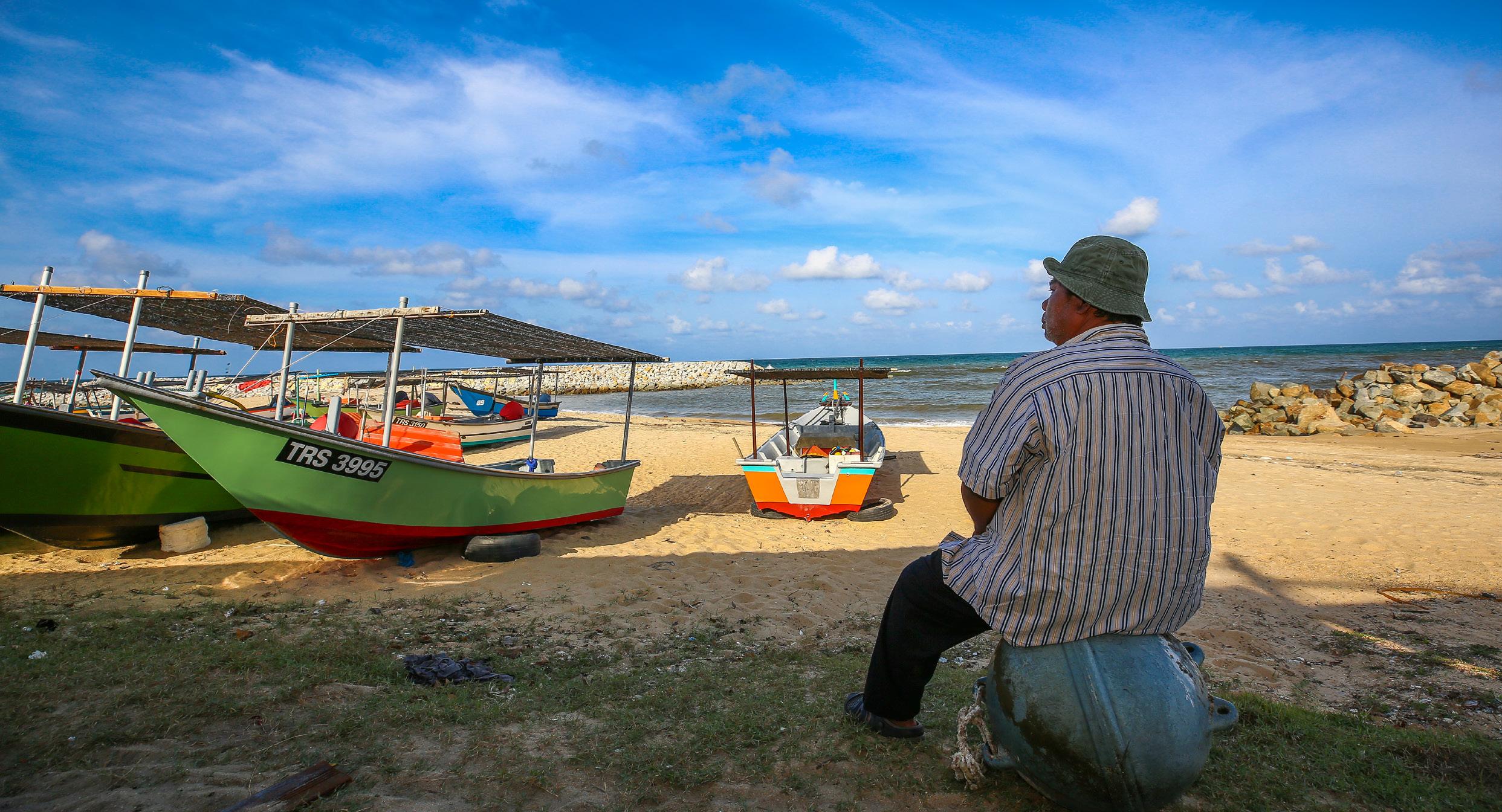
Most respondents agreed that the MCO had made a profound impact on the activities related to aquaculture and capture fishery. Aquaculture activities most affected were grow-out culture and nursery culture, especially the seed production, ornamental fish activities, and broodstock development.
The Covid-19 pandemic had altered their socio-economic norms, and they had been hoping for a quick recovery. Almost 90 percent of the respondents admitted that the MCO, introduced because of the pandemic, had significantly affected their economic activities.
Most respondents were also aware of the Standard Operating Procedure that the relevant agencies had to enforce during the MCO period for safety reasons.
The MCO had also affected the supply chain. Respondents said they had faced difficulty distributing their aquaculture products as well as importing required equipment and items to maintain their activities, as a result of restrictions on domestic and international travel.
To solve their sales problems, some respondents had been marketing and selling their seafood products on online markets using digital platforms.
The team proposed a suggestion on coping with events such as the Covid-19 in the future. They suggested that the local authority conduct programmes to increase the ability of those involved to proactively manage new risks caused by the Covid-19 or similar outbreak. They believed that this should be a top priority for aquaculture and capture fishery sectors in Malaysia. Investing in these kinds of programmes will enable new scientific knowledge to be elicited. To make the programmes more effective, national and international collaborations can be fostered between scientists from academic institutions and private aquaculture companies.
To share with others about the online survey, the team wrote an article, which has been published in Aquaculture Reports (WoS, Quartile 1), one of the popular, high-impact journals (https://www. sciencedirect.com/science/article/pii/S235251342030661X).
To date, the article has been highly cited. In addition, part of the findings has also been published as a chapter in a book by Elsevier, the world’s leading publisher of science and health information. Copies of the findings had also been forwarded to relevant agencies such as the Department of Fisheries.
The survey may have taken place more than 19 months ago, but it is still meaningful to the team until today. “We felt obliged to carry out the study since we are directly involved with aquaculture and fisheries,” Professor Mhd Ikhwanuddin said. “There was no sign that someone else was doing it then, so we were the first.”
Perhaps, the hosts of Selamat Pagi Malaysia should have invited Professor Mhd Ikhwanuddin to be a guest for a second time, so he could share the survey’s findings on television.
He has an H-index of 43, while most full professors on average have 24. He has more than 6500 citations to his articles in Google Scholar. He was named one of the 2020 Top Malaysian Research Scientists. And he is barely into his ninth year as an academician at UMT.
In such a short time that he has been with the university, Professor Ts. Dr. Lam Su Shiung has accomplished so much, quickly establishing himself as one of the most outstanding young researchers around.


“Professor Lam is one of a kind in this world, with a great passion for teaching and research,” said Professor Dr Mhd Ikhwanuddin Abdullah, director of the Institute of Tropical Aquaculture and Fisheries (AKUATROP), the institute Professor Lam is currently attached to.
Professor Lam’s academic background is mainly chemical and environmental engineering, with focuses on waste and biomass utilization, waste and wastewater treatment, and green technology. “I am dedicated to this field because of a strong influence from my father,” Professor Lam said. “He has always motivated me to preserve the environment by converting waste into value-added products.”
His marks of excellence were already noticeable when he was an undergraduate at UMT studying environmental technology. On his graduation day, he was awarded first-class honours, and for his academic achievement, he became the recipient of some prestigious awards, including Anugerah Pelajaran Diraja (Royal Education Award) and Pingat Tunku Abdul Rahman (Tunku Abdul Rahman Medal).
After obtaining a master’s degree in environmental engineering, also from UMT, Professor Lam was awarded the most prestigious scholarship in Malaysia, Biasiswa Yang di-Pertuan Agong (King’s Scholarship), to further his study at PhD level at Cambridge University, where he studied chemical engineering. In 2012, another sign of his brainy disposition was on display again, this time not on his home turf but in the United Kingdom. His PhD thesis was approved without correction after the viva, prompting the examiners to remark that his research work was of the highest academic standard. “It was truly an unforgettable moment,” Professor Lam recalled. “I owe it to my supervisor for making my PhD dream come true.”
Professor Lam wasted no time in establishing himself as a high achiever after joining UMT as a lecturer. Because of his excellent performance, as attested by his achievements and recognitions, UMT wasted no time as well in promoting him. So, he became a professor in 2020, eight years after the PhD, quite a rare accomplishment not just at UMT but even at its counterparts. “I am honoured to follow the footsteps of my PhD supervisor, Prof Howard Chase, who was promoted to professor at Cambridge University,” he said.
Today, Professor Lam is a core academician at AKUATROP. Besides holding the title of Professor, he also carries the title of Professional Technologist (Ts.), which is fully recognised by the Malaysia Board of Technologists. Also, he is currently the deputy director of the International Centre, which is under the Office of Deputy Vice Chancellor of Academics and International.
Professor Lam’s specialised area of research is waste recycling and biomass utilisation, particularly the application of pyrolysis and microwave heating in the transformation of waste into energy, green chemicals, and value-added products. He currently leads Pyrolysis Technology Research Group. “Pyrolysis is a promising thermal process that can be used to convert waste and biomass materials into value-added products,” Professor Lam explained.
He is at the forefront of the development and application of microwave pyrolysis technology. His works rank among the top in the subject of pyrolysis in a number of SCI-indexed publications and currently rank fourth in the world in the subject of microwave pyrolysis. In Malaysia, his works rank first in the subject of pyrolysis and second in the subject of microwave.
Professor Lam has been very successful at securing funds for his research projects. So far, he has obtained 30 research grants, both national and international, worth nearly RM 3.8 million. Some of his projects have also been carried out in partnerships with the industry.
One of his research goals is the commercialisation of the research results. To this end, his research team has filed a patent for a platform technology, Microwave Pyrolyzer. This technology is currently licensed to a Malaysian-based company, NV Western PLT, and four prototypes have been developed and sold to two local companies and Henan Agricultural University. These prototypes are currently used and tested by waste operators for energy conversion and waste-to-wealth applications. The sale of these prototypes gave UMT a commercialisation revenue of RM80,700 for starters.
Professor Lam and his research team members showing products created from Microwave Pyrolyzer

Professor Lam’s achievement in publications is also impressive. His phenomenally high H-index and thousands of citations to his articles in Google Scholars were the results of him having published over 270 articles, mostly in high-impact journals. One article of his has been published in Lancet (Impact Factor: 79.3), two in Nature (Impact Factor: 49.5), six in Science (Impact Factor: 47.7), one in Progress in Energy and Combustion Science (Impact Factor: 29.4), and ten in Renewable and Sustainable Energy Reviews (Impact Factor: 14.9). Fifteen of his articles are currently ranked Web of Science ESI’s Highly Cited Papers (Top 1%) and two ESI Hot Papers (Top 0.1%).
Professor Lam also extends his service to several journals. He is deputy editor-in-chief of Journal of Sustainability Science and Management (Scopus-indexed), editor of Environmental Pollution (Elsevier, IF: 8.071, Q1, JCR-indexed Top 10%), associate editor of Environmental Geochemistry and Health (IF: 4.609, Q1), Frontiers in Energy Research (IF: 4.008, Q2), Energy & Environment (IF: 2.945, Q3), Environmental Advances (Elsevier), editorial board member of Bioresource Technology (IF: 9.642, Q1), Chinese Chemical Letters (IF: 6.779, Q1), Materials Science for Energy Technologies (Scopus-indexed), Renewable and Sustainable Energy Transition (Elsevier), and Carbon Capture Science & Technology (Elsevier).
At the international scene, Professor Lam has also made a name for himself. He has been appointed as Chair Professor of Henan Province, Distinguished Professor of Nanjing Forestry University, and Visiting Professor of Henan Agricultural University, China; Associate Fellow of UK Higher Education Academy; and Visiting Research Fellow of Education, University of Hong Kong. He also has an affiliation with International Bioprocessing Association as a central council member.
He is a member of the grant panel of the Research Council of Norway; Poland’s National Science Centre; Kazakhstan’s Ministry of Education and Science; and Hungary’s National Research, Development, and Innovation Office. Professor Lam has served as executive chairman for an international conference and sat in various committees for 19 international conferences. He has spoken at eleven international conferences, either as plenary, keynote, or invited speaker.
Professor Lam receiving a letter of appointment as Visiting Professor of Henan Agricultural University, China
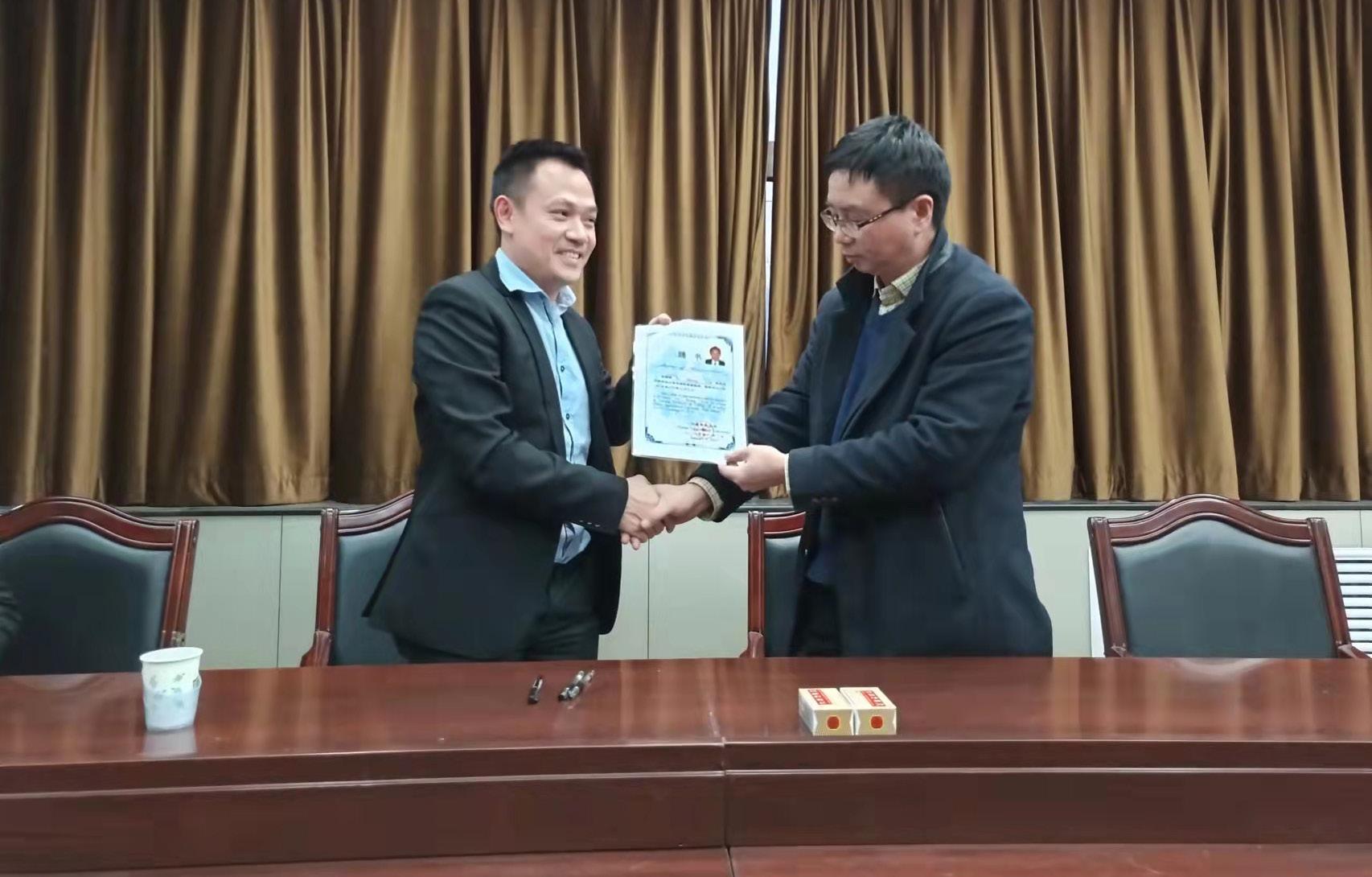
At the local scene, his achievements are as impressive. He is currently an auditor for Malaysia Research Assessment (MYRA). He has also been appointed by Malaysia’s Ministry of Higher Education as a member of an evaluation committee for national research grants, including the Fundamental Research Grant Scheme (FRGS) and Malaysian Research University (MRUN) Grant.
He is also an exco member of Malaysia Carbon Management Society (MyCarbon Society), acting as Deputy Director of Institution Linkage. He is also an exco member of Inter-University Industry Network Malaysia Biomass to Fuel & Biomaterial (IUINMB2FM).
He has been selected as a member of the Young Scientists Network by the Academy of Sciences Malaysia.
Professor Lam is also a certified environmental professional for hazardous waste management in Malaysia.
At an early age in his career, Professor Lam has already gained national attention. So, when he was named one of 2020 Top Malaysian Research Scientists, it was not much of a surprise. “I truly appreciate the recognition from the Academy of Sciences Malaysia, and I will continue to dedicate myself to advance the R&D in Malaysia,” he said.
Professor Lam has received several international and national awards and honours for his academic, research, and innovation excellence, either individually or as part of a research team. His research team has won a Grand Prize, 3 Special Awards, 21 Gold Awards, 11 Silver Awards, and 6 Bronze Awards in innovation conferences and research exhibitions.
The most prestigious awards ever won were the Special Award in Pecipta (International Conference and Exposition on Inventions by Institutions of Higher Learning), Malaysia’s most recognized and prestigious research exhibition, and Grand Prize in Korea SIIF (Korea Seoul International Invention Fair), a globally recognized research exhibition.
Individually, Professor Lam has received several honours, including Einstein Young Scholar and AT Kearney Outstanding Young Academic. He has also been named Best Oral Presenter and selected by the Academy of Sciences Malaysia as Malaysia Young Scientist to attend the Lindau Nobel Laureate meeting.
Professor Lam’s exceptional achievements at such a young age have left many of those in the know with a feeling of amazement. If he keeps progressing at the current rate, it will be interesting to imagine what his H-index will be several years down the road, or how many thousand more citations to his articles Google Scholar will report.
Now that he is already one of the top research scientists in Malaysia, it is only right that the next item on his bucket list is to be the top scientist in the world. That should not be too far from now.
Professor Lam and his students while participating at PECIPTA 2019. Their product went on to win Gold and Special Awards.
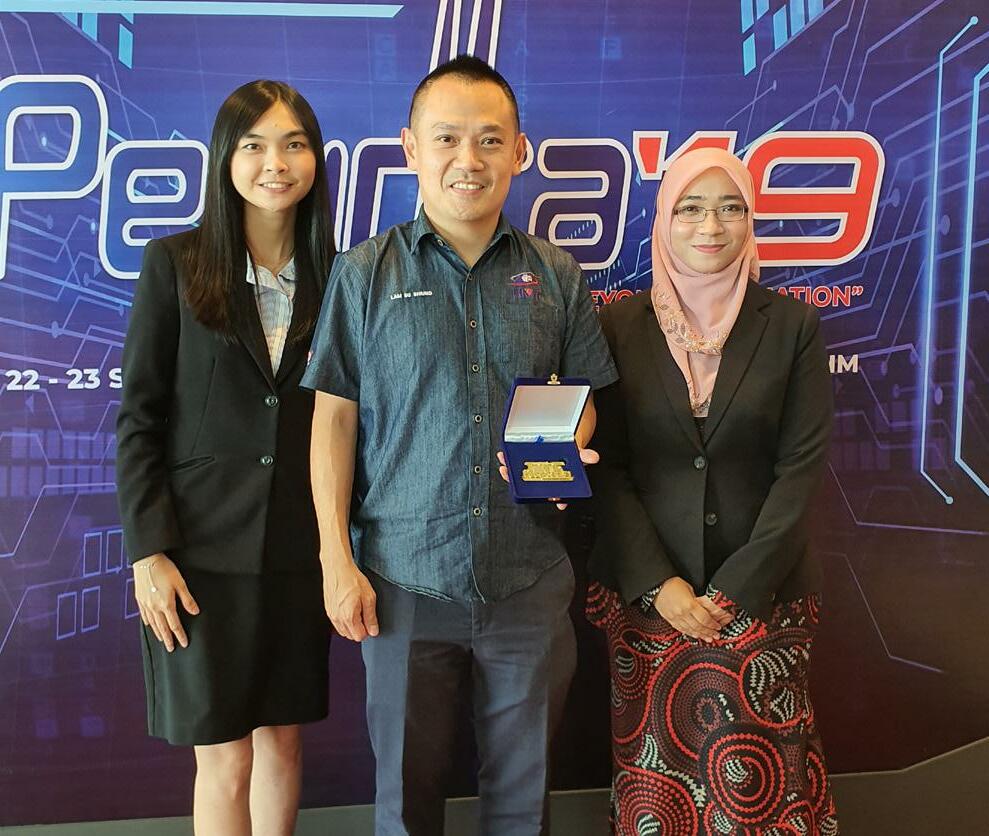
Professor Lam accepting Grand Prize Award at Korea Seoul International Invention Fair (Korea SIIF)

One of UMT’s research centres has become nationally recognised and islooking to achieve more
A research entity that helps improve the quantity and quality of the world’s future food—this is what one institute at UMT aims to be in the near future.
This is not merely wishful thinking, as there is enough evidence to suggest the institute will achieve the aim, maybe even sooner. For one, the institute was recently recognized by the Ministry of Higher Education (MOHE) as a Higher Institution Centre of Excellence, or HICoE, making the institute one of the few in the nation to be honoured with the sought-after title.
Since its establishment in 2004, the Institute of Tropical Aquaculture and Fisheries, or AKUATROP, has kept advancing until it is now able to position itself as one of the leading aquaculture institutes in the country.

“AKUATROP has come a long way indeed,” said Professor Dr Mhd Ikhwanuddin Abdullah, AKUATROP’s current director. “Now that we are a Higher Institution Centre of Excellence, or HICoE, the motivation is higher for us to intensify our research and expand our research collaborations and networking at the global level. Our quest is to become the referral point for shellfish research, not only at the national level but also international.”

AKUATROP’s history began when its establishment was given approval by the Ministry of Higher Education (MOHE) in June 2004, with the institute’s official opening taking place four months later in October.
“AKUATROP was set up at the time to help the aquaculture industry further increase the production of important fishes, shrimps, and other aquatic species,” Professor Mhd Ikhwanuddin said. “So far it has been able to do so by conducting relevant research and development projects.”
MOHE had a good reason to approve AKUATROP’s establishment when UMT first submitted the proposal. UMT has always been deeply invested in aquaculture, the farming—breeding, rearing, and harvesting—of finfish, shellfish, and aquatic plants in all types of water environments for food production purposes. “MOHE approved the setup of AKUATROP in recognition of UMT’s efforts in this aquaculture area,” Professor Mhd Ikhwanuddin said. In fact, that same year, MOHE acknowledged aquaculture as one of UMT’s niche areas.
When AKUATROP first began its operation, it had to occupy a small single-storey building, with inadequate infrastructure and less than inspiring backyard hatchery. It was eventually given its rightful place.
In 2011, AKUATROP moved into its own building complex after its construction was completed. It has 45 rooms, well-equipped research laboratories, administration rooms, tutorial rooms, and officers’ and lecturers’ rooms. It also contains several laboratories for specific research areas, including Food and Nutrition, Aquatic Animal Physiology, Aquaculture Engineering, Histology, Bacteriology, Virology, and Parasitology.
AKUATROP was given a temporary hatchery to accommodate the growing research needs while a new hatchery complex was being built. The two-storey hatchery complex was completed in November 2012. It has administrative and operations offices, a fish health and quarantine laboratory, a live feed laboratory, a preparation laboratory, aquarium and production facilities, stores, and a 500-tonne marine water reservoir. The complex is where scientists conduct research and development activities.
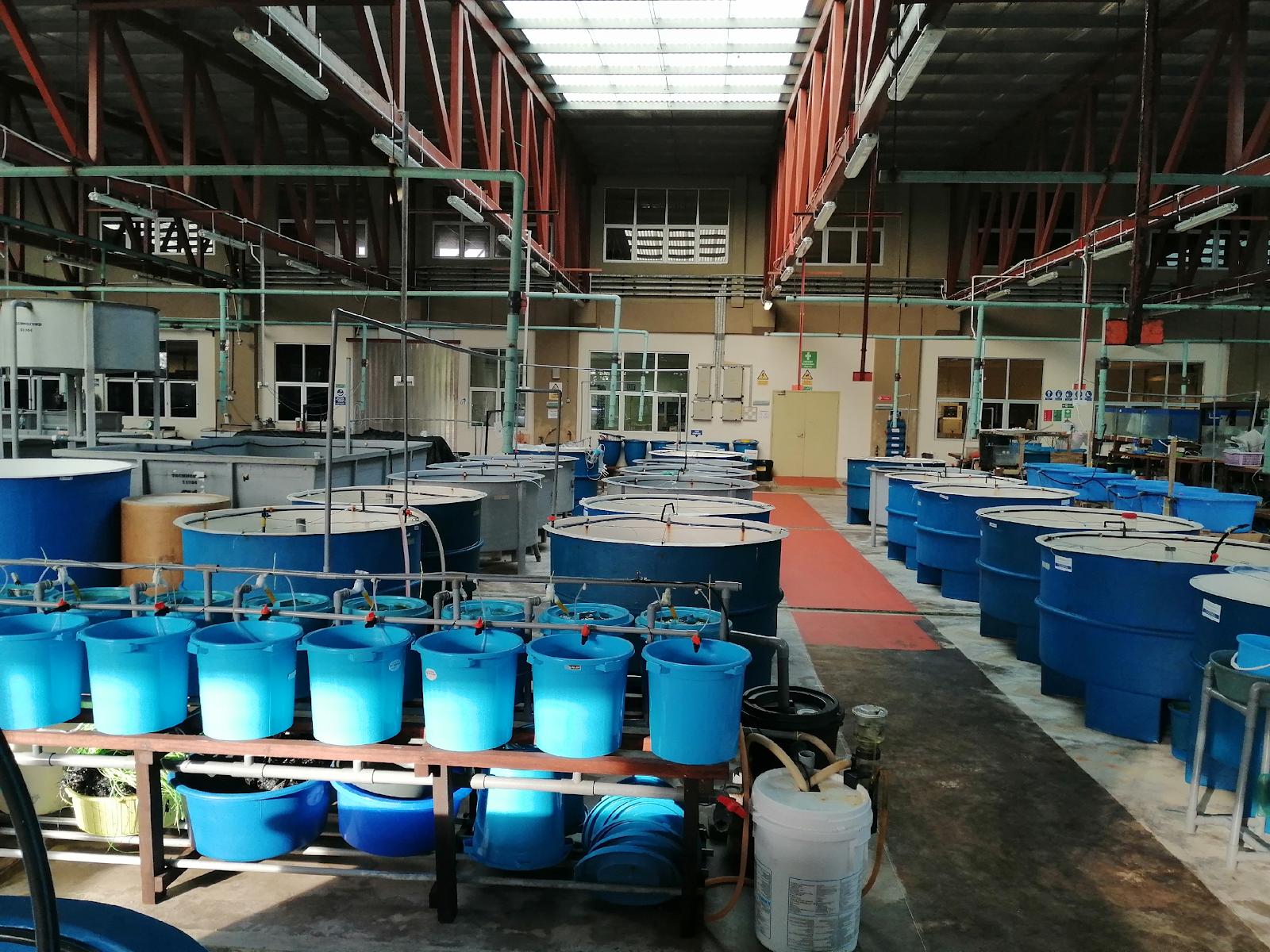 Breeding area inside the AKUATROP’s Hatchery Complex
Breeding area inside the AKUATROP’s Hatchery Complex
By 2018, AKUATROP’s interest in obtaining HICoE status had grown stronger. It had to do with the launch of 2017-2022 UMT’s Strategic Plan. “Part of the strategic plan is to strengthen research,” Professor Mhd Ikhwanuddin said. “This involves strengthening the research institutes until they are recognised as HICoE.”
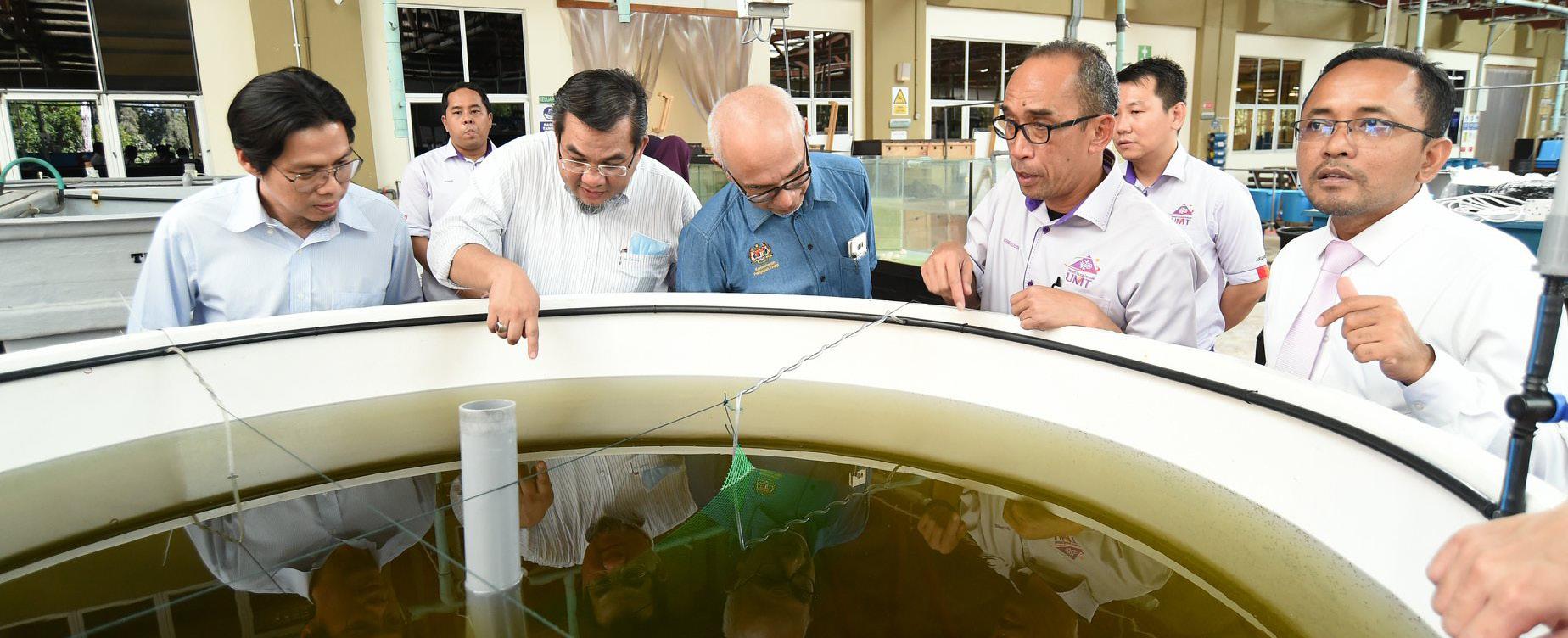
MOHE established the HICoE accreditation in 2007. The initiative was introduced in conjunction with the launch of the National Higher Education Strategic Plan (NHESP). MOHE is especially supportive of the third plan that calls for an improvement of the country’s research and development and innovation. To help achieve the third plan, MOHE decided to identify and acknowledge the achievement of centres of excellence in higher education institutions to encourage them to work towards becoming global leaders in their research niche areas. The objective is to motivate Malaysian institutions of higher learning to be more competitive in various areas including research, expertise, and service, whether at the regional or global level.
“When a centre or institute is recognised as HICoE, that means it is officially among the best in the nation,” Professor Mhd Ikhwanuddin said.
HICoEs will receive support from MOHE, including financial support, to drive research and development agenda, particularly in fundamental research, as well as contribute to human capital development.
A team of evaluators from MOHE visiting AKUATROP for preliminary HICOE evaluation
In response to UMT’s aspiration, AKUATROP began formulating strategies towards getting HICoE certification. Being recognised as a HICoE is every institution’s dream, but AKUATROP was fully aware that only those able to meet stringent requirements will be given the honour. Institutes are required to submit proof of their achievements and convince MOHE they have what it takes to be awarded the recognition. Thus began the process of collecting and documenting data on research grants, publications, graduated students, intellectual properties, innovations, and research collaborations.
“We were intent on submitting the application in 2020,” Professor Mhd Ikhwanuddin said. “So, we collected data within the last five years, from 2015 to 2019.” It took a whole year to collect all the required data and complete the application. “Everyone at the institute, especially the AKUATROP HICoE committee, gave their 100 percent,” Professor Mhd Ikhwanuddin said.
MOHE was impressed enough with the application that it sent a team to AKUATROP for preliminary evaluation. AKUATROP made it to the final stage in October 2020, where it presented its research proposal.
Although MOHE’s decision was made earlier, the good news only arrived a few months later, leaving everyone in an anticipative mood for a while. A letter dated 20 December 2020 from MOHE finally confirmed that AKUATROP was officially recognised as HICoE effective 3 November 2020. “It was worth the wait,” Professor Mhd Ikhwanuddin said. According to Professor Mhd Ikhwanuddin, the main factors that led to AKUATROP being recognised as HICoE were the sufficient number of experts, excellent infrastructure, and top-notch research facilities.
With the HICoE accolade in the bag, AKUATROP then set the plans for moving forward. “Being a HICoE was not the ultimate goal,” Professor Mhd Ikhwanuddin said. “It’s one of the milestones that tells us how much there is left for us to do to achieve it.” That ultimate goal according to Professor Mhd Ikhwanuddin is to become the research entity that helps improve the quantity and quality of the world’s future food.
In line with the goal, AKUATROP’s current research niche is focused on Future Food. The institute carries out research projects under the theme Sustainable Shellfish Aquaculture. “AKUATROP is poised to become the creator of knowledge in the field of aquaculture and fisheries through its fundamental research undertakings,” Professor Mhd Ikhwanuddin said.
To further intensify its research on shellfish, AKUATROP has begun utilising the RM6.75 million fund it was awarded for being a HICoE. Shellfish research is in line with the action plan and goal of phase one of HICoE programme covering the first three years beginning 1 January 2021 until 31 December 2023. Research is categorised under four programmes, Shellfish Resource Sustainability; Shellfish Breeding Technology; Shellfish Green Technology; and Shellfish Health and Food Quality Assurance. AKUATROP has gathered established researchers from the different faculties at UMT to be involved in the research projects. The group is led by Professor Dr Mhd Ikhwanuddin himself.
For phase one, AKUATROP is targeting to achieve eight key performance indicators that it has established in connection with the objectives stipulated in UMT’s strategic plan and HICoE’s evaluation instrument. To achieve these indicators, AKUATROP will need to increase the number of research grants from the industries and international agencies, increase the number of publications of high-impact journals, increase the number of GOT
(graduated on time) students, increase the number of research products and innovations, generate income through courses, training, and professional services related to the research niche, and obtain accreditation for its research facilities.

AKUATROP is also looking ahead to the future by targeting seven main outcomes after five years of its functioning as a HICoE. These outcomes, based on the quintuple helix model, focus on the returns to academia, industries, and the government. Among the outcomes are the establishment of research laboratories through collaboration with international agencies and the establishment of a national research development centre, such as crab hatchery and brood-stock multiplication centre (BMC) through collaboration with government agencies. In addition, a journal will also be published relating to shellfish planetary sustainability.
AKUATROP hopes that all the initiatives it is taking will help support the National Food Security Policy, which was introduced under Malaysia’s Shared Prosperity Vision 2030, launched in May 2020.
AKUATROP’s progression from the time it was first established until today has been nothing short of remarkable.
Judging by how things are moving now, it is safe to say that AKUATROP’s ultimate goal of one day becoming the research entity that helps improve the quantity and quality of the world’s future food will soon become a reality.
“The institute has taken the right path towards achieving that goal,” Professor Mhd Ikhwan said. “Getting the HICoE recognition is the proof.”
AKUATROP staff are well-trained and competent to conduct research in aquaculture, and they are helping the institute to achieve its aim of being globally recognized.
Highly respected professor has made indelible marks on UMT during his tenure
In 1996, a young, largely unknown lecturer started his career at UMT. In time, he began to make a name for himself in the field of fisheries.

Today, he has become a renowned expert in fish breeding, and has given lectures, supervised students, conducted research, written journal articles, reviewed other academicians’ papers, served as a consultant, and carried out his social responsibilities. Along the way, he has also had the opportunity to showcase his leadership, whether as coordinator, deputy director, or dean, as well put his other talents on display.
Throughout his twenty over years with UMT, Professor Dr Abol Munafi Ambok Bolong has fulfilled all the expectations that come with being a university academician. If there is someone who deserves to be a role model for other academicians early in their profession to emulate, Professor Abol Munafi is definitely that someone.
“Professor Abol Munafi has made a lot of contributions, not just at UMT but beyond,” said Professor Dr Mhd Ikhwanuddin Abdullah, director of AKUATROP, the institute Professor Abol Munafi is currently attached to. “He has shared his expertise in the field of breeding technology for the development of the aquaculture industry in Malaysia.”
Professor Abol Munafi’s interest in fisheries had developed during his early years. “Part of my family’s income came from river fishing activities,” he said.
That explained his decision to study fisheries at Universiti Pertanian Malaysia (now known as Universiti Putra Malaysia) for his first degree. He graduated in 1987. “My uncle, who had taken care of me since I was small, paid my tuition fees with money he earned from selling river catches, mainly giant freshwater prawns,” Professor Abol Munafi said.
After obtaining his first degree, Professor Abol Munafi wanted to learn more about fish farming. So he subsequently secured the Monbusho Scholarship and enrolled in a postgraduate programme at Kochi University, Japan. He successfully graduated in 1990 with a Master of Science in Aquaculture.
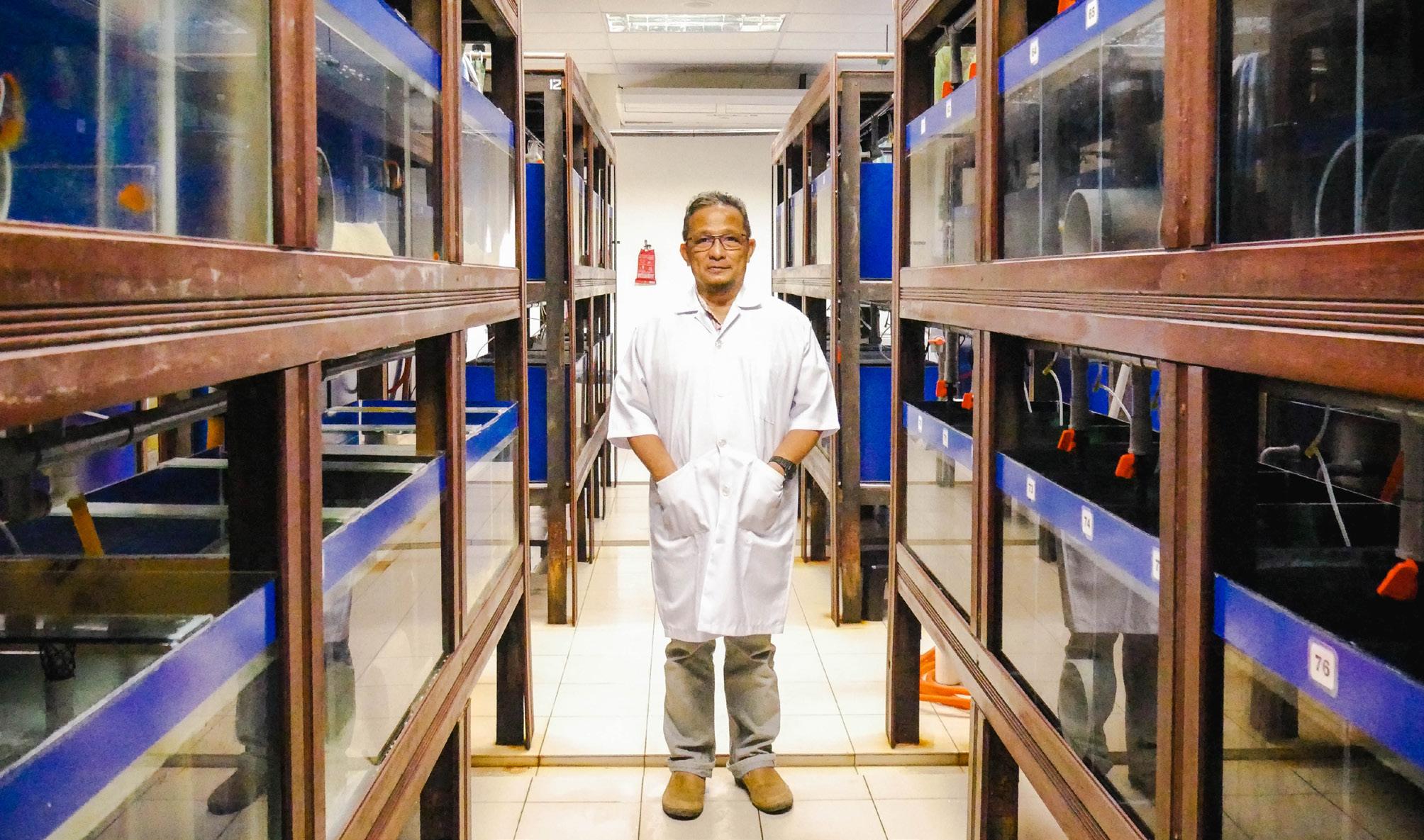
Further interest in mariculture, or marine farming, took Professor Abol Munafi to the United Graduate School of Ehime University, Matsuyama, Japan. There, he studied the specialized branch of aquaculture for his PhD programme and graduated in 1994.
Right after his graduation, Professor Abol Munafi returned home and began his academic career at Universiti Pertanian Malaysia Serdang (UPM). In 1996, he was transferred to the Terengganu branch of UPM’s Department of Fisheries. As part of his workload, Professor Abol Munafi taught several courses including fish reproduction techniques, ornamental fish culture, and live feed culture to both undergraduate and postgraduate students.
Professor Abol Munafi was promoted to Associate Professor in 2005. Then, for his excellent achievements throughout the years, he was awarded a Professorship in 2015. “I am grateful that my contributions and achievements were acknowledged by the university,” he said.
If Professor Abol Munafi were to list down all his accomplishments in his resume now, it would run several pages long.
Today, Professor Abol Munafi has become a renowned expert in fish breeding.
In terms of research, publications, and student supervision, Professor Abol Munafi has been very successful.
He has been awarded many national research grants, altogether amounting to almost RM3 million, which he has utilized for his projects on improving fish and shellfish aquaculture involving mud crabs, blue swimming crabs, Penaeid shrimps, arowanas, Malaysian mahseers, and pangasius fish. Some of these grants were the Department of Fisheries Grant, Fundamental Research Grant Scheme, Techno-Fund Grant, e-Science Fund, and Longterm Research Grant.
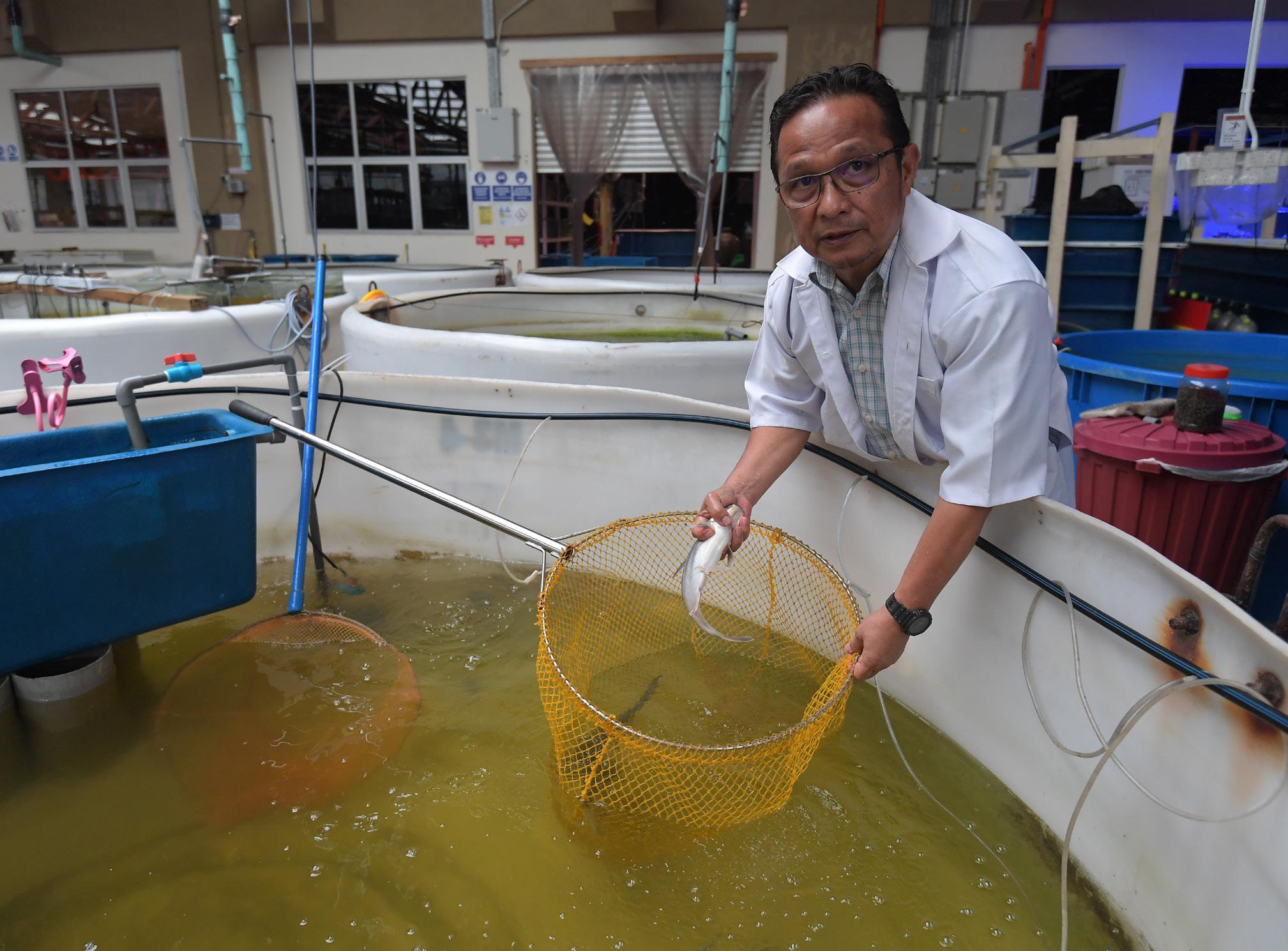
For his excellent achievements in research, Professor Abol Munafi has won several awards, such as the UMT Vice Chancellor Award (Research), and Outstanding Scientist Award (Research) from the Ministry of Higher Education.
He has had more than 200 publications under his name, in the forms of papers in refereed journals, refereed proceedings,
conference abstracts, books, technical papers and consultancy reports in academic publications. His capability in conducting quality research at par with international standards is further supported by publications of his more than 100 journal articles in international peer-reviewed journals, mostly SCOPUS-indexed and Thomson-ISI-indexed, and with high impact factor. These journals include Aquaculture, Fish Physiology and Biochemistry; Aquaculture International; and Aquaculture Research, to name a few.
His works have also been cited many times and used to further other research. “It feels great to have your works recognized at the international level,” Professor Abol Munafi said.
He has supervised more than 200 students, including undergraduate, Master’s, and PhD, some of whom came from Pakistan, Thailand, Indonesia, Vietnam, Libya, Sudan, and Bangladesh.
Professor Abol Munafi is highly committed in conducting research on breeding technology.
Professor Abol Munafi will certainly be remembered for his important contributions at UMT.
While still new on the job, Professor Abol Munafi was already tasked with a big responsibility. In between teaching, he spent his time developing the curriculum for the then newly introduced programme, the Bachelor of Agrotechnology (Aquaculture).
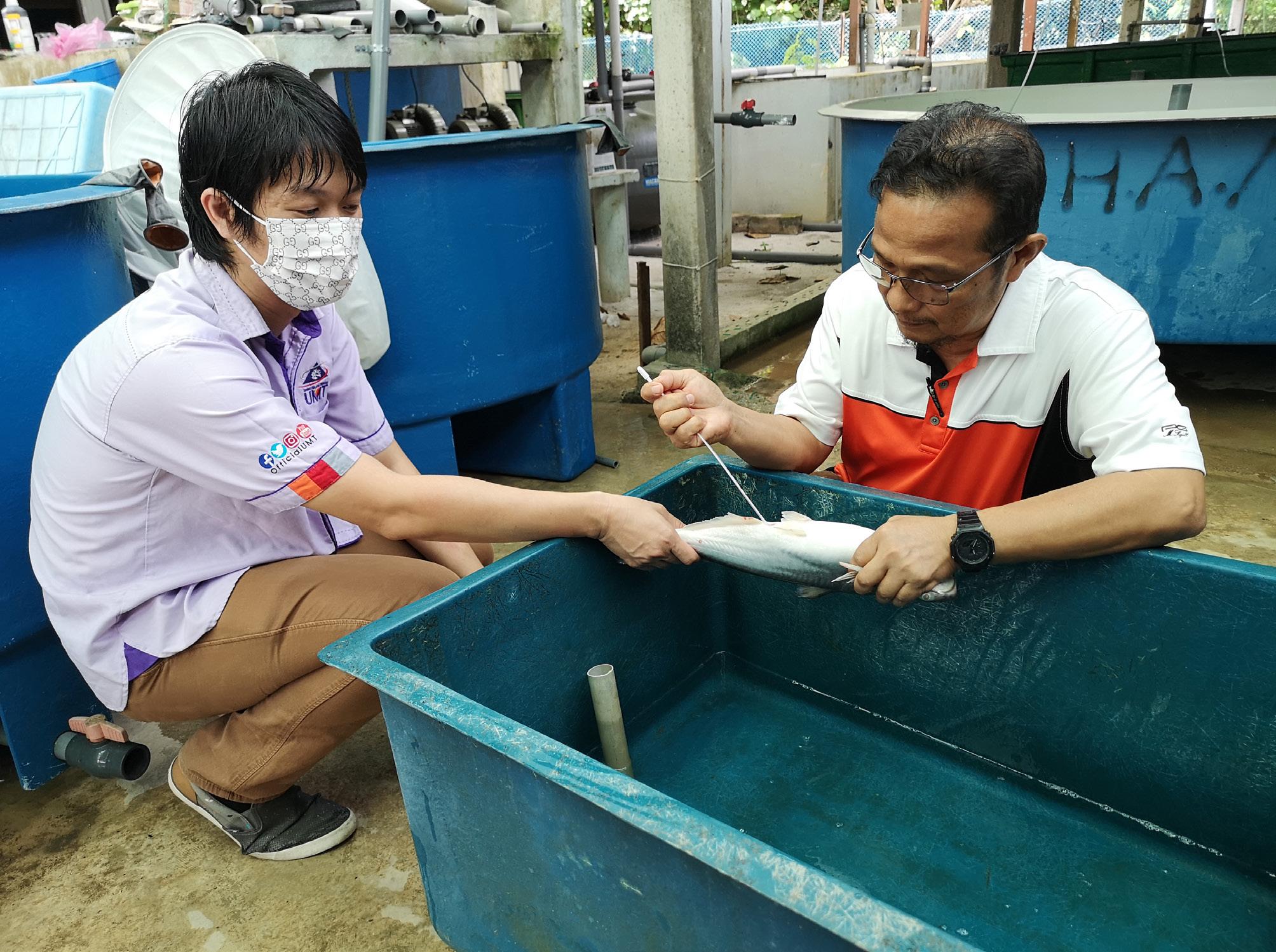
In June 2004, Professor Abol Munafi had to be the happiest man around. The Ministry of Higher Education (MOHE) had just approved the setting up of the Institute of Tropical and Aquaculture (AKUATROP), a project that was a brainchild of his and a few colleagues. The institute was fully operational by October of the same year. Now it is doing well, carrying the status of Higher Institution Centre of Excellence (HICoE). “I am still happy now that I could become one of the founding partners of AKUATROP then,” Professor Abol Munafi said.
Fresh off the promotion to Associate Professor in 2005, Professor Abol Munafi wasted no time in leading the preparation of the new Master of Science (Aquaculture) Structure C, which was approved by the University and to be offered by AKUATROP. The programme has since been successful. “Within ten years, the programme has produced more than 80 graduates,” he said.
In 2011, Professor Abol Munafi initiated the International Fisheries Symposium (IFS), a collaboration of six key universities in fisheries and aquaculture sciences from Southeast Asia. They were UMT, Prince Songkla University, Thailand; Universitas Air Langgar, Indonesia; Can Tho University, Vietnam; Kasetsart University, Thailand; and Nong Lam University, Vietnam.
In 2012, when UMT was undergoing a restructure, he was tasked with re-establishing the Department of Fisheries as the Faculty of Fisheries and Aqua Industry, of which he later became the dean.
Professor Abol Munafi’s dedication is what has made UMT entrust him with many administrative duties. He has been appointed as a Dean of Faculty of Fisheries and Aqua-Industry (now Faculty of Fisheries and Food Sciences), Senate Member of UMT, Director of AKUATROP, Deputy Dean, Research and PostGraduate Affairs, Curriculum Member of UMT, Chairman of Pulau Bidong Management Committee, and the Main Coordinator of Bachelor of Sciences Agrotechnology (Aquaculture), and Coordinator of Freshwater Hatchery Unit.
Professor Abol Munafi is also well-known outside of UMT.
He has been appointed as a technical advisor for several aquaculture companies. In addition, he has been appointed as an expert panel for Standards and Industrial Research Institute (SIRIM)’s Working Group on Good Aquaculture Practices (GAqP) to help develop national aquaculture standards and guidelines. He has acted as a consultant to several private and government aquaculture projects.
For his wide knowledge of aquaculture, Professor Abol Munafi has been appointed by the Ministry of Higher Education and Ministry of Science, Technology and Innovation (MOSTI) to serve as an expert panel in national research grant proposal evaluation. He currently serves as a long-term member of the National Committee on Invasive Alien Species in Fisheries and Aquaculture for the Ministry of Agriculture and Food Industry (MAFI), Invited Panel of Expert on Import Risk Analysis for Department of Fisheries (DoF) Malaysia, and National Committee of Fish Seed, DoF.
At the international level, he was appointed as an Honorary Secretary for the 11th and 12th Council of Asian Fisheries Society, serving for two terms from 2013 until 2019, becoming the first academician from UMT to have received the appointment.
Professor Abol Munafi has been invited to speak at national and international conferences, which has taken him to different ASEAN countries such as Indonesia, Thailand and Vietnam.
He has also been asked to review articles submitted to international journals, including Journal of Sustainable Science and Management, Journal of World Aquaculture Society, Journal of Tropical Resources and Sustainable Science, and Songklanakarin Journal of Sciences and Technology.
Pangasius nasutus, one of the catfish species Professor Abol Munafi studies
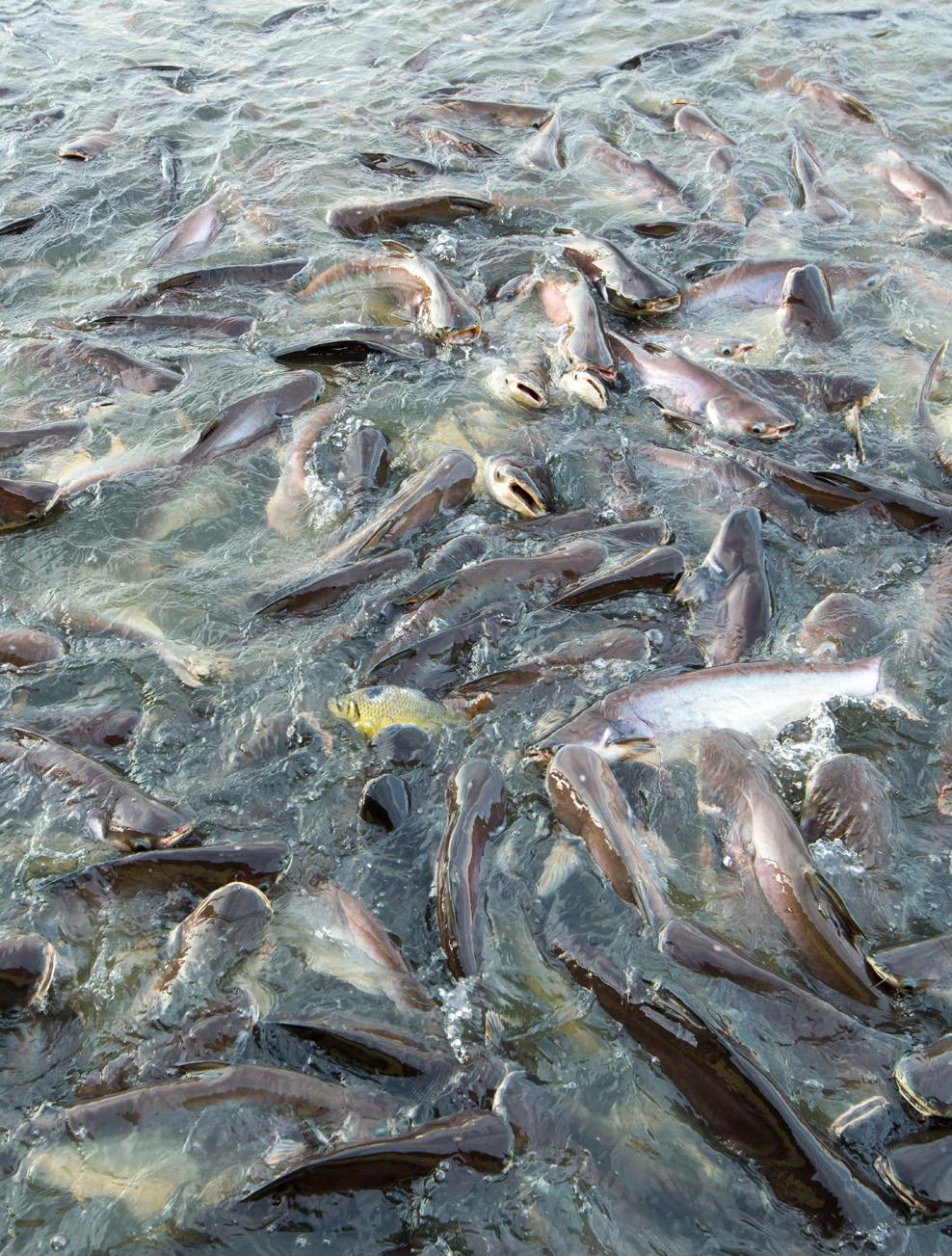
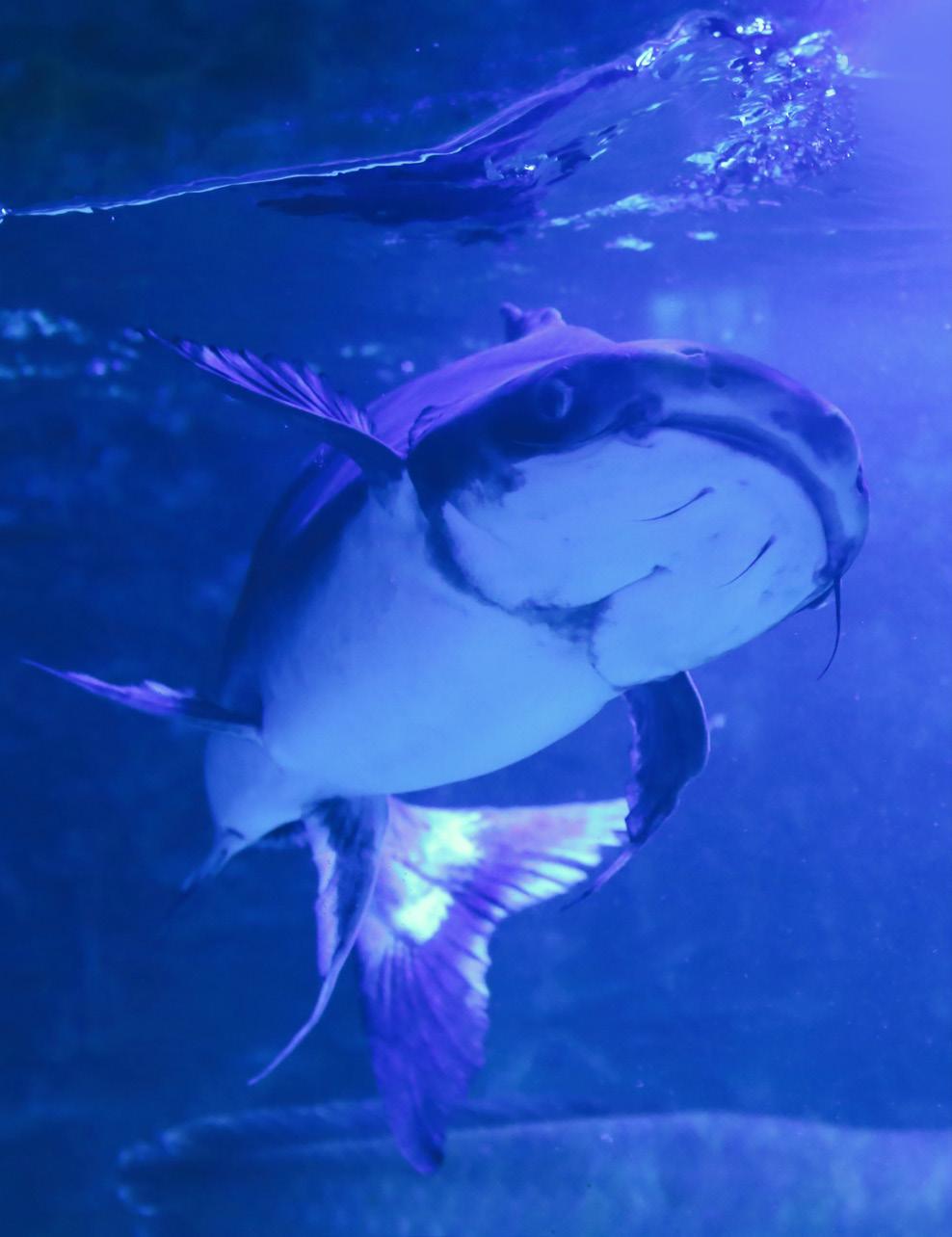
At present, Professor Abol Munafi is a researcher with AKUATROP. He is still actively investigating and making breakthrough discoveries. “Research is my passion. I still believe in the importance of fundamental knowledge for the future aquaculture development,” he said.
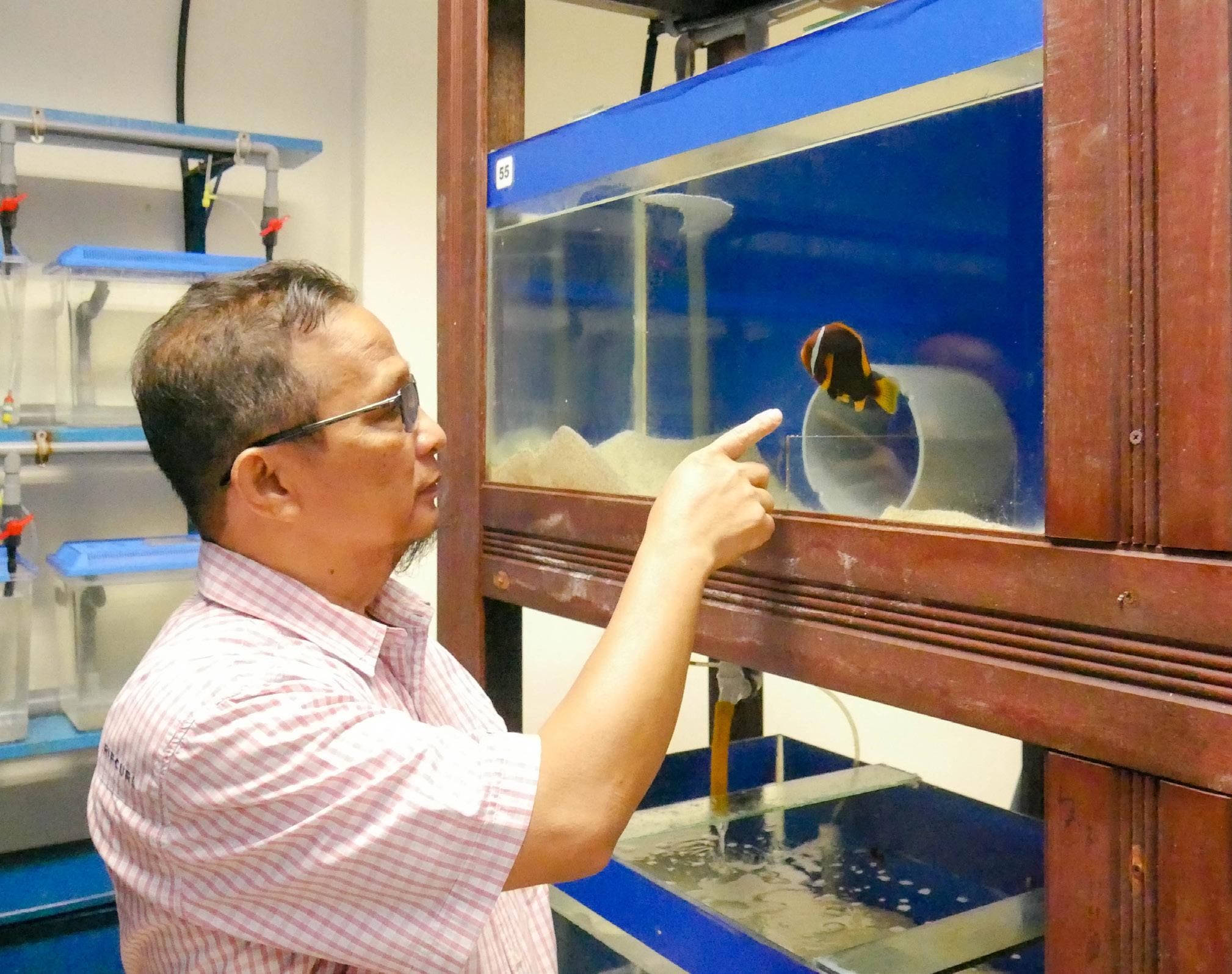
His current projects involve improving broodstock development for Malaysian Mahseer (Tor tambroides) in captivity as well as improving crab and shrimp culture conditions through collaborations with the industry. He is a pioneer in marine ornamental fish and mahseer studies at UMT. In addition, he is currently heading a sub-project under the national broodstock and larvae management of the Pangasius catfish (Pangasius
nasutus), in collaboration with Universiti Kebangsaan Malaysia and Universiti Putra Malaysia and funded by the Long-term Research Grant Scheme.
Undeniably, academicians like Professor Abol Munafi are few and far between. His journey nevertheless can become a blueprint for the newcomers if they yearn for similar success.
Professor Abol Munafi has experienced every facet of an academician’s life. Along the way, he has also created future legacies for his successors and gifted UMT with local and global recognition of aquaculture research and academic programmes.
Professor Abol Munafi explaining to visitors about ornamental fish, one of the species he studies

Several years back, a university in China discovered that UMT has the expertise they were looking for. A Memorandum of Agreement (MOA) to collaborate on a project was then signed between UMT and the university, Henan Agriculture University, which is over 3500 kilometres away in China.
Based on the outcomes thus far, both universities have certainly benefitted from the strategic partnership that is still ongoing at present.

In October 2018, Professor Ts. Dr Lam Su Shiung, a researcher at UMT’s Institute of Tropical Aquaculture and Fisheries (AKUATROP), was invited to give a keynote speech at the International Conference on Biomass Resources Reuse (ICBRR 2018) in Zhengzhou, China.
The conference was jointly organized by International Water, Air & Soil Conservation Society, College of Forestry and Henan Province Engineering Research Center for Forest Biomass Value-added Products, Henan Agricultural University, Huanghe Jiaotong University, Hunan Green House Engineering Research Center, and Central South University of Forestry and Technology.
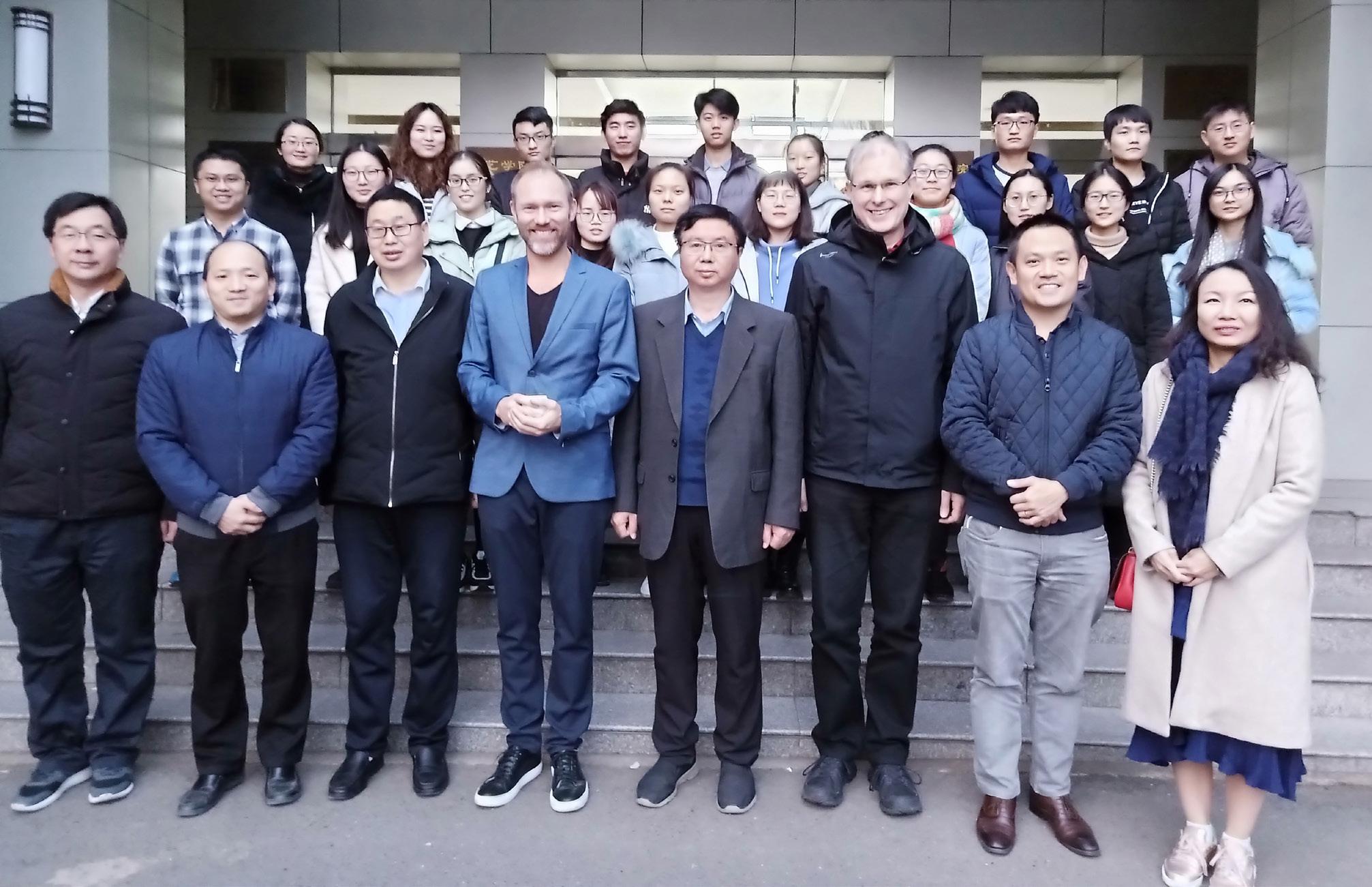
Professor Lam has been well-known internationally in the research field of waste recycling and biomass utilisation, particularly the application of pyrolysis and microwave heating in the transformation of waste into energy, green chemicals, and value-added products. Pyrolysis is a promising thermal process that can be used to convert waste and biomass materials into value-added products. He is a leading researcher in the development and application of microwave pyrolysis technology, his works ranking at the top in pyrolysis and microwave pyrolysis. He currently leads Pyrolysis Technology Research Group.
Professor Lam gave a keynote speech titled “Microwave pyrolysis – A promising technique for conversion of biomass resources into energy, green chemicals, and value-added products”, in which he highlighted the findings from research work carried out by his team at UMT, particularly the potential of microwave pyrolysis process to produce environmentally friendly biochar and bio-oil from biomass, which offer many advantages.
Professor Lam also explained that the biochar can potentially be used as a filter material to adsorb pollutants in wastewater treatment and also as a bio-fertilizer for use in agriculture, while the bio-oil shows potential for use as biodiesel.
Following the conference, Henan Agricultural University approached Professor Lam and discussed a possible research collaboration with UMT. Henan Agriculture University is an established China’s public university that mainly focuses on agricultural science and forestry. Founded in 1984, its ten branches of learning include agronomy, engineering, sciences, economics, management, law, humanities, medicine, education, and arts. The academic work of the university is organized into 20 colleges. It has over 30,000 full-time students on campus.
Professor Lam while taken on a tour to see the facilities and equipment at Henan Agricultural University laboratories
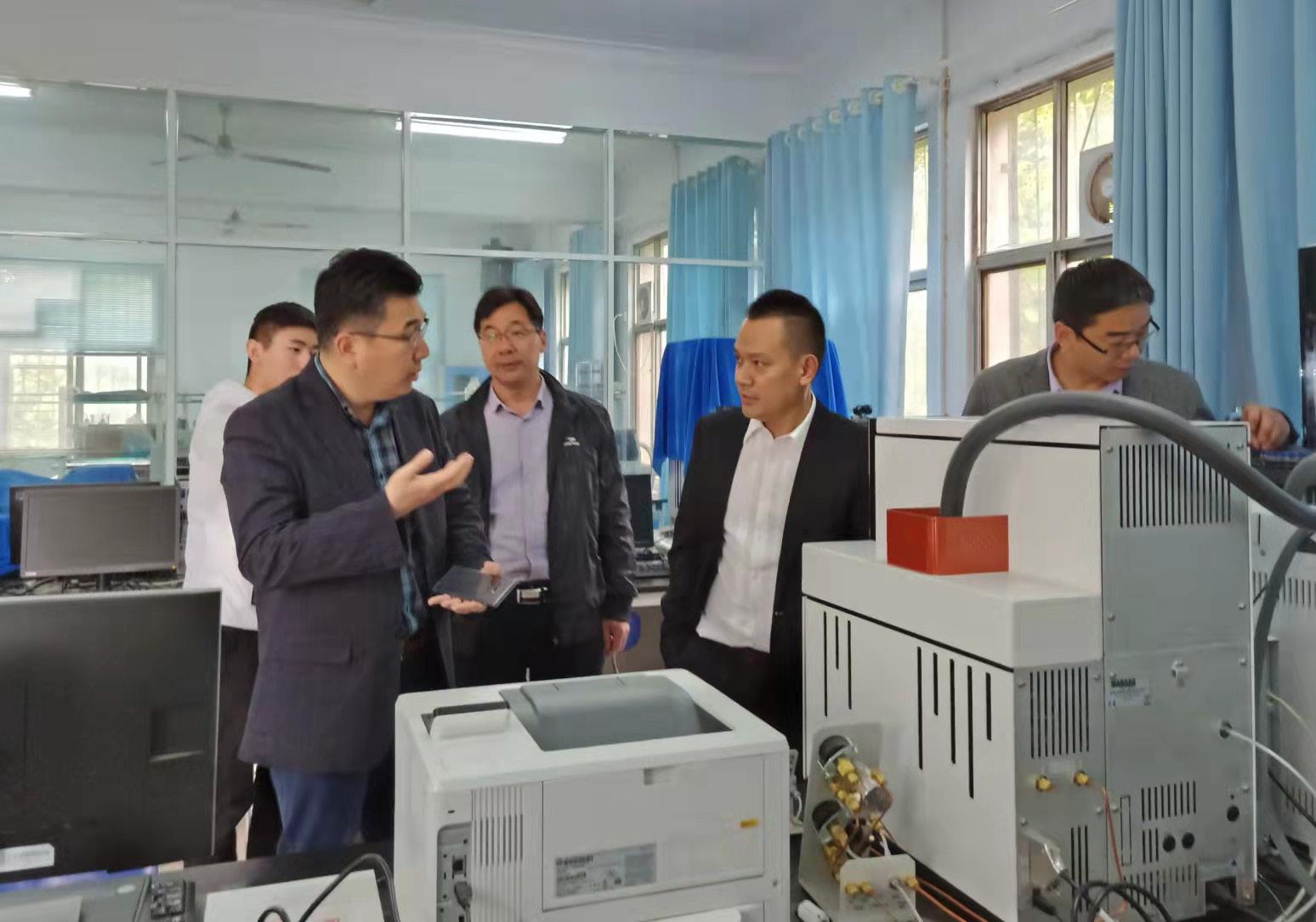
Both universities subsequently signed a Memorandum of Agreement (MOA) to work on a joint research project on the application of green technology as the catalyst in creating value-added products from waste and biomass materials.
Part of the collaboration involved the appointment of Professor Lam as Visiting Professor at the College of Forestry, Henan Agriculture University, from 1 January 2019 to 31 December 2023. He was also appointed as Chair Professor of Henan Province (China). These appointments were made in recognition of Professor Lam’s expertise in the process and product development for biomass recovery.
Through his appointment as Visiting Professor, Professor Lam has been regularly invited for short-term research attachments at Henan Agriculture University, under full sponsorship, to share his expertise in waste and biomass recovery.
To benefit from the MOA, both universities agreed to share their expertise through an academic exchange of postgraduate students and researchers, and share resources by allowing researchers to share sampling sites and data and use research facilities including analytical instruments.
Both universities agreed to complete a joint research project titled “Resource recovery from forestry biomass and waste in Malaysia (Setiu Wetland, Redang Island, Lake Kenyir, Bukit Kor) via modern thermal techniques (extraction, pyrolysis, hotpressing)”. To kick-start the project following the MOA signing, Henan Agricultural University provided funding of RM 303,650. In return, UMT contributed RM 150,000 to the project.
Today, the collaboration has reached the midway point, and some of the key outputs from this collaboration have been successfully produced to date. A total of 22 papers have been jointly published in high impact journals. An international forum was also successfully co-organized. Three master’s degree students from UMT have been jointly supervised, and two UMT students have undergone short-term research attachment at Henan Agricultural University.
Judging by the progress made, more outputs can be expected as the strategic partnership passes its midway point.
Thus far, both universities have benefitted from the strategic partnership. It is fair to say that UMT and Henan Agriculture University made the right decision when they signed the MOA back then.


For the past two and a half years, Associate Professor Dr. Liew Hon Jung has been putting his expertise to work, passionately developing a system called ECO-RAS. It is a recirculating aquaculture system that is supposed to be economical and environmentally friendly. He is not developing it for a local company, but for a Vietnamese company called Aquality Marine Technology (AMT) Co PLT.
The development of ECO-RAS is part of the collaboration that was formalized in July 2019 between the Institute of Tropical Aquaculture and Fisheries (AKUATROP) and AMT Co PLT. The collaboration is now in its third year, and the progress thus far has been good.

AKUATROP was first set up in 2004, with the objective of empowering the aquaculture industry through research, development, and innovation for increased production of fish, shrimp, and other important aquaculture species. The institute was recently recognized by the Ministry of Higher Education of Malaysia as a Higher Institution Centre of Excellence (HICoE) under the niche area of fundamental and applied research, making it the first aquaculture institute in the country to receive the award.
Dr. Liew is one of the researchers at AKUATROP. He conducts studies on aquatic animal physiology, examining their interactions with the environment at all levels, from molecular to ecological, especially in captive culture conditions.
His expertise came to the knowledge of a Vietnamese company called Aquality Marine Technology (AMT) Co PLT. AMT Co PLT, an aquaculture-based company, inspires to introduce advanced, functional, economical, and environmentally friendly recirculating aquaculture technology into their production line in Vietnam for more sustainable aqua-business.
So, in July of 2019, a group of representatives from AMT Co PLT visited the AKUATROP to discuss potential collaboration between the two. They did not leave the institute empty-handed, as both parties finally agreed to collaborate on a project to create an easy-to-manage, functional, and economical recirculating aquaculture system (ECO-RAS) for indoor grouper farming.
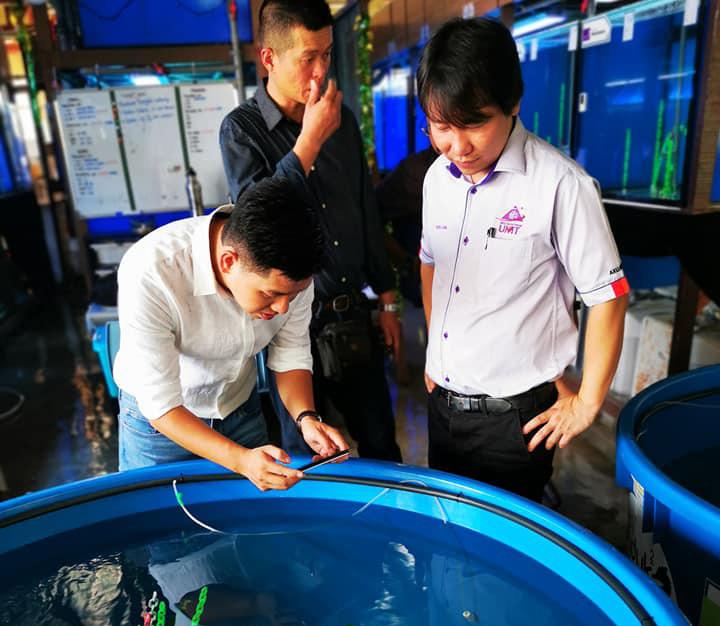

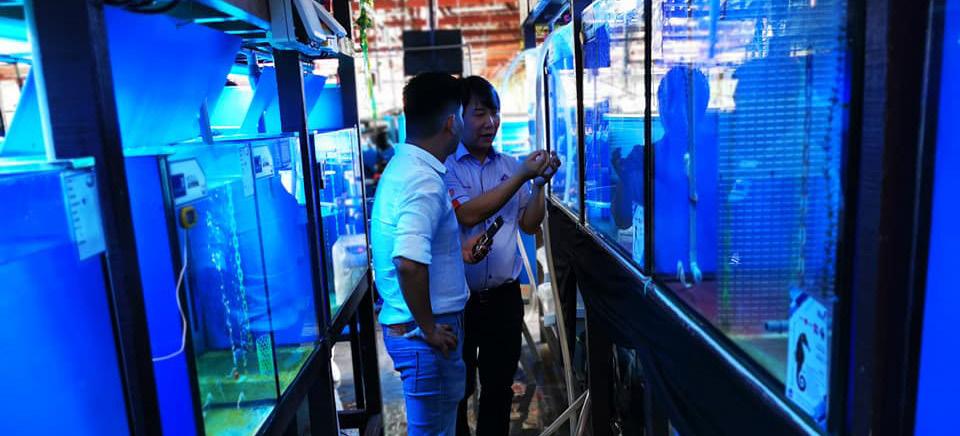 Assoc. Prof. Dr Liew on a visit to AMT Aquaculture Co Ltd hatchery in Vietnam
Assoc. Prof. Dr Liew on a visit to AMT Aquaculture Co Ltd hatchery in Vietnam
The collaboration was then formalized, with the two sides signing agreement papers. The term for the strategic partnership is for five years. As per the agreement, AMT Co PLT allocated RM150,000 for the project to fund the design and development of an ECO-RAS prototype for indoor grouper production.
AMT Co PLT appointed Dr. Liew as the chief scientist to work on hatchery design, operational planning, and production schedule. According to Dr. Liew, the ECO-RAS system he has been building as part of the project is to be used for indoor grouper culture, and the development involves the application of the concepts of mechanical and biological filtrations. The system will be used to control the maturation quality of indoor grouper broodstock.
To ensure that the system will work well, the research team led by Dr. Liew have planned several activities, including setting the standard operating procedure for indoor ECO-RAS management and the development and management of indoor grouper culture, developing larval rearing system using ECO-RAS for growth-out production, and developing ECO-RAS for indoor broodstock maturation.
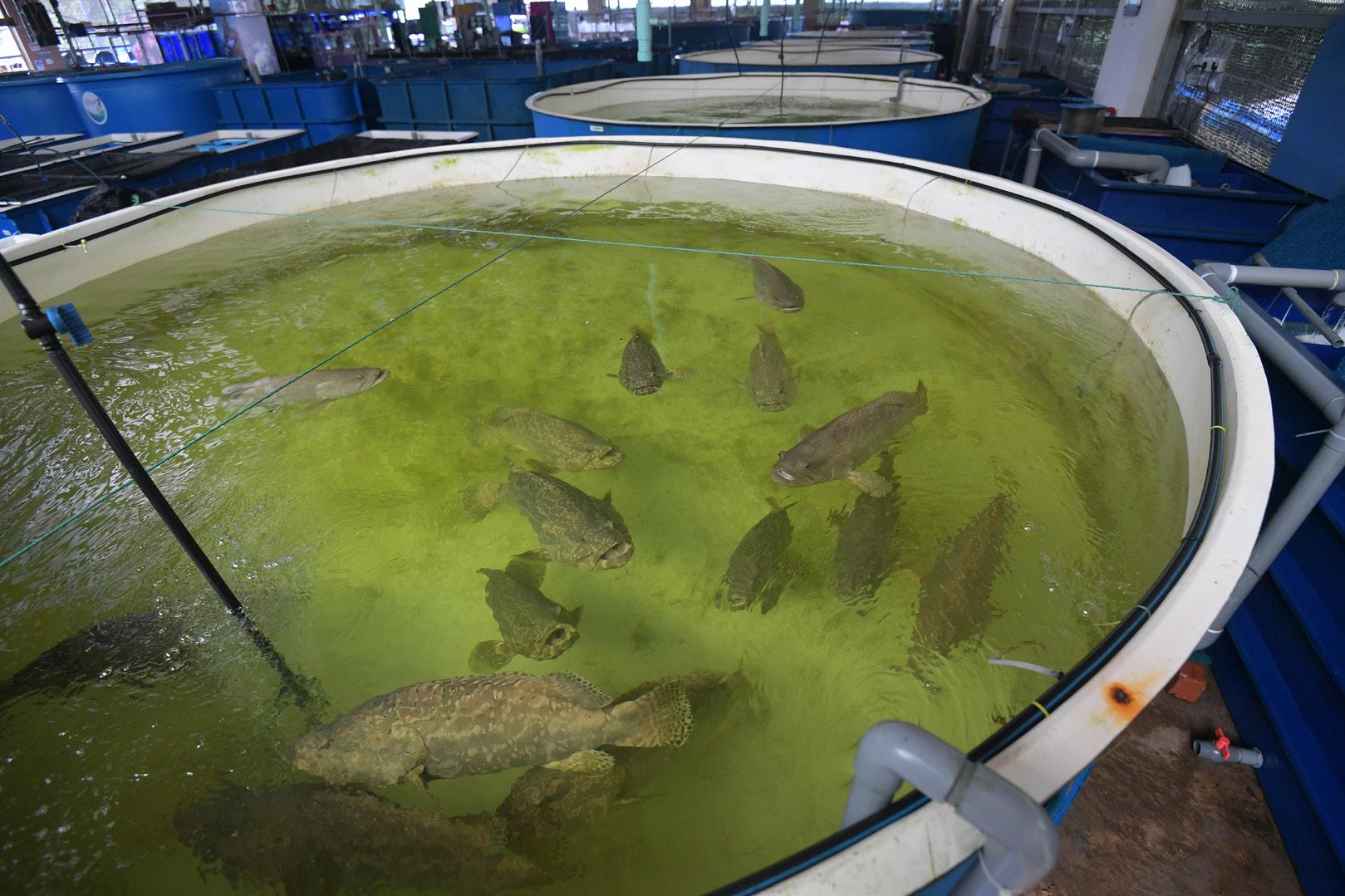
As part of the collaboration, AMT Aquaculture Technology agreed to sponsor several postgraduate students, who will undergo internship attachments at the company and later be employed by the company after the completion of their studies.
Assoc. Prof. Dr Liew examining the quality of the water in the ECORAS system using YSi parameter
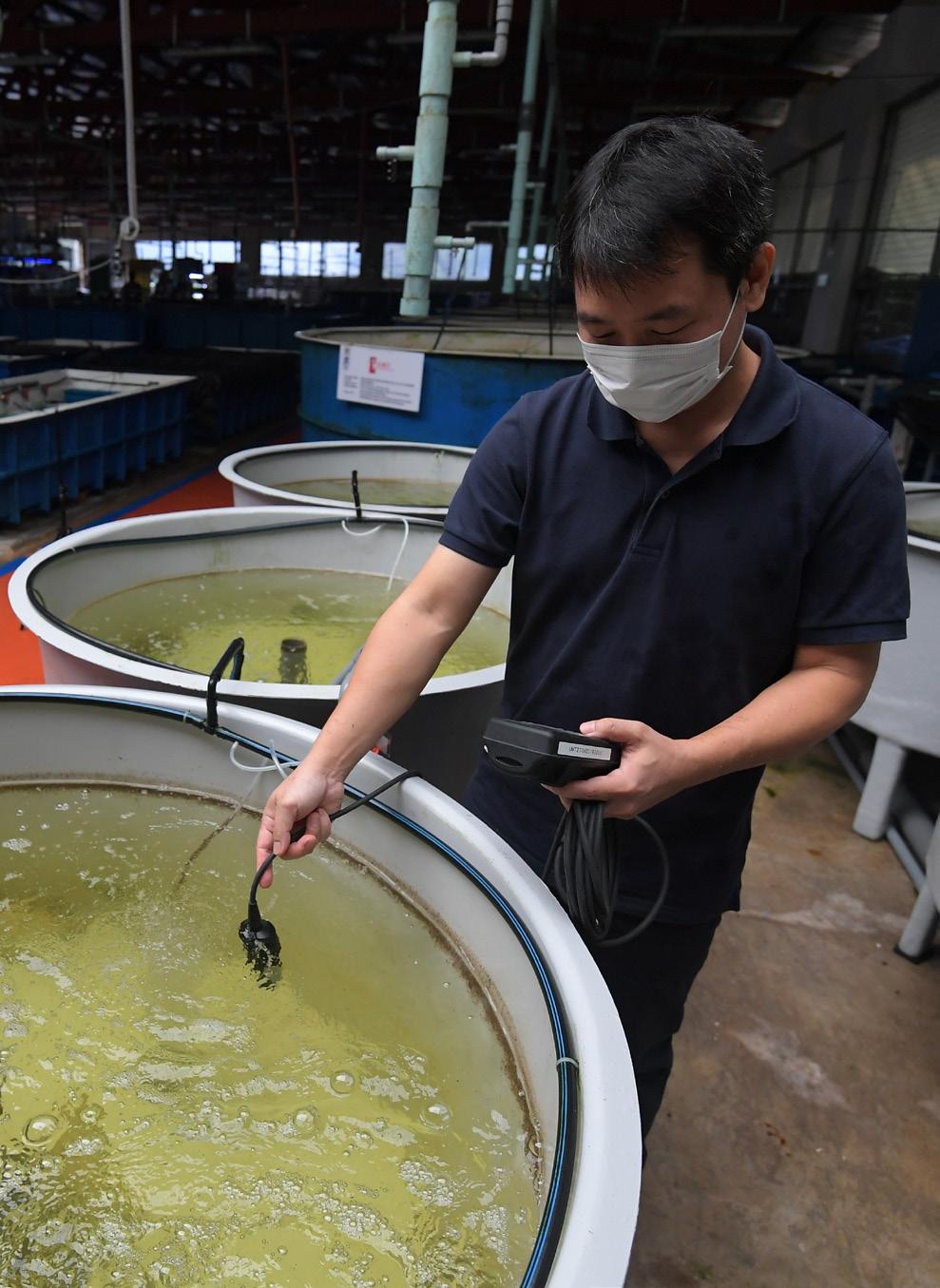 Grouper parent fish reared in the ECO-RAS system developed at AKUATROP Hatchery Complex
Grouper parent fish reared in the ECO-RAS system developed at AKUATROP Hatchery Complex
The partnership will help AKUATROP increase its international visibility and improve the institute’s rating in MyRA,” said Professor Dr Mhd Ikhwanuddin Abdullah, AKUATROP Director. MyRA stands for Malaysian Research Assessment, a system developed by the Ministry of Higher Education to enable local universities to self-monitor their achievements in research, development, and commercialization.
He added that collaborative projects such as the one led by Dr. Liew enable the institute to assist industry partners in moving towards sustainable and eco-friendly aquaculture practices.
Dr Liew’s involvement in the project led to him becoming the recipient of the Industry Involvement Award, which was presented during UMT’s Industry Partner Appreciation Event on 24 November 2019. AKUATROP is very proud of his achievements to date, Professor Mhd Ikhwanuddin said.
Judging by the recent progress, the project will likely be completed before the end of the term for the collaboration, and AMT Co PLT will be able to use the ECO-RAS to their advantage. Given that Dr. Liew is the right man for the project owing to his expertise, the Vietnamese company can be sure that the system is top-notch.
The collaboration was formalized in July 2019, with AMT Co PLT allocating RM150,000 for the project.
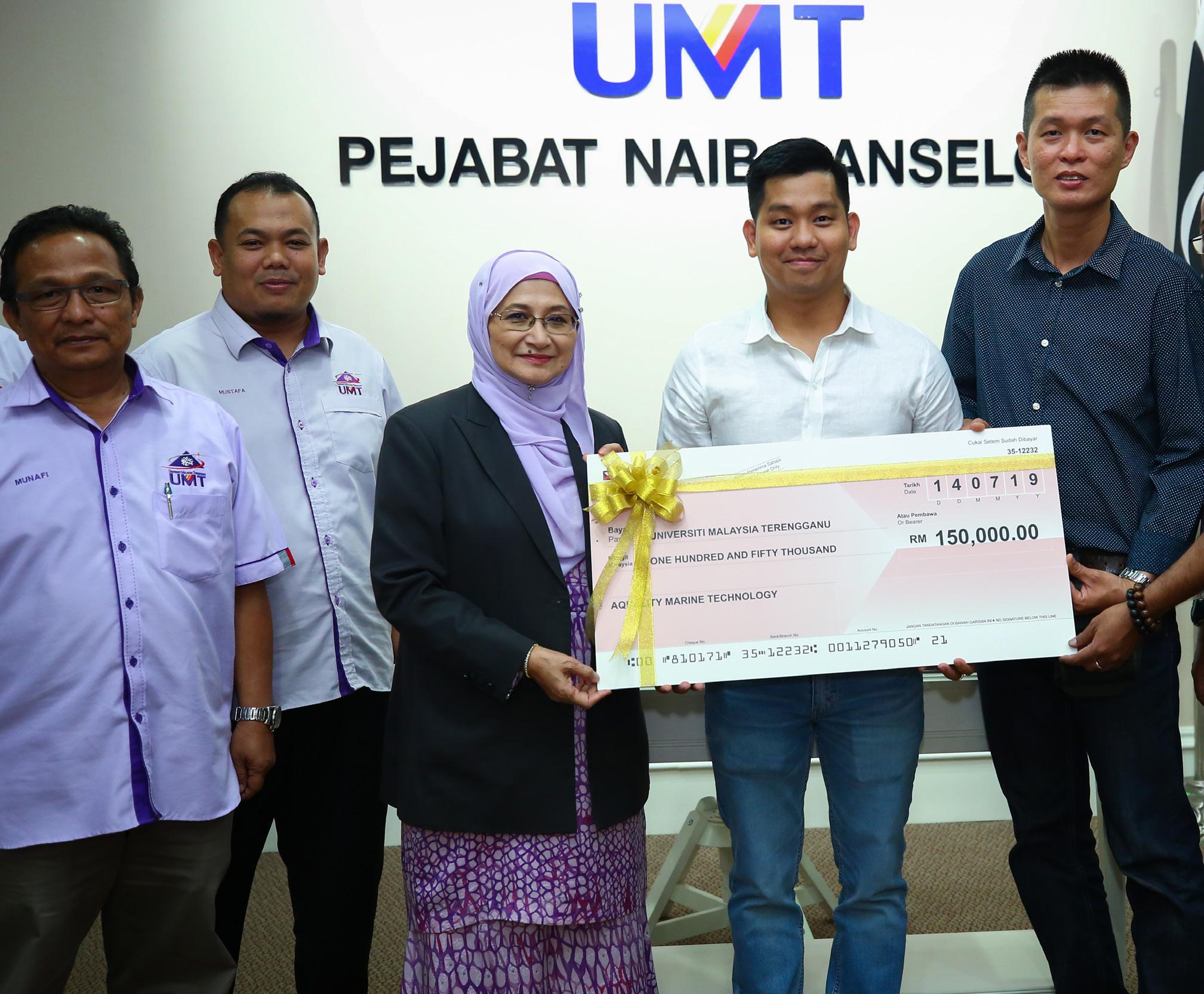
At the Hatchery Complex belonging to the Institute of Tropical Aquaculture and Fisheries, or AKUATROP for short, mud crabs, mud spiny lobsters, and black tiger shrimps are familiar sights. These three are the shellfish species most studied at the institute since its establishment, and there is a reason for that.
As these species have the potential to become future food, the researchers at AKUATROP have been on a mission to improve the sustainability of their aquaculture to ensure that their future supply will be adequate.

“Shellfish research has been AKUATROP’s niche since its establishment, in addition to research on marine and freshwater fish species,” said Professor Dr Mhd Ikhwanuddin Abdullah, AKUATROP’s current director.
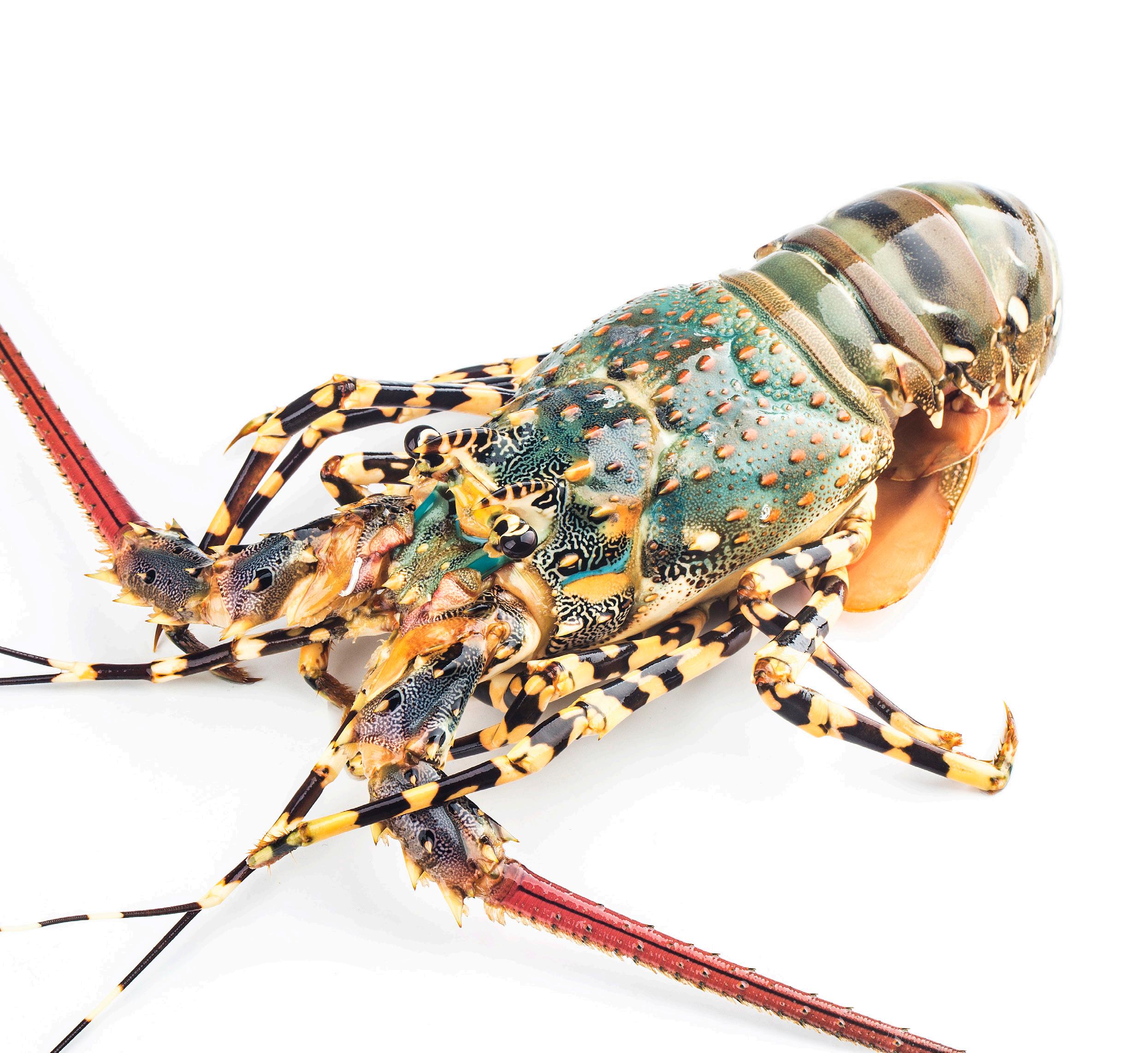
AKUATROP was first established in 2004, the same year that the Ministry of Higher Education acknowledged aquaculture as one of UMT’s niche areas. The institute was set up to help the aquaculture industry further increase the production of important fishes, shrimps, and other aquatic species.
In November 2020, the Ministry of Higher Education officially recognized AKUATROP as a Higher Institution Centre of Excellence, or HICoE. “This recognition further validated the accomplishments of the institute and its researchers in the research and development of shellfish niche at the local and international levels,” Professor Mhd Ikhwanuddin said.
Mud crabs are the crabs of the genus Scylla. Also known as mangrove crabs, they are the largest among the group of swimming crabs. Befitting their names, mud crabs are mostly found in muddy and mangrove forested areas. Because they are large, and their soft texture meat is delicious, mud crabs are considered one of the quality food items.
These common yet highly priced species have high aquaculture potential, and their fishery supports the livelihood of the local coastal communities.
Leading the mud crab research at AKUATROP is Dr Khor Wai Ho, who specialises in reproductive physiology, biotechnology, and aquaculture of economically important crustacean species.
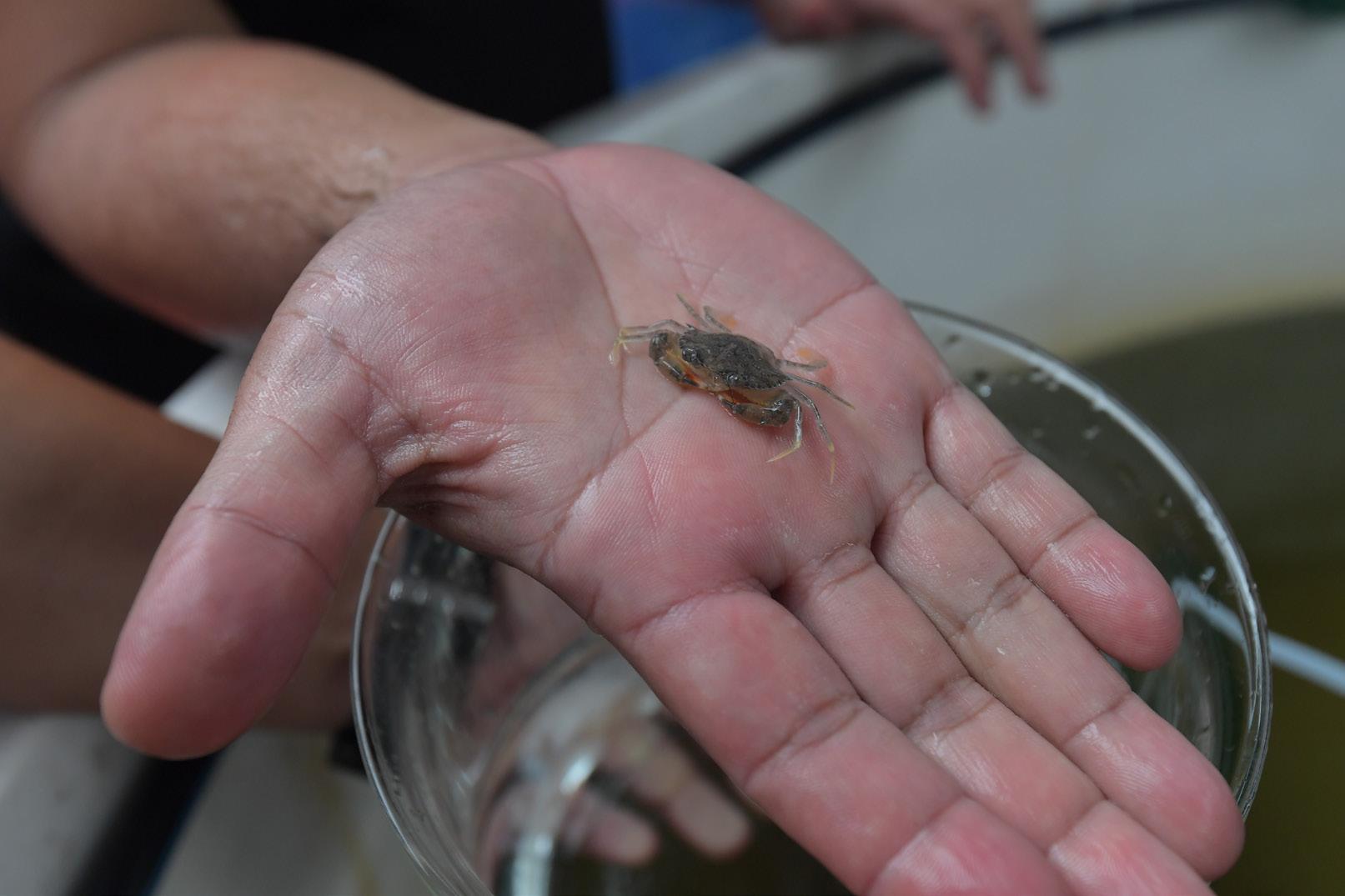
Under his leadership, the mud crab research team has been making constant efforts to find ways to optimise the rearing protocols of mud crab seedlings and juveniles in laboratory and hatchery settings. “We are now able to produce our own mud crab seeds at AKUATROP marine hatchery using both broodstock secured from the wild and broodstock mated in the hatchery,” Dr Khor said.
Dr Khor and his team have also been focusing on mud crab conservation efforts. “We have been able to assess the population health status of mud crabs across Malaysian waters by estimating the size of different mud crab populations at sexual maturity, based on the sizes, shapes, and physiological
characters,” he said. “This may serve as an essential baseline for future mud crab fishery management and conservation efforts.”
Another lucrative form of commodity of mud crabs is soft-shell crabs. “They are highly sought after due to their palatability and nutritious content, and they are often priced higher than hardshell crabs,” Dr Khor said.
The team have worked together with researchers from Hasanuddin University of Indonesia to investigate the different methods to induce moulting in crabs, during which they shed their old shells to grow, and determine the most efficient method in soft-shell crab production. “We look at various indices, including limb completeness and total harvest time,” Dr Khor said.
The team have also worked with researchers from UMT’s Institute of Marine Biotechnology (IMB) to study a type of protein in crustaceans, which plays a role in the moulting, growth, development, reproduction, and regeneration of crustaceans. Dr. Khor said that understanding this essential moult-regulating protein could provide insights into the development of moult manipulating techniques.
As a way of giving back to the local community, the mud crab research team has actively engaged in the release of crablets into their natural mangrove environment, such as Setiu Wetlands in Terengganu.
AKUATROP researchers have been able to produce mud crab seeds using broodstock from the wild and broodstock mated in the hatchery.
Mud spiny lobsters are considered an exquisite commodity.
Mud spiny lobsters, scientifically known as Panulirus polyphagus, are commonly found in the muddy coastal zones of Johor strait. Their common length is between 20 and 25 cm, but they can grow to a length of about 40 cm.
These lobsters are considered an exquisite commodity and very much sought after by restaurants everywhere. The high demand has led to a very active fishery of these lobsters, and this has caused a decline in their resources, affecting their sustainability in the long term.
Spearheading the studies on mud spiny lobsters at AKUATROP is Professor Dr Mhd Ikhwanuddin, a renowned aquaculturist who specialises in hatchery and seeding production technology.
To provide a comprehensive baseline of this species, Professor Mhd Ikhwanuddin and his team have conducted several studies. They were the first to report the size at sexual maturity,
distribution, and length-weight relationship of mud spiny lobsters in Malaysia.
“The lack of knowledge on the biological information of a species, especially one that we are constantly harvesting, threatens the wild population because we are harvesting without knowing how much we have to start with,” Professor Mhd Ikhwanuddin said.
“Our study can serve as a reference for future comparison and monitoring purposes, allowing better fishery management and conservation of mud spiny lobsters, one of our prized natural resources,” Professor Mhd Ikhawanuddin said.
The team are currently attempting to culture and breed mud spiny lobsters in hatchery settings, so that in near future, mass production of this species will become possible.
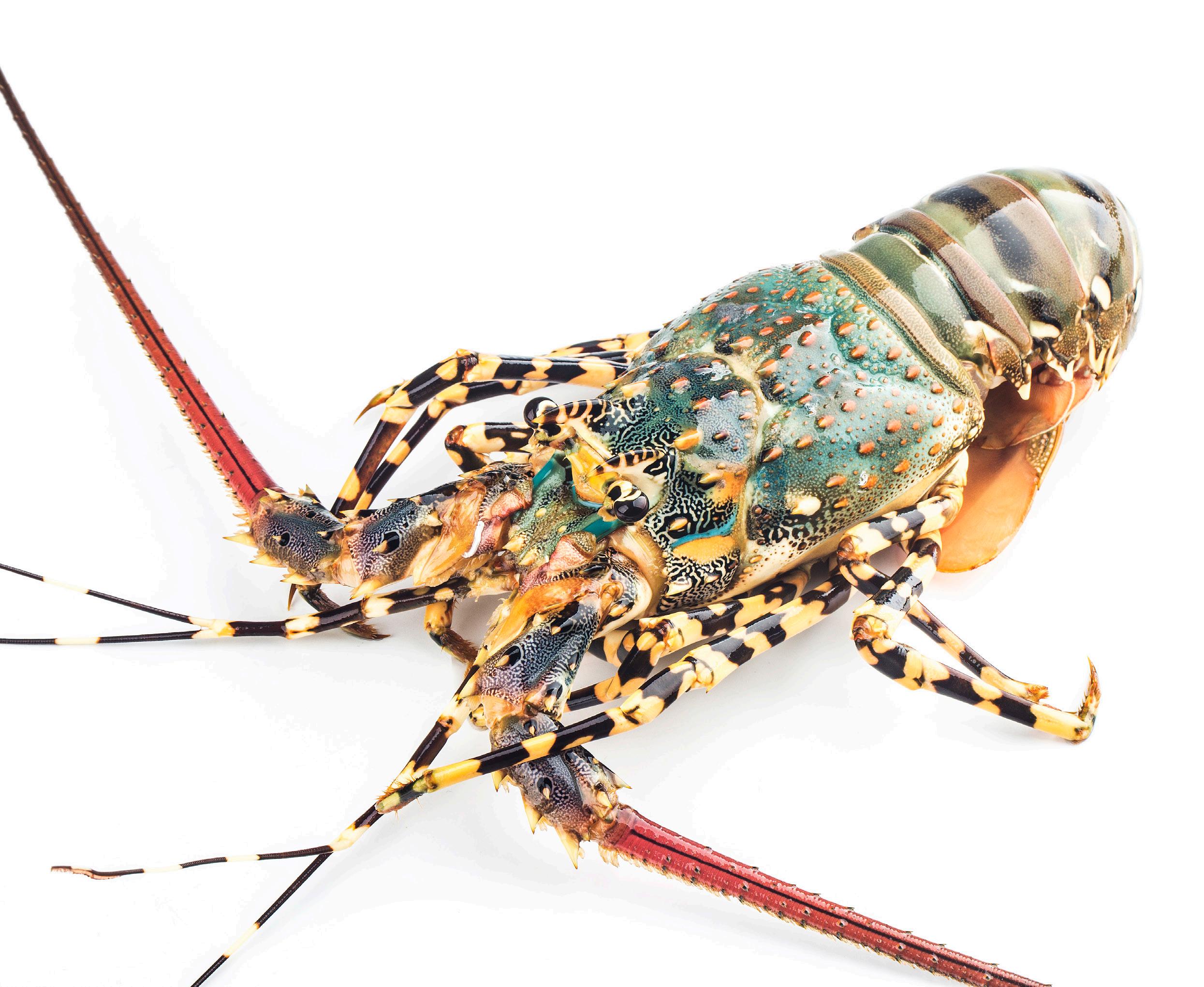
Black tiger shrimps, scientifically known as Penaeus monodon, are common in Southeast Asia, including Malaysia. They are suited to inhabit different types of environments. They are generally found in sandy estuaries and mangroves, but when fully grown, they usually move to deeper waters and live on muddy or rocky bottoms.
The shrimps have been known delicacies for both the local and international markets, owing to their large size and palatable texture.

The research team that studies black tiger shrimps is led by Professor Mhd Ikhwanuddin. “Malaysia’s shrimp industry used to focus on this species, but the attention was shifted to whiteleg shrimps, Penaeus vannamei, when the black tiger shrimps were hit with diseases,” he said.
However, the market for whiteleg shrimp has been stagnant of
late. This has prompted Professor Mhd Ikhwanuddin and his team to attempt to revive the black tiger shrimp industry using the latest technological advancement in aquaculture. The first step towards the revival involves setting up a black tiger shrimp broodstock multiplication centre at AKUATROP hatchery. “By supplying sufficient high-quality broodstock, UMT will become the core to the country’s black tiger shrimp industry revival,” Professor Mhd Ikhwanuddin said.
For the time being, researchers at AKUATROP will continue to find ways to further improve shellfish sustainability. “Shellfish has high potential as food for the future, and we at AKUATROP are grateful to be part of the team working relentlessly to make this potential a reality,” Professor Mhd Ikhwanuddin said.
So, researchers holding mud crabs in their hands, measuring mud spiny lobsters, and feeding black tiger shrimps will be familiar sights at the Hatchery Complex for a while.
AKUATROP researchers are reviving the black tiger shrimp industry using the latest techno logical advancement in aquaculture.
Call it coincidence or destiny. As a child growing up in a small town of Sabah, a Malaysian state surrounded by the South China Sea in the west, the Sulu Sea in the northeast, and the Celebes Sea in the southeast, Dr. Khor Wai Ho was always fascinated by the deep blue oceans. Now, as an adult, he is a researcher who studies a group of dwellers of these deep blue oceans, the crustaceans.
Although he has only been with UMT for two years, Dr. Khor already boasts an impressive list of achievements in his field, making him one of UMT’s rising stars.
“My specialisation is reproductive physiology, biotechnology, and aquaculture of economically important crustacean species,” said Dr Khor, who at present is attached to UMT’s Institute of Tropical Aquaculture and Fisheries, or AKUATROP.

Research Dr. Khor carries out revolves around increasing the potential of shellfish species as future food, in line with AKUATROP’s goal. “I intend to help UMT become the stronghold of Malaysia’s food security,” he said.

Interest in biotechnology took Dr Khor to Universiti Malaysia Sarawak, where he studied the field and earned a Bachelor of Science in Resource Biotechnology with honours in 2009. He further honed his passion and expertise in the field of aquaculture by enrolling in a master’s programme at UMT, and he graduated in 2011. In 2016, Dr. Khor obtained his PhD, also from UMT.
During his PhD study, Dr. Khor worked on the reproductive biology and physiology of crustaceans, specifically mud crabs, under the guidance of Professor Mhd Ikhwanuddin Abdullah, a renowned shellfish expert.
Their work on molecular aspects of crab biology and aquaculture gained attention outside of UMT, subsequently prompting China’s Shantou University (STU) to offer Dr. Khor a two-year postdoctoral position at its place. He took this opportunity to further expand his knowledge of the molecular genetics of crustaceans.
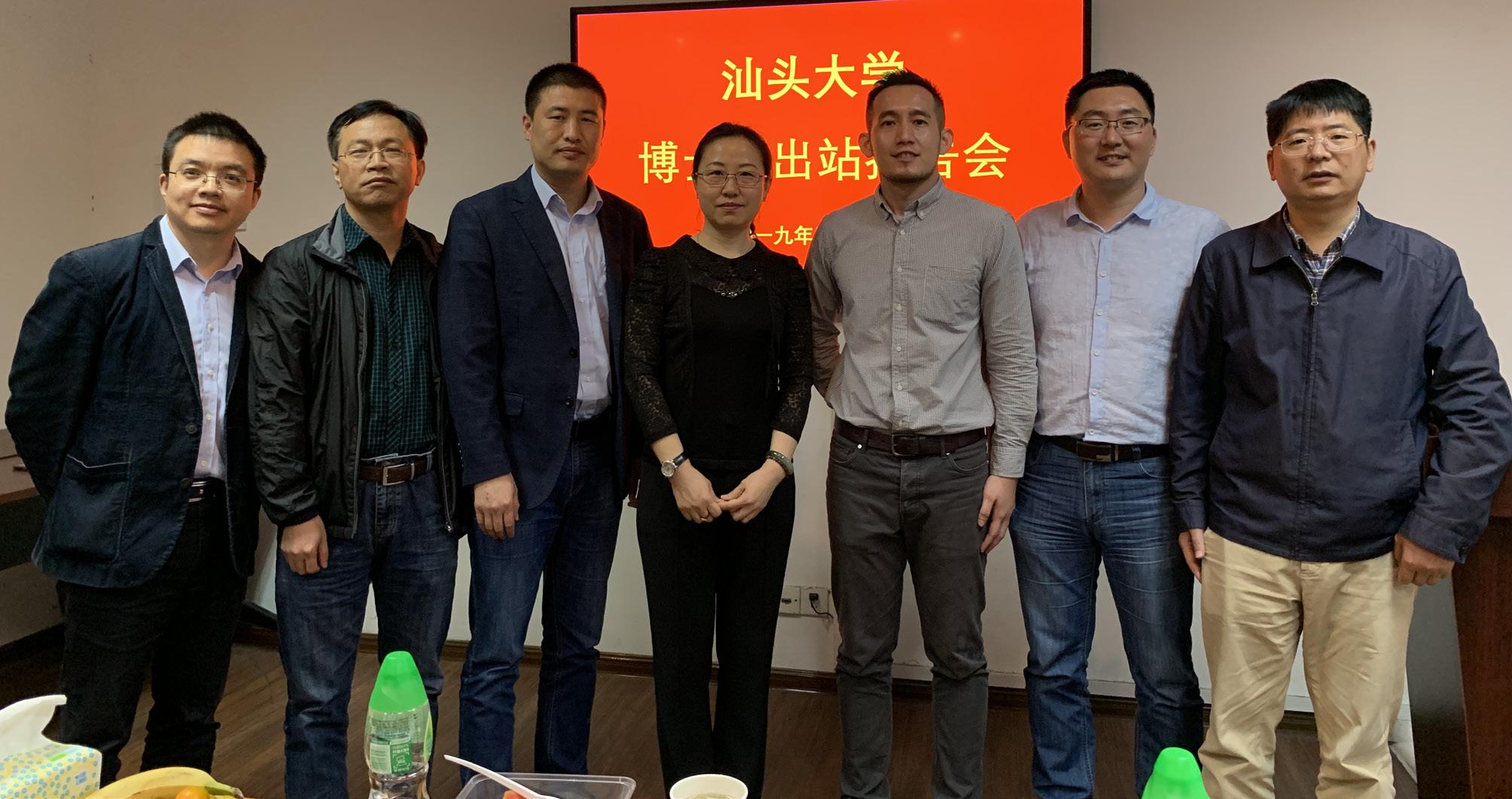
One of his early contributions to UMT happened while Dr. Khor was undergoing his postdoctoral study at STU. He was the catalyst responsible for the formation of a joint research laboratory, called STU-UMT Joint Shellfish Research Laboratory. Through this setup, Dr. Khor has spearheaded many joint research projects and publications between researchers from
UMT and STU. “This came about after I realised the importance of networking and international collaborations,” he said.
In his first two years as a researcher, Dr. Khor was able to secure more than five national, international, industry, and community grants. “The grants were mostly for my research on crab and shrimp aquaculture,” he said. “I studied ways to optimize their culture conditions and settings by integrating knowledge of moulting, reproductive physiology, and responses towards climate change.”
Dr. Khor may be a young scientist, but he has worked with many renowned researchers in the same field. These include Professor Yushinta Fujaya from Hasanuddin University (Indonesia), Professor Supawadee Pompuang from Kasetsart University (Thailand), Professor Juliana Baylon from University of the Philippines Visayas (Philippines), Professor Ma Hongyu from Shantou University (China), Dr. Emilia Quinitio from Southeast Asian Fisheries Development Center (SEAFDEC) (Philippines), and Dr. Muyassar Abualreesh from King Abdulaziz University (Saudi Arabia). “I have been working with them to break through the nursery bottleneck that has been shadowing the global mud crab aquaculture sector,” he said. “If successful, this will not only put UMT at the forefront of mud crab fishery and aquaculture at a global scale, but also help the university become a centre of reference for marine-related research.”
Dr. Khor posing with STU staff after his postdoctoral research completionDr. Khor accompanies researchers from Shantou University on a trip to Bidong Island Research Station.

Dr. Khor has not only worked with scientists in the same field, but he has also been collaborating with mostly international researchers from various other areas, as he believes crossdisciplinary studies may be more impactful. From these research collaborations, Dr. Khor and his team have published several articles that highlight crustacean reproductive physiology and aquaculture.
One of the cross-disciplinary collaborations Dr. Khor is involved in is with UMT’s own Vice Chancellor Professor Dr. Mazlan Abd Ghaffar, who is a renowned climate change expert. With Dr. Khor’s colleague Associate Professor Dr. Liew Hon Jung as another member, the team is currently attempting to characterize the climate-induced changes to important shellfish species. “Climate change may impact the sustainability of our oceans and food source,” Dr. Khor said.
As climate change is a global issue, Dr. Khor has also teamed up with established researchers from international institutions, including Associate Professor James Fang Kar-Hei and Dr. Elizaldy Maboloc from Hong Kong Polytechnic University (China)
and Associate Professor Wang Youji from Shanghai Ocean University (China) to investigate the climate change impact on shellfish at a global scale. His involvement in international collaborations has turned UMT into one of the forerunners in combating climate change, thrusting the university into the global limelight.
To date, Dr. Khor has published more than 60 scientific articles in renowned journals, such as Frontiers in Genetics, Chemosphere, Frontiers in Marine Science, Aquaculture, Genomics, Marine Biotechnology, Estuarine, Coastal & Shelf Science, and Applied Animal Behaviour Science. In 54 of these articles, he was the first or the corresponding author. Three of his papers have been published in Reviews in Aquaculture, the top journal in his field of expertise.
Dr. Khor has also successfully published three opinion-oriented letters in Science, a top-tier journal among researchers, again helping to put UMT’s name at par with other internationally established institutions.
Dr. Khor’s expertise is also acknowledged by the global scientific community. He is now serving as an associate editor of several top-tier journals, including Biodiversity and Conservation, PeerJ, BMC Research Notes and Aquaculture, Fish and Fisheries. He is also a reviewer editor of Frontiers in Marine Science and Frontiers in Physiology.
His expertise is just as acknowledged locally. He has been elected as an academic fellow of the Centre of Chemical Biology (CCB), Universiti Sains Malaysia (USM). Collaborating with CCB director Professor Alexander Chong, Dr. Khor has been probing into the nutrition genetics and aquaculture of shellfish species. “I felt very honoured by the appointment,” Dr. Khor said. “It shows that expertise at UMT is being acknowledged by renowned institutions within our nation, and this is good because I think that working together is the key to bringing a brighter future for Malaysia.”
Dr. Khor also works closely with industry players and local communities for mutual benefits. He is actively advocating restocking programmes and size-selected fishery of mud crabs for fishermen and women communities of two localities in the state of Terengganu, which are the Setiu Wetlands and Kemaman. He believes that working together can propel further development and allow for the attainment of holistic growth involving all facets of the communities. “Also, there is always something I can learn from others, on all occasions or circumstances,” said Dr. Khor, a strong believer in intellectual humility.
One of the key elements that a researcher needs to have, to serve as a driving force for conducting research, is curiosity. It was this curiosity that made Dr. Khor rediscover a unique rhizocephalan parasite during his routine mud crab sampling, together with his coresearchers at AKUATROP, Dr. Mohd Fazhan and Professor Mhd Ikhwanuddin. “This parasite has the ability to manipulate the reproductive features of a mud crab and bend the will of its host,” Dr. Khor said. Since then, Dr. Khor and his team have been working closely with renowned rhizocephalan parasitologists Professor Henrik Glenner and Dr. Christoph Noever from the University of Bergen (Norway) and Dr. Aleksei Miroliubov from the Russian Academy of Sciences (Russia) to investigate further. “We are trying to establish this special hostparasite relationship,” Dr. Khor said. “We are trying to understand how a parasite smaller than a grain of rice could exert such huge influence on its host, and if it could similarly manipulate other crustaceans.”
Although Dr. Khor is still at the beginning of his journey as a researcher, already he has had impressive achievements. Judging by his performance thus far, he is definitely bound to find more successes as he progresses further.
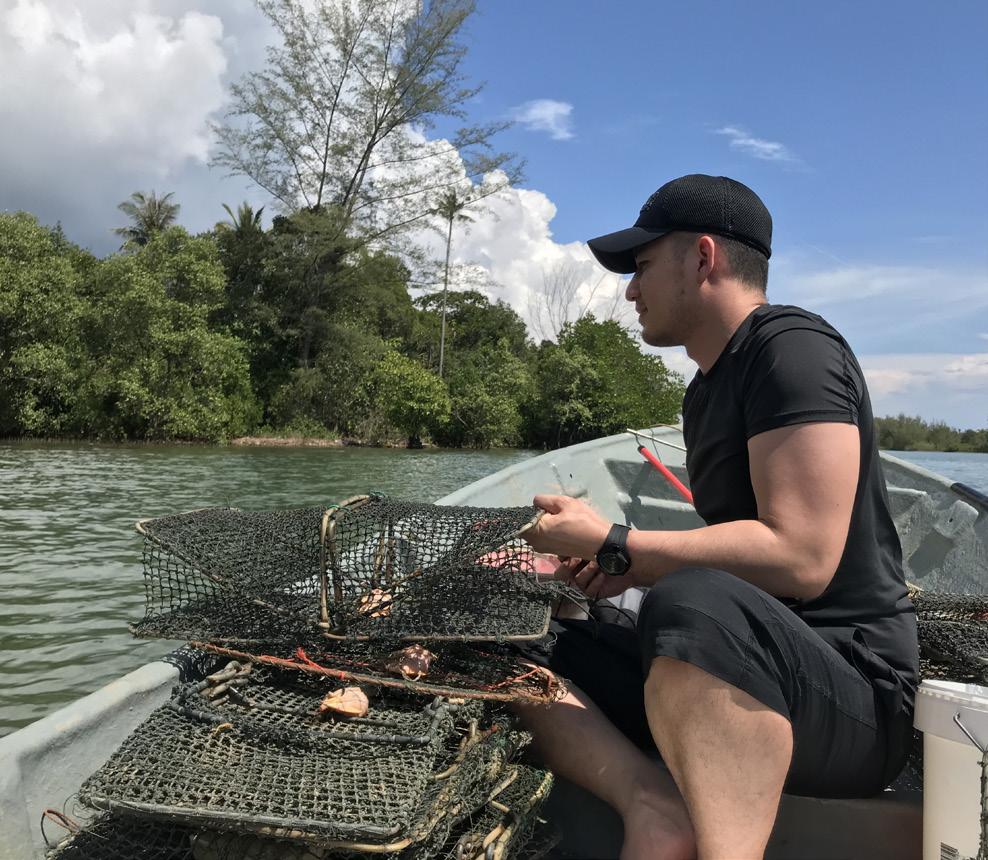
Whether it was coincidence or destiny, Dr. Khor gets to be involved, for a very long time, in activities that relate to his childhood fascination, the deep blue oceans.
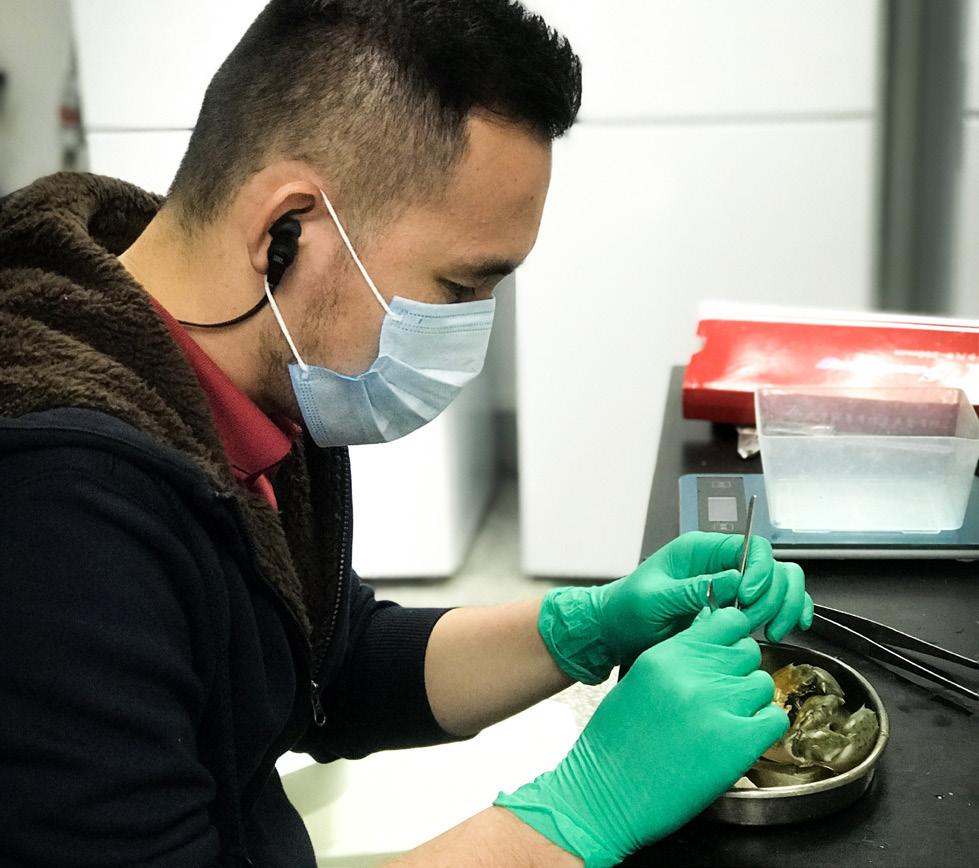 Dr. Khor working in a laboratory at Shantou University, China, as postdoctoral researcher
Dr. Khor preparing to release a baited trap to catch mud crabs at Kuala Sepetang, Perak
Dr. Khor working in a laboratory at Shantou University, China, as postdoctoral researcher
Dr. Khor preparing to release a baited trap to catch mud crabs at Kuala Sepetang, Perak
Their meat is moist and distinctively sweet. They are the tastiest, according to many seafood fans, especially in Southeast Asia. It is no wonder that these species, the mud crabs, are in high demand. And this is one of the reasons their number over the past few years has been declining, causing a major concern. The mud crabs have been continuously overexploited.
A PhD candidate at the Institute of Tropical Aquaculture and Fisheries (AKUATROP) was aware of this situation and decided to study how the production of mud crabs could be increased.
Dr Amin Safwan Adnan, now a lecturer and a researcher at a private institute in the southern region, successfully completed his PhD study under the supervision of Professor Dr. Ikhwanuddin Abdullah, a renowned shellfish expert. Findings from his study
have provided additional knowledge useful for improving the mud crab culture technique and breeding technology for better production of these delicious species.
“Mud crabs are one of the most important species economically,” Dr Amin Safwan said. “These crustaceans provide many coastal communities a means to earn their livelihood, and they generate huge income for the country.”
In addition to overexploitation, mud crabs have become smaller in number because of habitat losses and climate change, Dr Amin Safwan said. “Also, the inability of mud crabs in captivity to self-mature and the low percentage of berried female production have contributed to the declining quantity.”

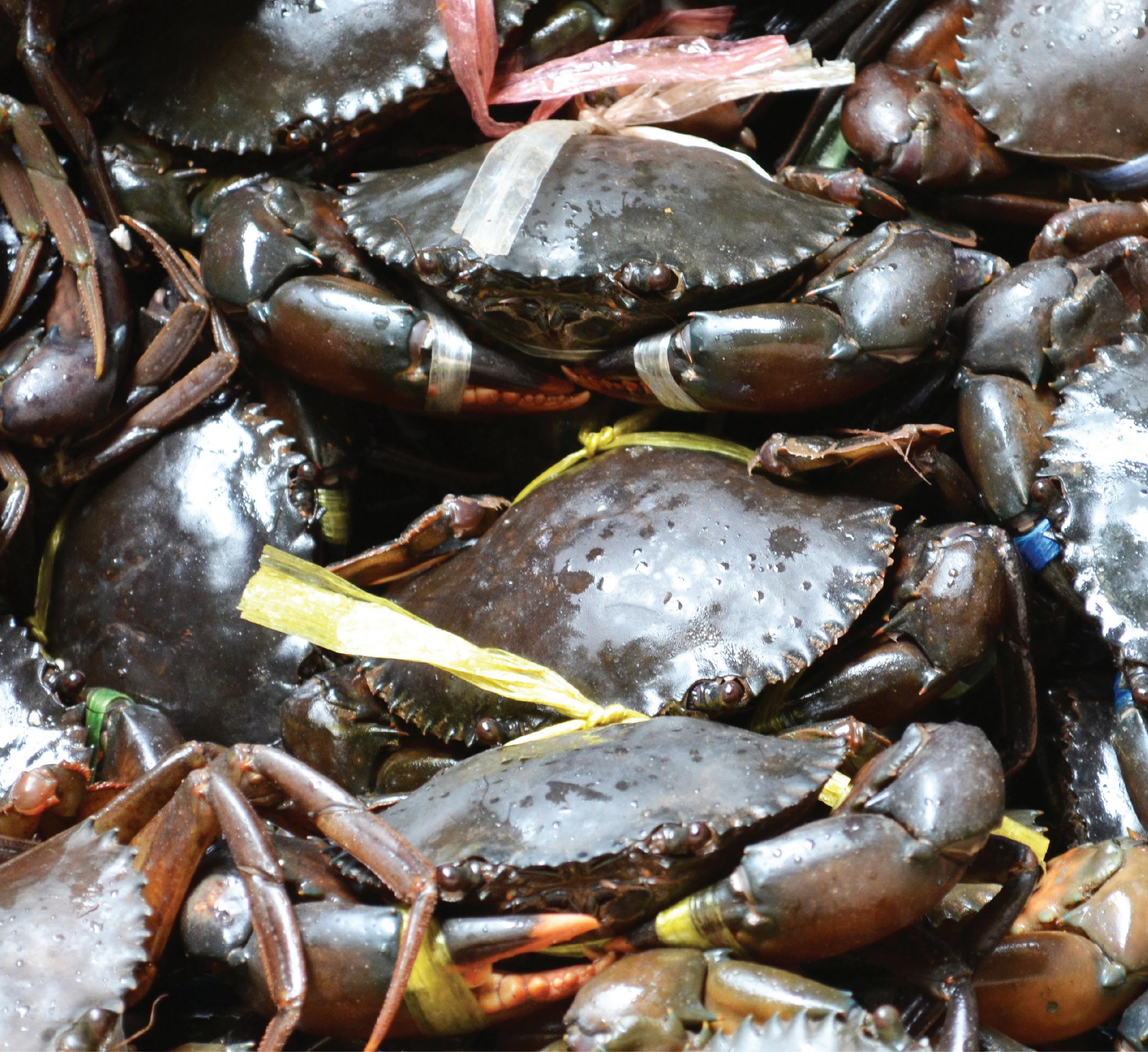
Old mud crab skeleton (above) and newly moulted mud crab (below) through induction of limb autonomy technique
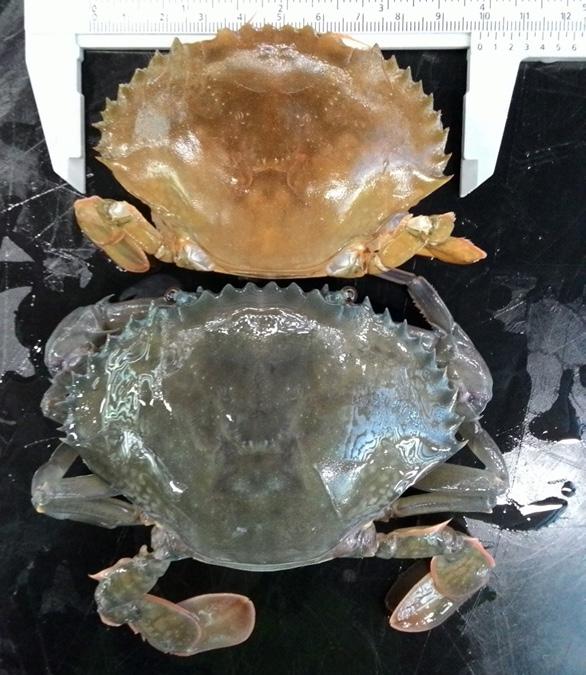
Mud crabs belong to the genus Scylla. They are the largest members in the Portunid group, the swimming crab group. As with other crabs in this group, mud crabs have flattened fifth pair of legs, resembling broad paddles, which enable them to swim well. Mud crabs are mostly found in muddy and mangrove forested areas, so they are also called mangrove crabs.
Currently, within this genus there are four species of mud crabs that are recognized worldwide. However, only three species have been reported to exist in the Malaysian waters, namely S. olivacea, S. paramamosain, and S. tranquebarica. Of these species, S. olivacea have been reported as the most dominating species, and they can easily be found in Malaysian coastal areas.
Mud crabs are delicious to eat. Their meat has a soft texture, and there is a lot of that meat on their bodies due to their large size. They can grow up to 150 millimetres in shell width and weigh up to 1.5 kilograms.
The mud crabs from the genus Scylla have a complex life cycle. The mud crab larvae are pelagic, meaning that they inhabit the upper layers of the open sea. However, when the larvae enter the post-larvae stage, known as the megalopa stage, they migrate back to the intertidal mangrove forests and become benthic, living in the bottom of the body of water until the crablet stage.
The complex life cycle of the mud crabs is one of the biggest bottlenecks that affects the progress of mud crab hatchery seed production. The natural environment the mud crabs are in at every stage of their life cycle is not the same, and it is important to determine the different environmental elements, such the water conditions (salinity, temperature, dissolved oxygen, ammonia level, current), light intensity, and available nutritional contents. Though this is difficult to mimic in aquaculture, Dr Amin Safwan was intent on conducting the study, and Professor Dr. Mhd Ikhwanuddin extended his support all the way.
Dr Amin Safwan sought to achieve four objectives from his PhD study. The first objective was to determine the body weight, carapace, or hard upper shell, width increment, Stage 1 ovary, and water salinity tolerance of newly molted mud crabs from the species S. olivacea in captivity. “Crustaceans including mud crabs normally undergo molting, a process where they shed the old shells, mainly for their growth,” Dr Amin Safwan said. “In the wild, collecting data on these crabs’ weight and length measurement after they have molted is difficult, so the crabs need to be reared in captivity for us to measure their sizes.”
The second objective was to investigate whether limb autotomy, or the removal of crab legs, and water salinity would affect the molting process of these crabs. The third was to determine if water salinity would affect the maturation process and glucose concentration of the crabs. The last objective was to determine if reproductive hormones would affect the maturation process and hormone levels of the crabs.
 Mud crab samples caught from Setiu Wetlands, Terengganu
Mud crab samples caught from Setiu Wetlands, Terengganu
For the crabs’ body weight and carapace width after they have molted, Dr Amin Safwan found that there was a strong, positive correlation between the two. The body weight and carapace width were proportionate to each other, based on the measurement. As for the confirmation of Stage 1 ovary, Dr Amin Safwan found that the newly molted mud crabs’ ovaries remained in Stage 1, but the sizes and structure of their oocytes, or immature eggs, were more developed. His findings have helped solve the confusion about the ovarian maturation of newly molted mud crabs. Some researchers, crab breeders, and practitioners suggested that the crabs’ ovarian maturation advanced to the next stage, while others suggested that the ovarian cycle started again, Dr Amin Safwan said.
As for water salinity tolerance, Dr Amin Safwan found that newly molted mud crabs could survive in the salinity level that ranged between 5 and 36 ppt. “However, a continuous study is needed, as the present situation, with climate change and environmentally polluting activities happening, might heavily affect the tolerance of mud crabs,” Dr Amin Safwan said. “They might adapt to lower and higher salinities in the near future to survive.”
As for the effect of limb autotomy and water salinity on the crabs’ molting performances, Dr Amin Safwan found that both of the culture techniques induced the molting performances. However, limb autotomy yielded more significant results than the salinity treatments. “Limb autotomy was effective in inducing molt, but it had a side effect,” Dr Amin Safwan said. “The claws of newly molted crabs were smaller.”
As for the effect of salinity on maturation stages and glucose concentration, Dr Amin Safwan found that salinity did affect the mud crabs’ maturation, but he did not observe any significant effect of glucose concentration. “So, the optimum salinity for
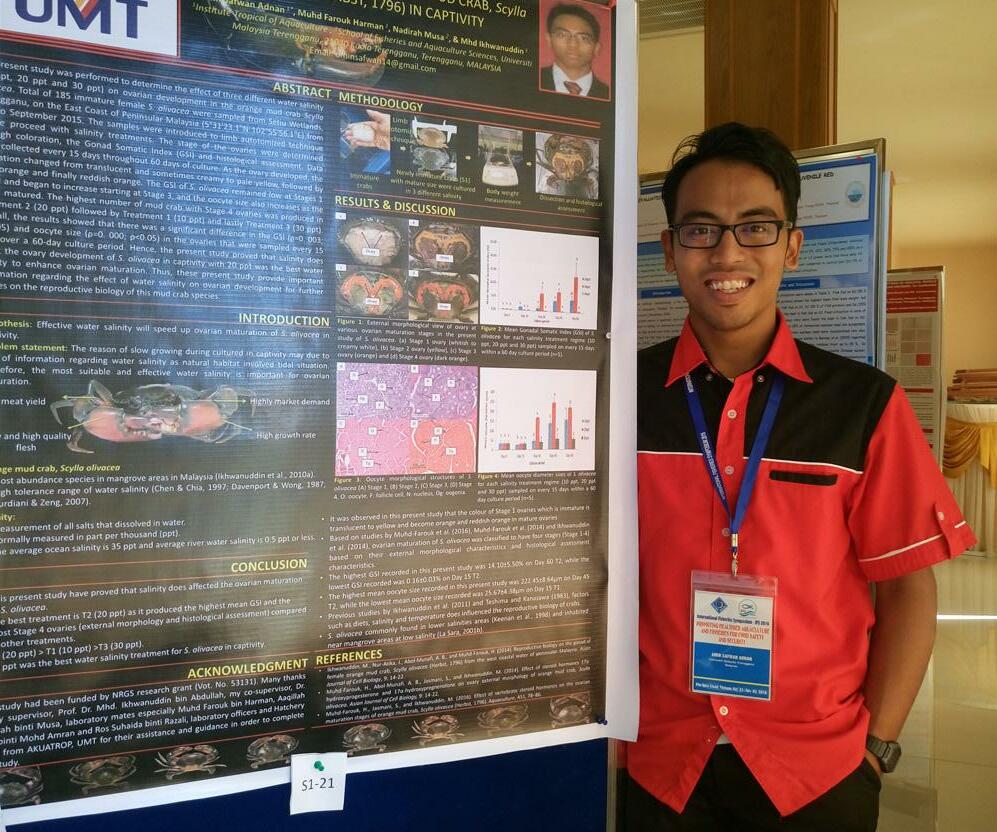
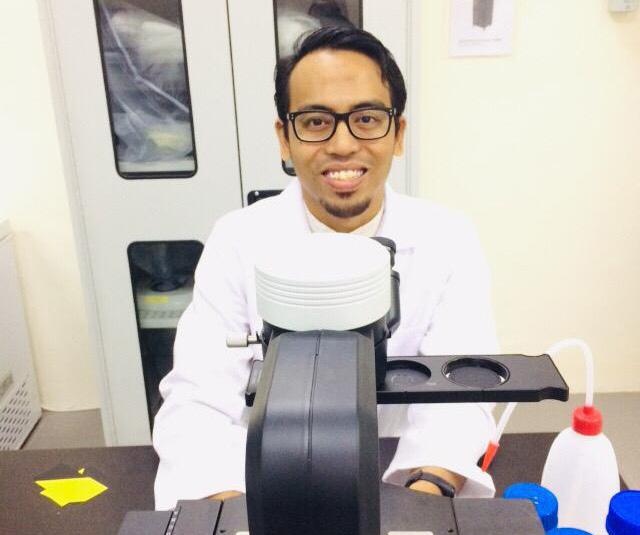
inducing maturation of mud crabs in captivity is 20 ppt water salinity,” he said.
As for the effect of reproductive hormones on inducing maturation stages and hormones levels of the mud crabs in captivity, Dr Amin Safwan found that administration of hormones did affect the maturation of the mud crabs, and all hormonetreated crabs managed to produce Stage 4 ovary faster than non-administered crabs. As for hormone levels, the EnzymeLinked Immunosorbent Assay (ELISA) analysis detected that the highest presence of the hormone was in the crabs’ digestive glands, followed by ovary, and hemolymph, blood-like fluid in invertebrates.
Based on the findings, Dr Amin Safwan concluded that the best technique to induce molting in aquacultured mud crabs is limb autotomy and manipulation of water condition, such as its salinity and temperature. “This technique is in fact commonly used in soft-shell crab production,” he said.
Papers reporting the study’s findings have been published in several international proceedings, such as proceedings of the International Fisheries Symposium (IFS) 2018, The 4th International Marine and Fisheries Symposium 2017, and IFS 2016. Moreover, four publications based on the study, consisting of three high-impact journal articles and a book, will soon be produced. There are also three high-impact journal articles currently under review.
Dr Amin Safwan’s research has provided findings useful for improving the mud crab culture technique and breeding technology, which will ensure that the supply of these delicious species will never run out. His effort will enable the mud crab lovers to continue being served the moist, sweet, and tastiest meat. This will surely keep them happy.
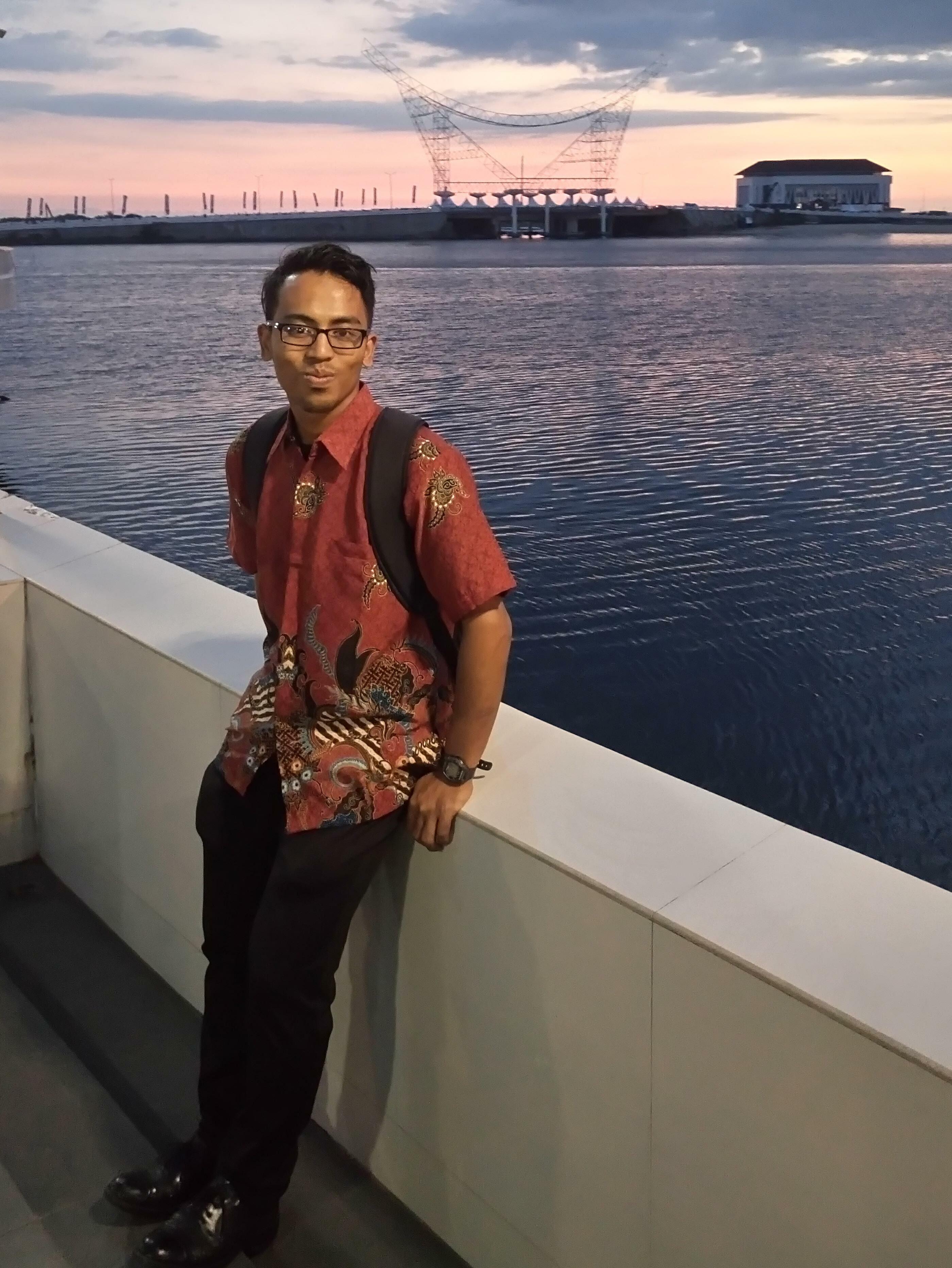
She has been living by one simple principle, and that is to give her best wherever she is. No wonder she was able to succeed everywhere life had taken her before she came to study at UMT.
When she was a PhD student at UMT’s Institute of Tropical Aquaculture and Fisheries (AKUATROP), once again she lived by the principle. And today she is qualified to put the title Dr. before her name.
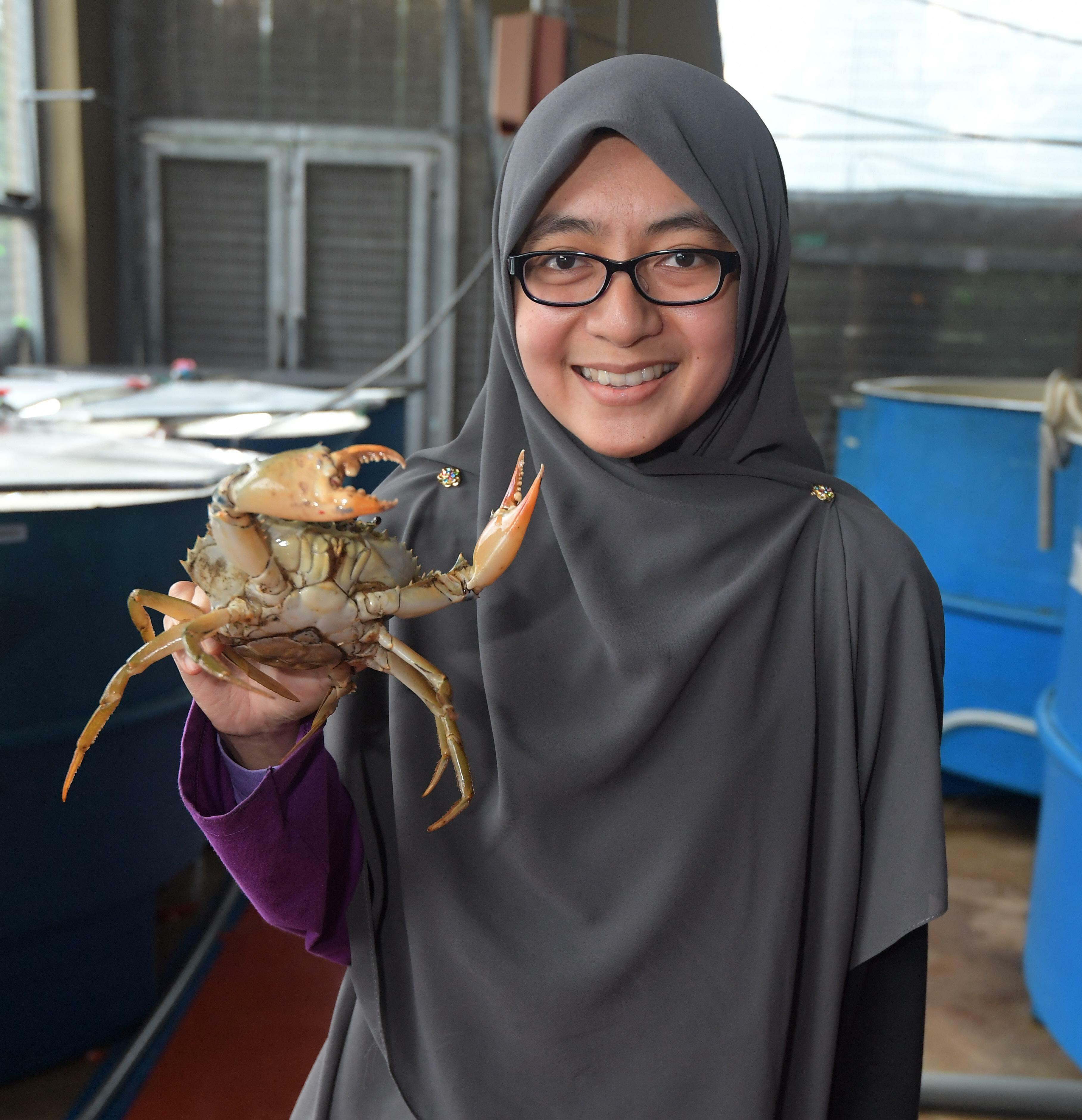
Judging from her achievements during her PhD study, Dr. Aaqillah Amr Mohd Amran can be considered one of the more outstanding students among her batch. Not only did she graduate on time (GoT), but she also managed to achieve a few other feats along the way.
“I felt so grateful I could finish my PhD study,” Dr. Aaaqillah said. “Pursuing a PhD had been my goal since I began my bachelor’s degree programme.”

Dr. Aaqillah’s early interest in aquaculture began with her late father. He was a project manager at a palm oil estate, but he was fond of growing a wide variety of crops, including fruits and flowers. Thus, Dr. Aaqillah was exposed to farming activities at a very young age. “This started my interest in becoming an aquafarmer,” she said.
Dr. Aaqillah had always had the desire to further her study to the highest level possible. When she voiced this to her father, he was very supportive of her ambition. “I remember him as a father who wanted the best education for his children,” she said. To fulfil her dream, Dr. Aaqillah first did her first degree in aquatic resource science and management at Universiti Malaysia Sarawak. In her second year, she was exposed to the subject of aquaculture, which made her interest in the field begin to develop even more. Her final year project was about the farming
of polychaetes, or marine worms, which are commonly used as sensitive monitors of water quality.
In 2015, a year after obtaining her first degree, Dr. Aaqillah continued her study at the master’s level at UMT, under the supervision of Professor Dr. Mhd Ikhwanuddin, a crustacean breeding expert, and Dr. Noordiyana Mat Noordin, a crustacean nutrition specialist. At this time, she developed an interest in aquaculture nutrition. Her study focused on the effect of feeding diets consisting of scadfish or squid on the ovarian maturation of the female orange mud crabs, scientifically known as Scylla olivacea.
After graduating in 2017, she immediately continued her study at the PhD level, also at UMT and under the same supervisors.
Dr. Aaqillah releasing crabs into the tank at AKUATROP Hatchery

As a PhD student, Dr. Aaqillah would be inching closer to achieving her dream.
At first, a few of her friends disputed her choice of having the same supervisors for her PhD study. “I was convinced I made the right decision,” Dr. Aaqillah said. “I felt that I still had a lot to learn from them.”
With guidance from her two supervisors, she set out on her PhD project, which was to understand crustacean nutrition and develop broodstock diets for female orange mud crabs. She tested for types of diets, fish offal (discarded organs), mangrove clams, black devil snails, and commercial shrimp feeds, to select the basal feed formulation. She discovered that mangrove clams could be used as the main ingredient because of their high lipid and protein levels as well as fatty acid content. To determine which lipid percentage would yield the best results, Dr. Aaaqillah carried out an investigation that involved feeding four formulated diets, each with a different lipid percentage, to four different groups of 30 mature female crabs for 90 days. She found that a lipid percentage of 12% led to the female mud crabs having bigger reproductive glands and bigger oocytes, or developing eggs.
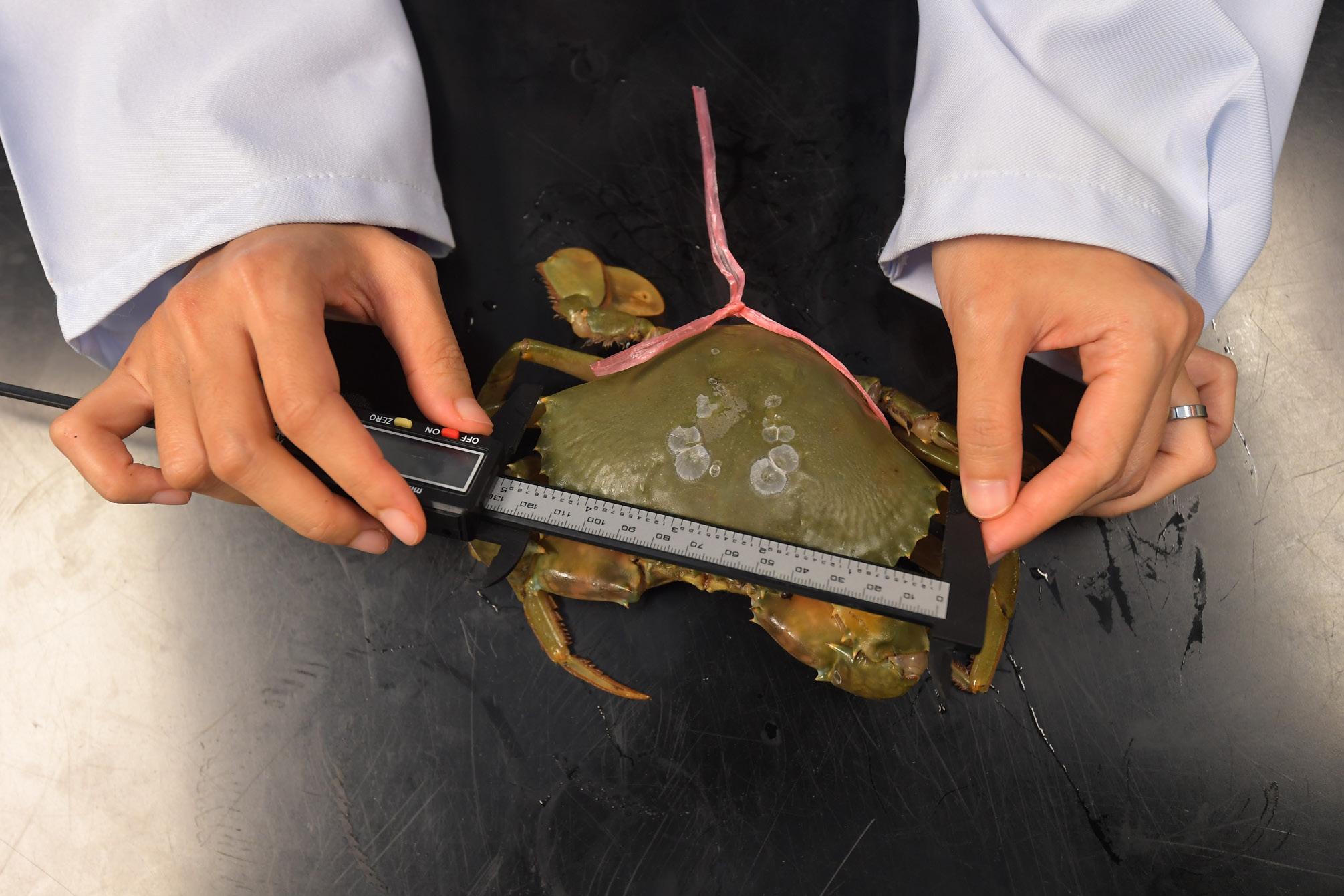
When she was in her eighth semester, the semester in which UMT expects PhD students to successfully complete their studies, Dr. Aaqillah had met all the graduation requirements and was able to graduate on time (GoT).
Dr. Aaqillah described her PhD journey as an enjoyable experience. At AKUATROP, she had the opportunity to be in close association with many of its staff and to make new friends. Dr. Aaqillah said that she and her supervisors had a good relationship. She had learned a lot about their personalities during her master’s study, so she knew what to expect from them and what was expected of her.
“Professor Ikhwan was my most incredible mentor, who was always willing to share his extensive knowledge on culture and handling of mud crabs, always making himself available, and always ready to give advice despite his busy schedule as AKUATROP’s director,” she said. “I am also grateful to have Dr Noordiyana as my co-supervisor, for she provided me research guidance and gave me different insights into nutrition, and most importantly, was like a big sister to me.”
For PhD candidates to graduate from UMT, they must publish at least two journal articles. But Dr. Aaqillah was able to publish ten of them, as first and co-authors. Five of the articles have been accepted in Quartile 1 and Quartile 2 journals in Web of Science, including Animals, Animal Feed Science and Technology, and Reviews in Aquaculture.
She said that this was a big accomplishment. “It reflected that my PhD study overall and my findings specifically are good,” she said. “With the publications being easily accessed, I believe that my study will contribute to the community.”
Dr. Aaqillah has also filed a copyright, with the registered IP (LY2018006514), on the formulation of diets for crabs that she and her other team members have created. The team worked on the formulation during a project funded by the Niche Research Grant Scheme (NRGS).
Dr. Aaqillah was aware that there have not been any commercial pelleted diets being made available for mud crabs. This is because the harsh nature of the crabs will cause the pelleted diets to disintegrate at the moment of handling. Therefore, she and her team took the initiative to formulate much improved diets. They first tested various percentages of binder to ensure that the pellets will not disintegrate upon handling. Then they tested various types of animal protein as well as other feed additives. Because their formulation succeeded, Dr. Aaqillah and her team decided to file a copyright, so as to protect their work.
In 2019, at the recommendation of friends and some of the staff at AKUATROP, Dr. Aaqillah entered UMT’s Three Minute Thesis (3MT) competition. Her presentation titled “Master Chef: A cooking saviour our crabs need” landed her third place, which qualified her to compete at the national level. “Honestly, it was a bit difficult to explain my work to someone not knowledgeable in my field, especially when it came to explaining the jargons,” she said. “But I tried my best to use language that was closer to the public.”
Dr. Aaqilah said she enjoyed taking part in the competition and some positive things came out of it. During the event, she did not expect to win at all. “I joined just to gain some experience,” she said. She was thankful for the experience, as she learned to overcome her stage fright. In addition, she was able to create a new network of friends from different programmes of study and universities.
Dr. Aaqilah did participate at the national level, but unfortunately, she did not go far. “There were so many competitions in this event,” she said.
Living by her principle has helped Dr. Aaqillah successfully complete her PhD study and achieve a few other feats as well, making her one of the more outstanding students among her cohorts.
Wherever she goes next, she will most likely succeed as usual. Her principle that has helped her succeed everywhere she has gone thus far will continue to motivate her time and again in the future. That one principle is quite simple, which is to give her best wherever she is.

The date 22 November 2021 is a meaningful date in UMT’s book for one reason. On that date, the Malaysia Launch of the Lancet Countdown 2021 Report took place, and UMT was heavily involved in the event.
What made the event special to UMT was that the university was given the honour of hosting it for the second time, following the successful hosting last year.
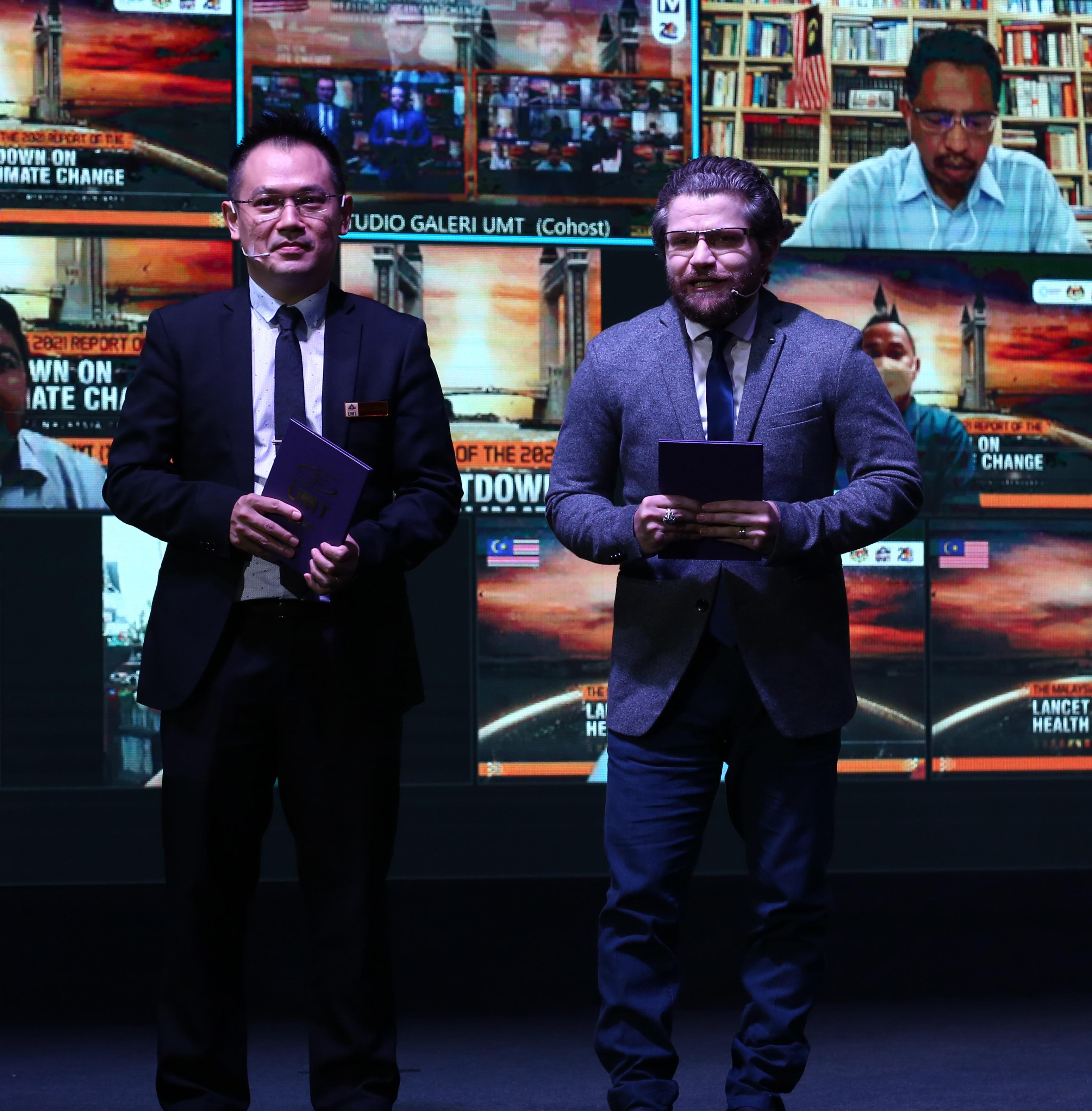
And UMT has Associate Professor Dr Meisam Tabatabaei to thank.
Dr Tabatabaei has been with the Lancet Countdown since 2016, and he has co-authored five Lancet reports to date. Dr Tabatabaei has been leading the Marine Food Security and Undernutrition indicator, working closely with scientists in Iran and the USA.
Dr Tabatabaei joined the Institute of Tropical Aquaculture and Fisheries (AKUATROP), a Higher Institution Centre of Excellence (HICoE) at UMT, in 2020. His joining subsequently led to UMT’s partnership with the Lancet Countdown.
The “Lancet Countdown: Tracking Progress on Health and Climate Change” project was launched in 2015. Now, the Lancet Countdown is an international collaboration of over 120 leading experts from 43 academic institutions and UN agencies across the globe, including the World Health Organization (WHO) and the World Bank.
Bringing together climate scientists, engineers, energy specialists, economists, political scientists, public health professionals, and doctors, the Lancet Countdown is committed to constantly monitoring the impacts of climate change on public health.
With the strong aspiration that the response to climate change brings immense benefits for human health, with cleaner air, healthier diets, and more liveable cities, the Lancet Countdown aims to contribute to this transition from threat to opportunity. The Lancet Countdown comprises five thematic working groups, including climate change impacts, exposures, and vulnerability; adaptation planning and resilience for health; mitigation actions and health co-benefits; economics and finance; and public and political engagement.
The Lancet Countdown collaboration is funded by the Wellcome Trust, a charitable foundation focused on health research based in London, in the United Kingdom. The foundation funds research everywhere to improve human and animal health.
Higher Education Minister Datuk Seri Dr. Noraini Ahmad giving her officiating speech
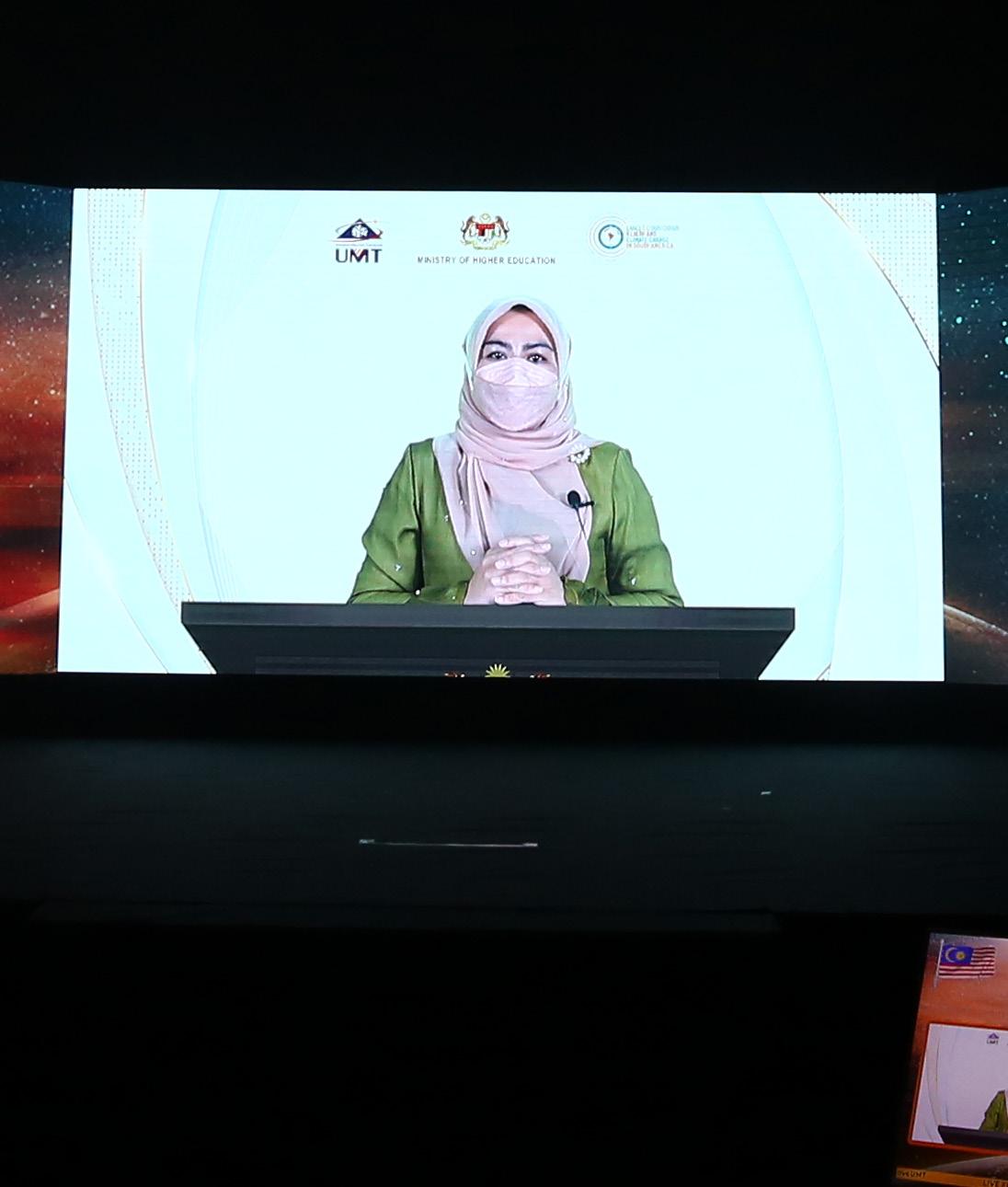
UMT Vice Chancellor Professor Dato’ Dr. Mazlan Abd Ghaffar giving his keynote speech
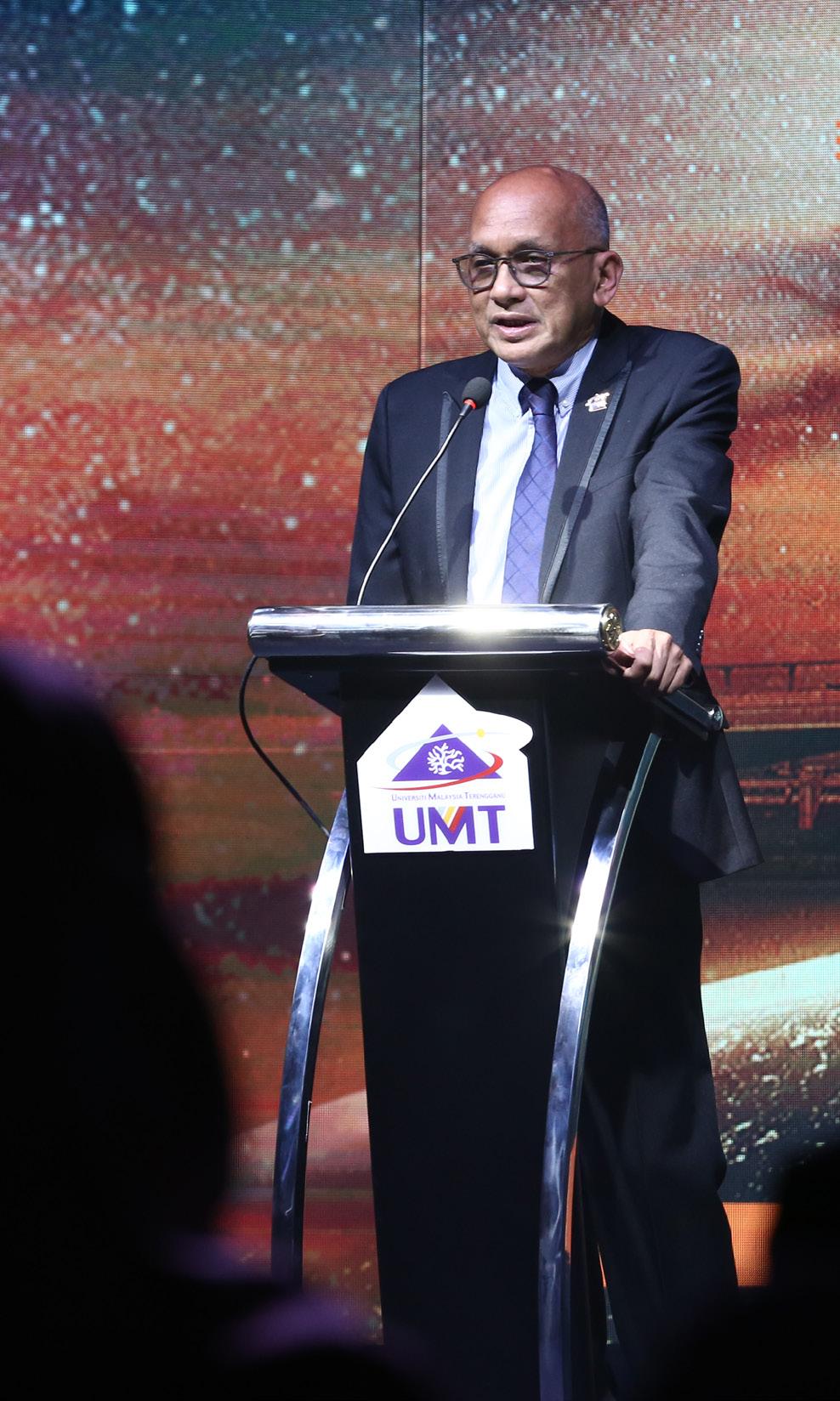

The Lancet report provides a global monitoring system, tracking how climate change affects public health using 44 indicators. The UN Secretary-General in his remarks during the High-Level Meeting on Delivering Climate Action said, “The climate crisis is a code red for humanity and will be the defining narrative of human health in the years to come.” (https://www.un.org/sg/en/ node/260330).
The Lancet Countdown 2021 Report was launched globally on 21 October 2021. Among the speakers of the Global Launch were the Director-General of the World Health Organization (WHO), Dr Tedros Adhanom Ghebreyesus, and the Former Prime Minister of New Zealand, Helen Clark.
The global Launch of the Lancet Countdown 2021 Report was covered by major media including CNN.
In addition to the global launch, there were twenty-five regional launch events (https://www.lancetcountdown.org/regionallaunch-events-for-the-2021-report/), including the Malaysia Launch, which UMT was given the honour of hosting.
Each year, the Lancet Countdown’s findings are published in the medical journal The Lancet ahead of the UN climate change negotiations. Founded in 1823, The Lancet (2020 Impact Factor: 79.321) is among the world’s oldest and most prestigious
medical journals globally and arguably the most influential journals in the field of public health globally.
The Malaysia Launch of the Lancet Countdown 2021 Report was officiated by the Ministry of Higher Education of Malaysia Datuk Seri Dr Noraini Ahmad. Dr Tabatabaei co-hosted the event with Professor Dr Lam Su Shiung, his colleague at AKUATROP.
Among the keynote speakers were Professor Dr. Mazlan Abd Ghaffar, UMT Vice Chancellor, Dato’ Seri Ir. Dr. Zaini Bin Ujang, Secretary General, Ministry of Environment and Water Malaysia, Professor Dr. Elizabeth Robinson, Board Member of The Lancet Countdown and Director of the Grantham Research Institute on Climate Change and the Environment at the London School of Economics and Political Science, and Mark Stevenson, Author and Advisor to the UK’s Ministry of Defence on peace, security and climate change.
UMT aspires to play a vital role at the national and regional levels in contributing to the attainment of the United Nations’ Sustainable Development Goals, in particular food security and future food. The collaboration with the Lancet Countdown provides a golden opportunity for UMT to further accelerate the efforts to achieve the aspiration.
A group of children performing during the event


Terengganu’s Songket, intricately patterned, hand-woven fabric, isconsidered the best in the country
The fabric is more expensive than the other types. Depending on the quality, it may be fifty times more expensive. The fabric also requires great care to keep it looking pristine. The safest way is to dry clean it. When the only option available is to wash the fabric, do it by hand, never wring the fabric, or soak too long, or dry under the sun.
Despite the high price and strict cleaning instructions, the fabric, known as Songket, is always in high demand among the locals and tourists alike.
Terengganu’s Songket, made using centuries-old art of textile weaving, has always been known for its fine craftsmanship and is considered the best in the country.
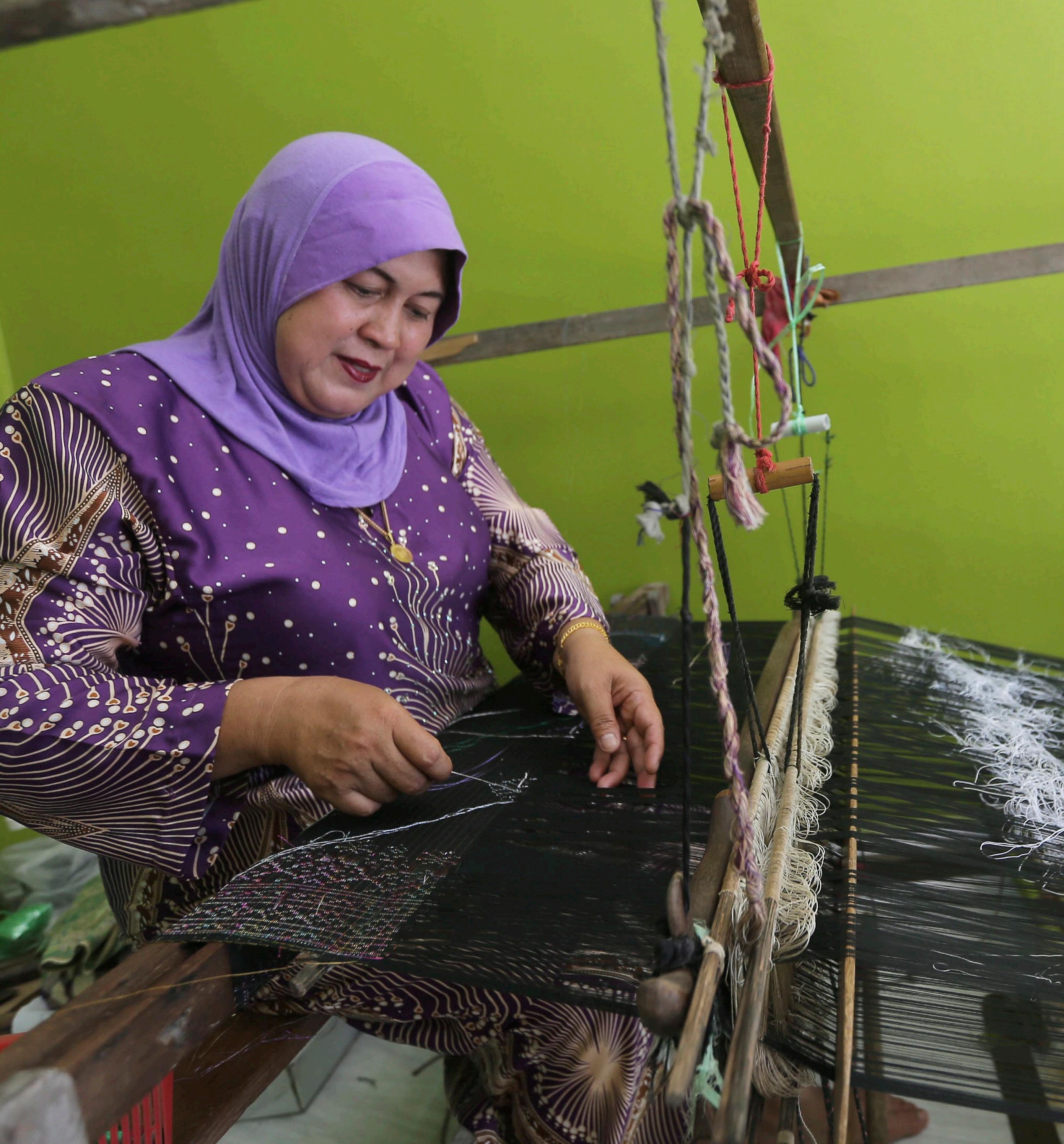
Songket is a type of brocade, a patterned, woven fabric. But Songket is uniquely different in that it is woven by hand. Its base is normally created using cotton or silk threads, and the patterns are created using gold or silver threads. The base colour is typically one of the earth tones, such as dark red, maroon, purple, or green. Yellow is never used, as it is considered the colour exclusive to royalty. Beautiful patterns created from gold or silver threads stand out against the background cloth, seeming to float, thus creating a shimmering effect. The patterns include chained bay, horizontal stripes, vertical stripes, zigzag, chessboard, scattered, or triangles. The motifs repeatedly created to form the patterns are inspired by flora and fauna and also geometrical shapes.
Songket was once exclusive to royalty because of its unique material and complicated weaving method. In the early kingdom age, Songket was traditionally worn as apparel by the royal families of the Terengganu Sultanate. However, today, it is worn by many men and women, especially during ceremonial occasions, whether as a sarong, skirt-like length of fabric often wrapped around the waist; shoulder cloths; or tanjak, a type of headgear for men.
There have been several explanations as to how the name Songket originated. It has been said that the term was derived from the Malay word sungkit, which means “to hook”, the action referring to the process in Songket making, where a group of threads are picked and hooked together, and gold or silver threads are then slipped in. It has also been theorized that the word originated from two terms, tusuk (prick) and cukit (pick), which when combined became sukit, and later ended up as Songket. And lastly, it has also been suggested that the word Songket has its root in songka, a cap popular in Palembang, Indonesia, claimed to be the first ever woven with gold threads.
Just as there have been variations to the origin of the name Songket, there have also been variations to the origin of the Songket weaving technique that has been used by Songket weavers in the East Coast region of Malaysia. According to Songket weavers in Kelantan, the weaving technique first came from the north, somewhere between the Cambodia and Thailand region, before it made its way into Kelantan and Terengganu in the early 16th century. However, Terengganu Songket weavers believe that the technique originated from India and was brought to Palembang between the 7th and 11th centuries during the time of Srivijaya. In either theory, most likely the weaving technique was brought to Malaysia through intermarriages between royal families of different kingdoms, a common practice in the 15th century for maintaining the strategic alliance.
Today, Songket is worn by many men and women during ceremonial occasions.

Songket is also popular among foreign tourists

To weave Songket, certain specific equipment and materials are needed. The equipment is divided into two types, the main and supporting equipment. The main weaving equipment is the frame, or loom, made from wood or bamboo. The supporting equipment includes a thread stretching tool, motif making tool, thread inserting tool, and thread picking tool. The materials needed are cotton or silk threads for the base, and gold or silver threads for the decoration.
Songket weaving is done in two stages. The first stage involves weaving the basic cloth, while the second stage involves
weaving the decorative motifs by inserting the gold or silver threads into the basic cloth. The weaving process starts with creating the warp, the set of lengthwise or longitudinal threads that are stretched in place on the frame. Next, the weft, the set of transverse or latitudinal threads, is inserted through the warp using the thread inserting tool. To create the decorative motifs on the cloth, gold or silver threads are inserted into the cloth, a method known as the inlay weaving system. As the process is done by hand, it may take around 6 weeks to complete a Songket between 20 and 40 metres long.
Songket is commonly produced by small enterprises, and most likely the owners are experienced Songket weavers themselves. There are more than 80 weavers in several areas including Kampung Gong Tok Nasek, Pasir Panjang, Tebakang, and Losong who are actively making Songket and earning lucrative incomes. What is impressive about skilled weavers is that they never draw the motifs on paper first before transferring them to the fabric, but these motifs are woven during the process as they are born out of the high and unique creativity and imagination of these experienced weavers.
In Terengganu, Songket can be purchased at several places. Many Songket boutiques, such as Manang Songket, Bibah Songket, and Atikah Songket have created a name for themselves not only in the state but across the country for selling high-quality Songket. The fine fabric can also be purchased at the Pasar Besar Kedai Payang, or the Central Market, located in the heart of the city of Kuala Terengganu.
Understandably, this queen of cloth is not cheap. Depending on its grade, which is determined by the intricate weft and patterns, a piece of Songket may be priced between RM100 and RM10,000. In certain cases, it can be as high as RM80,000. Because of its high price, Songket is customarily handed down to family members as heirlooms.
Songket can be purchased at many of the shops inside Pasar Besar Kedai Payang, Terengganu’s central market located in the heart of Kuala Terengganu.
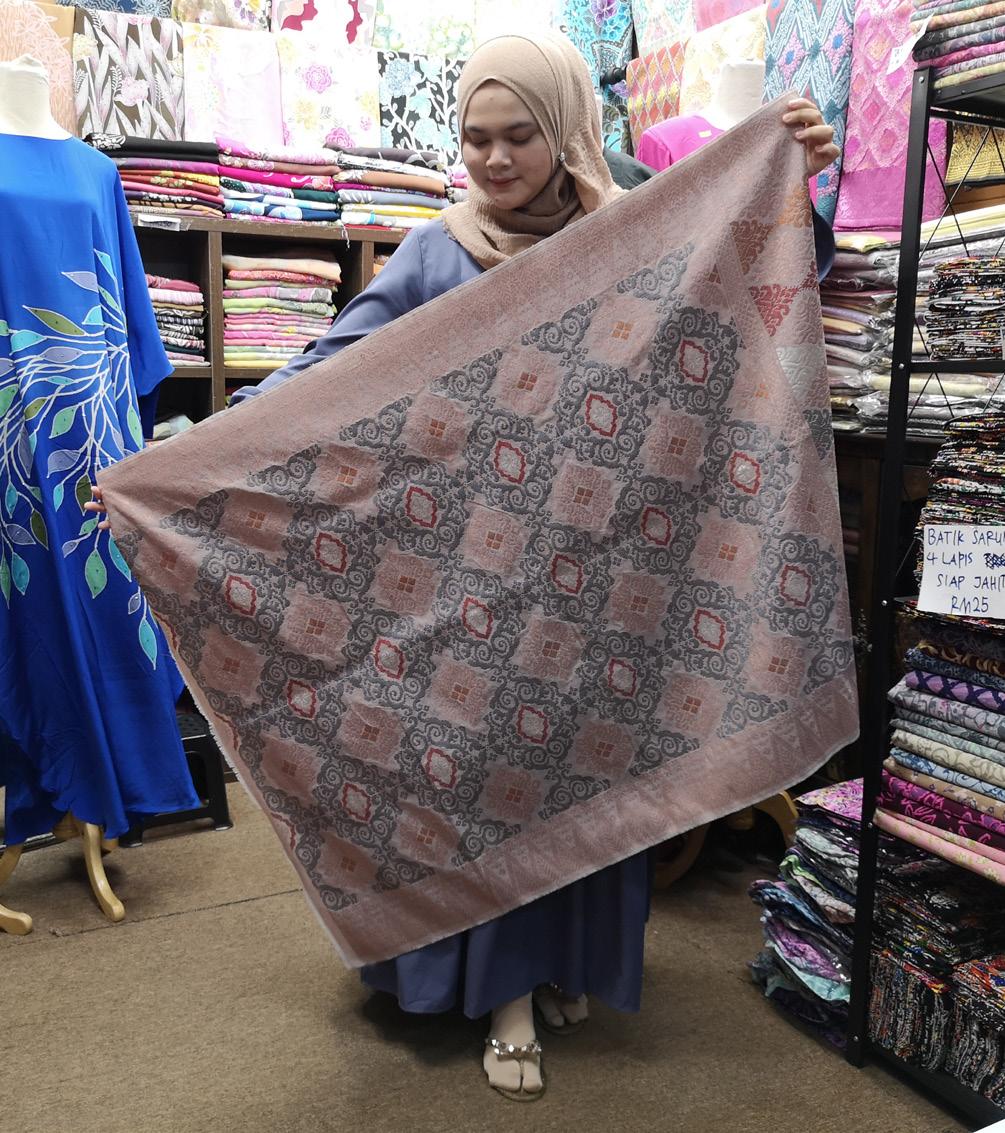

In March 2020, the Ministry of Tourism, Arts, and Culture submitted a document to the UNESCO (United Nations Educational, Scientific, and Cultural Organisation) Secretariat nominating Songket to be included under the UNESCO List of Intangible Cultural Heritage of Humanity. Songket made history when it was approved to be listed following the 16th Session of the Intergovernmental Committee for the Safeguarding of Intangible Cultural Heritage.
Those who value fine craftsmanship will surely fall in love with Terengganu’s Songket and agree it is of the highest quality.
To them, paying a premium for this intricately patterned, handwoven fabric and adhering to the strict cleaning instructions to keep it looking immaculate are worth it.
